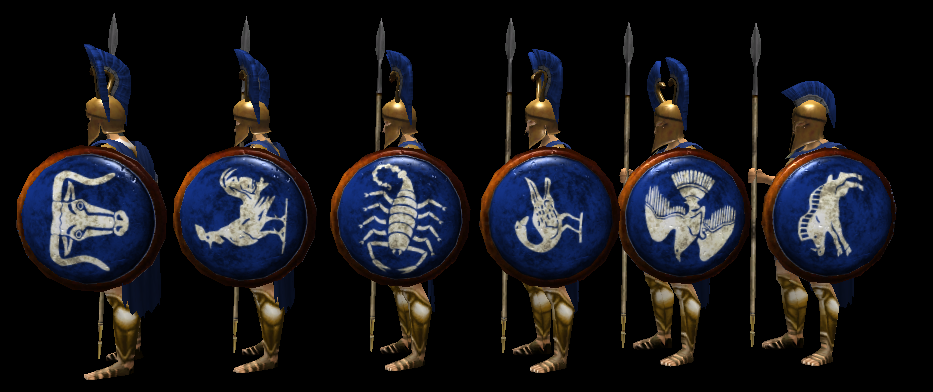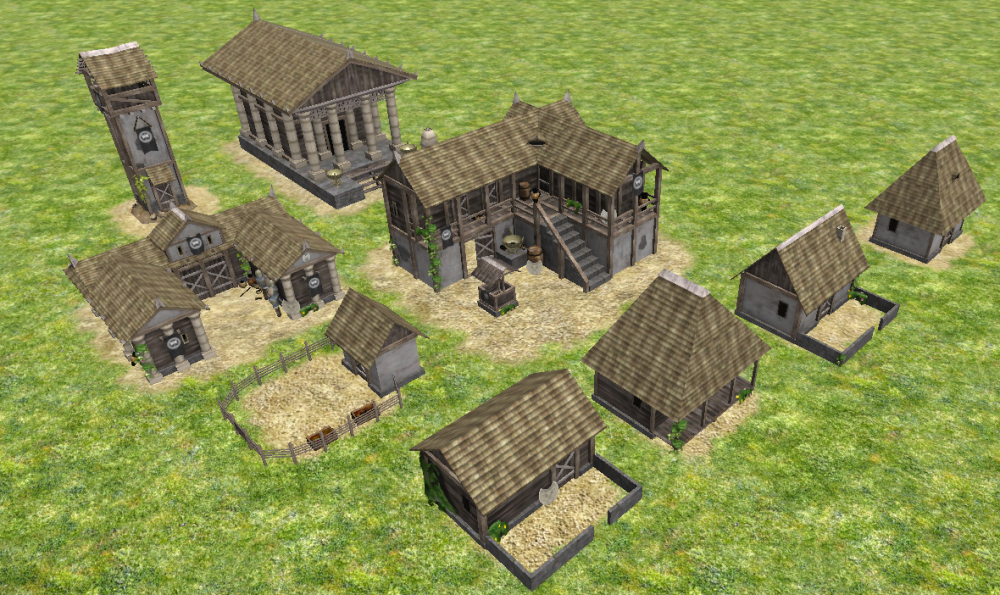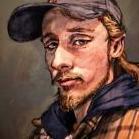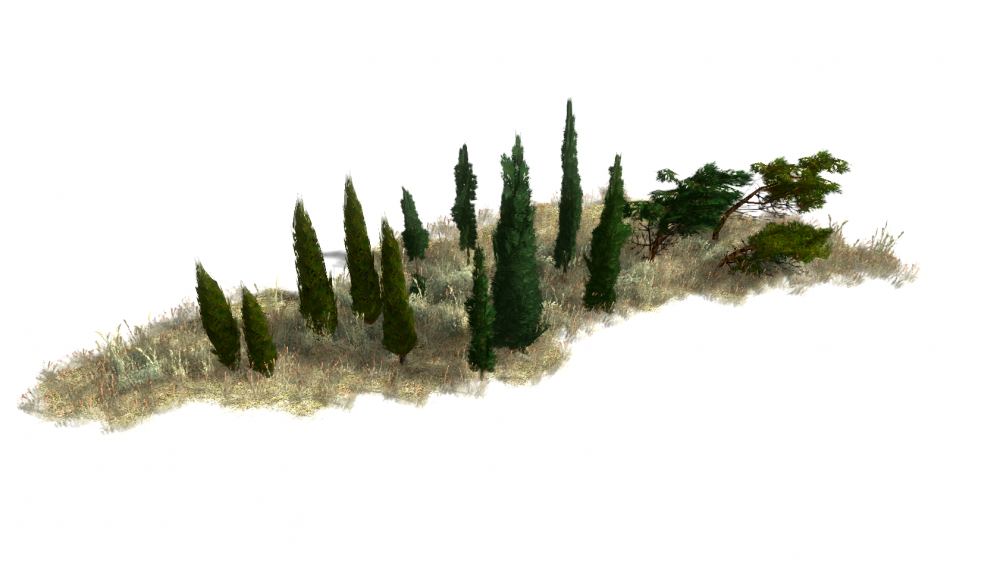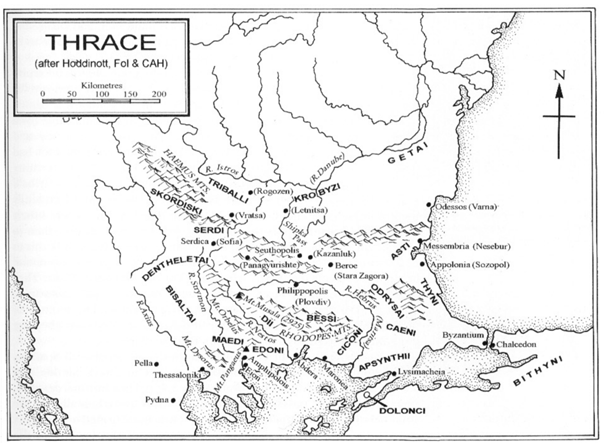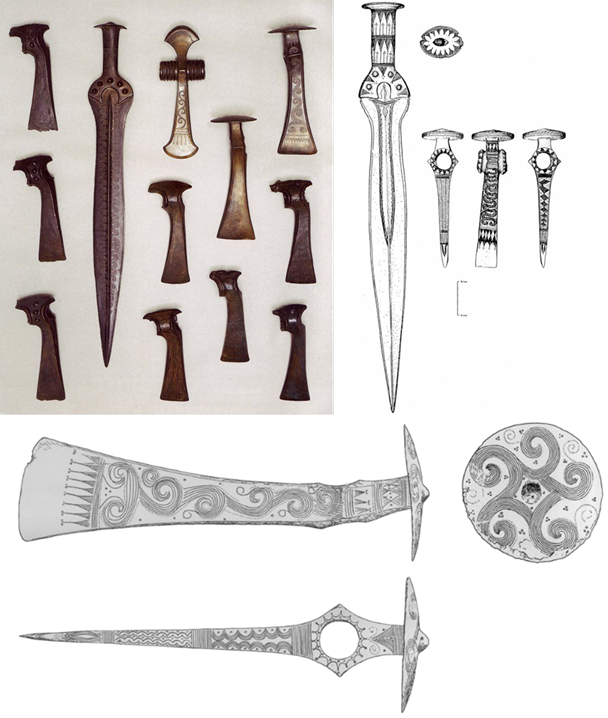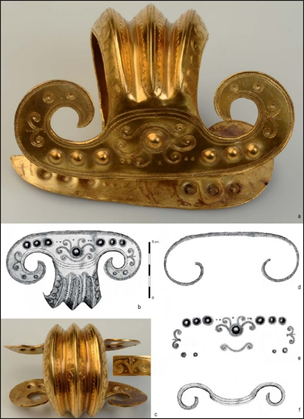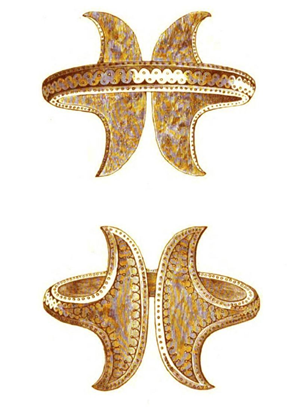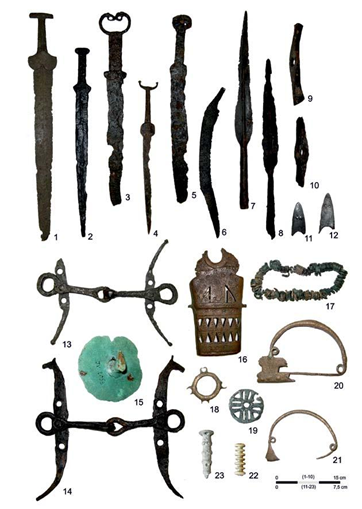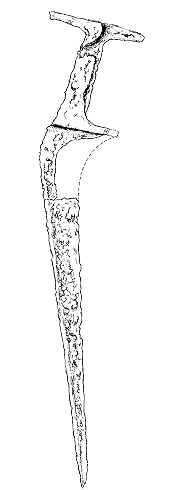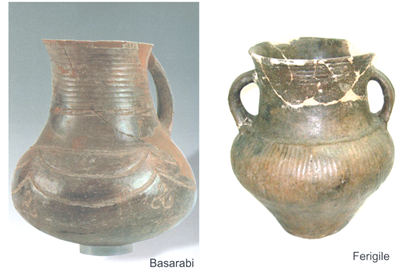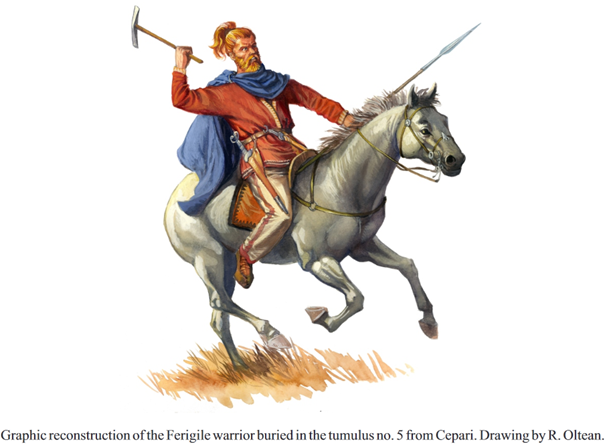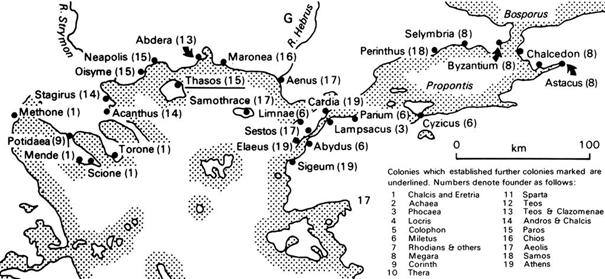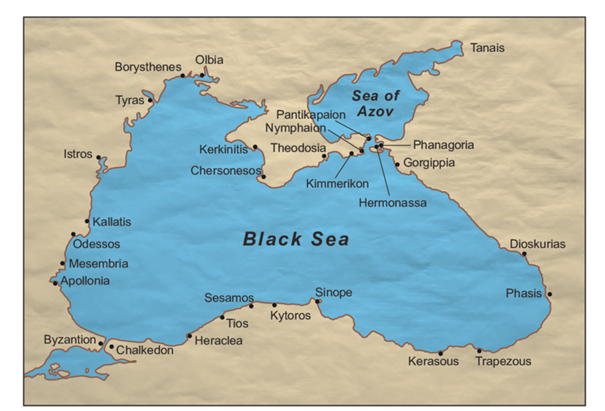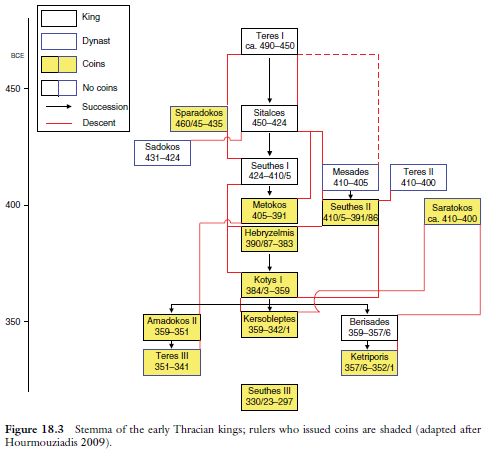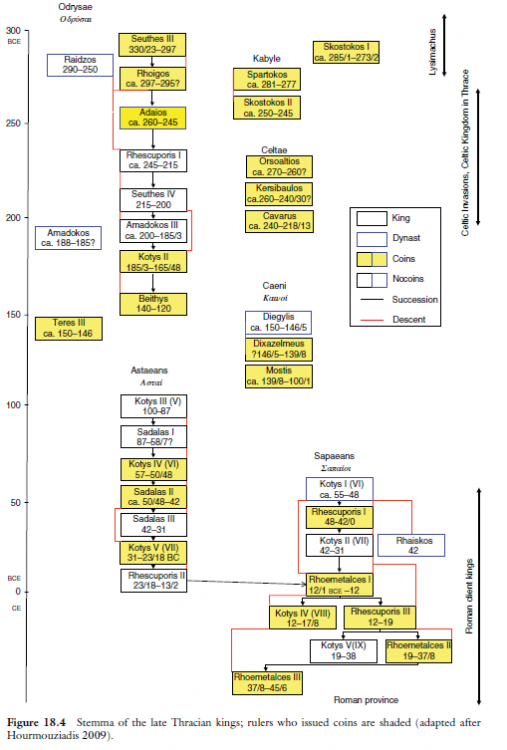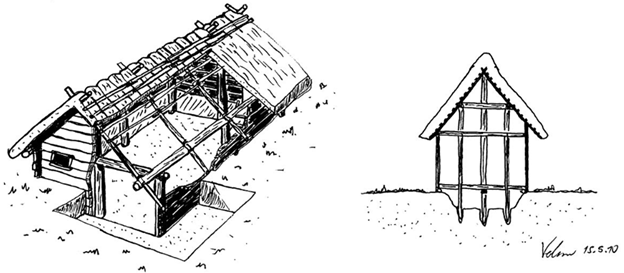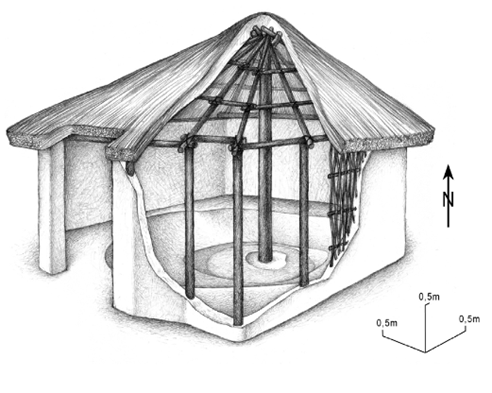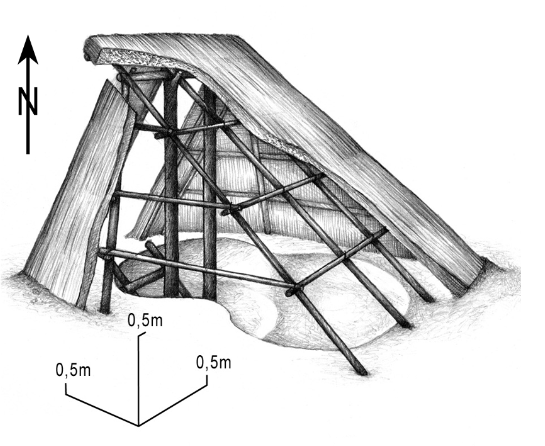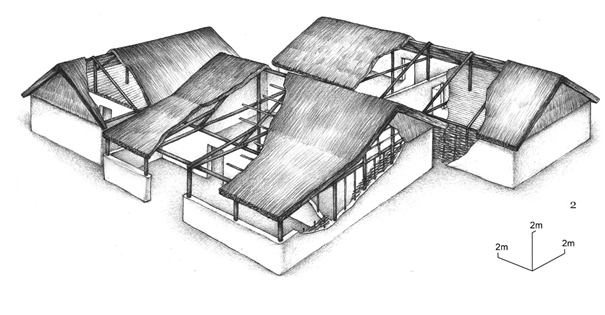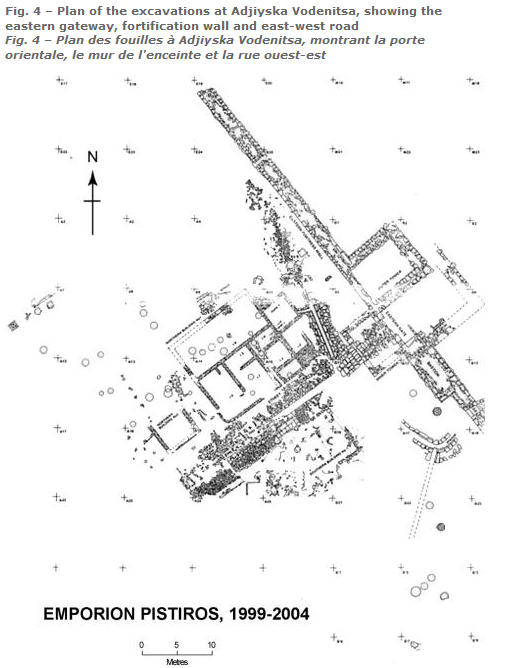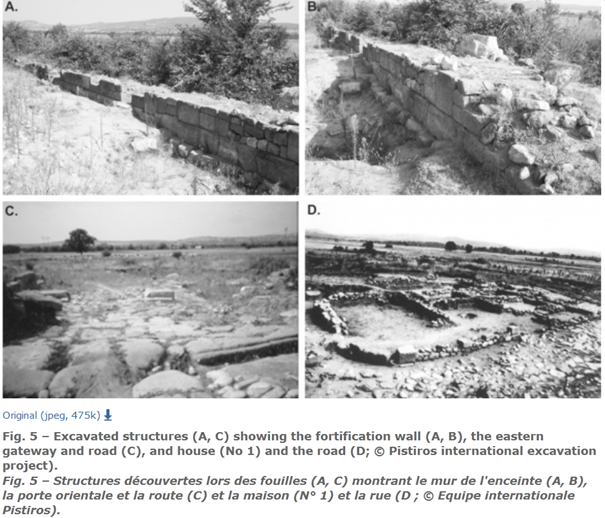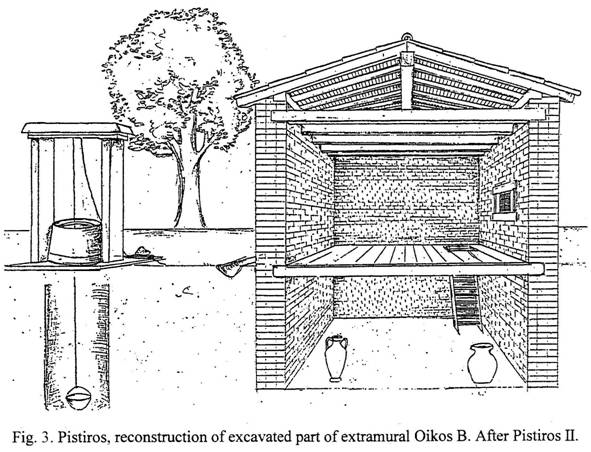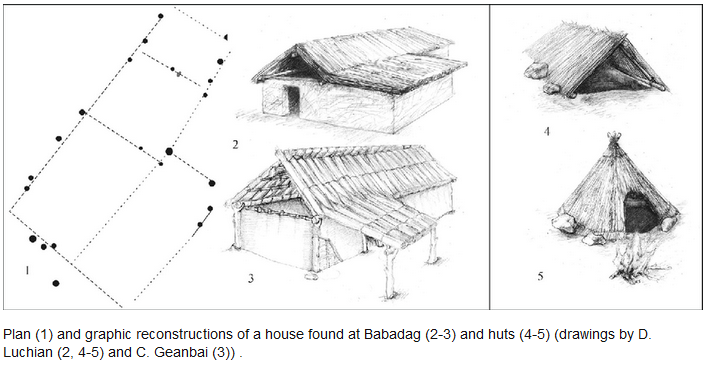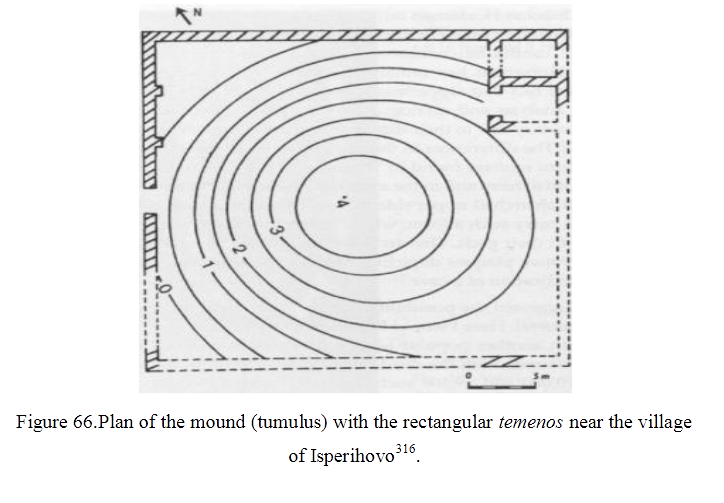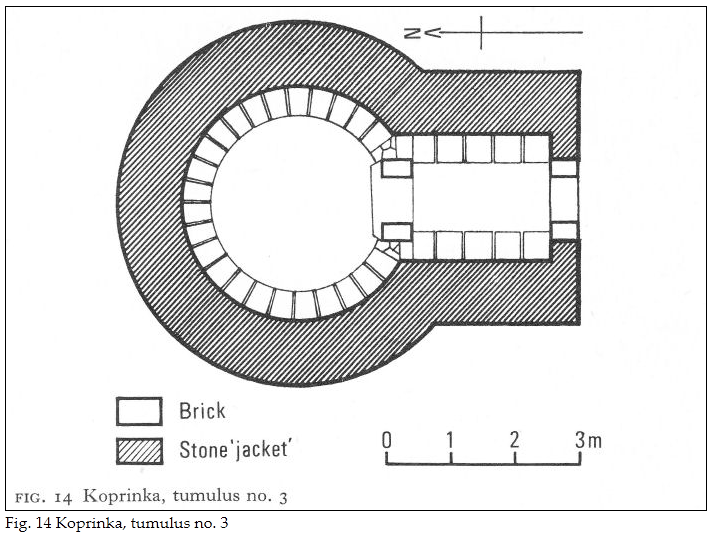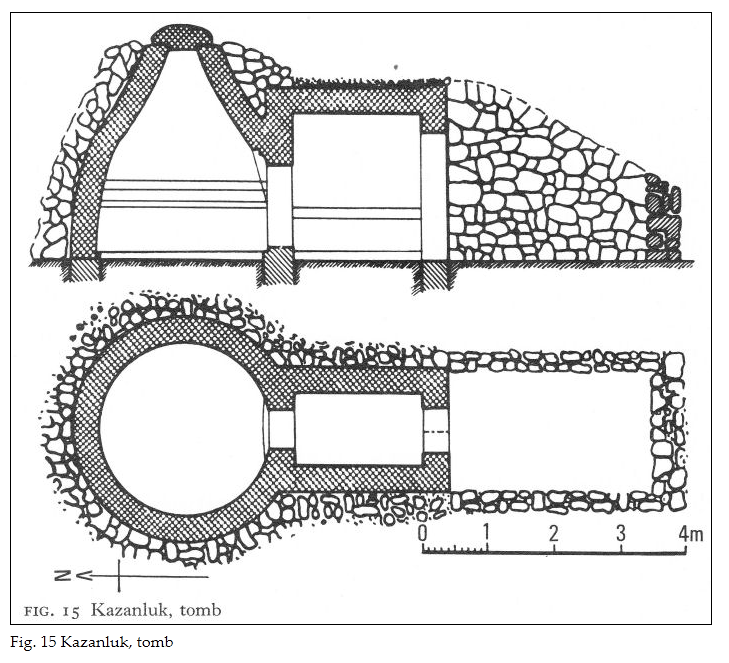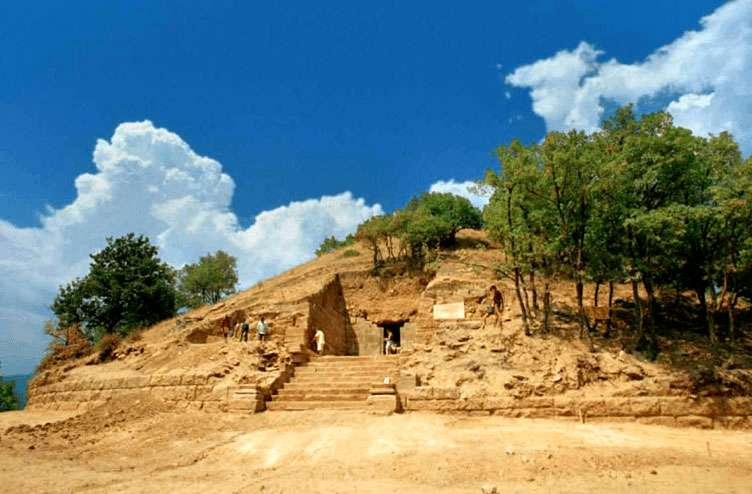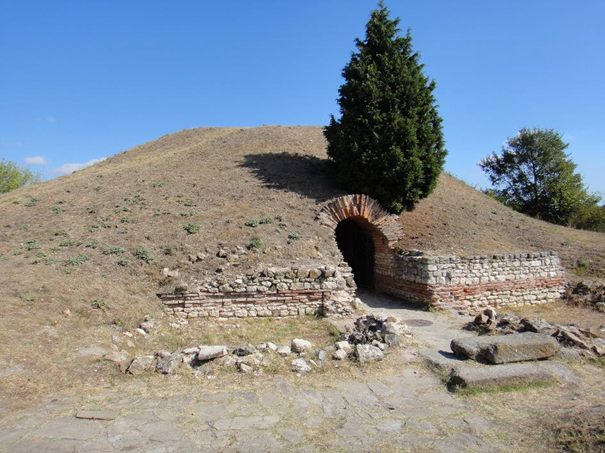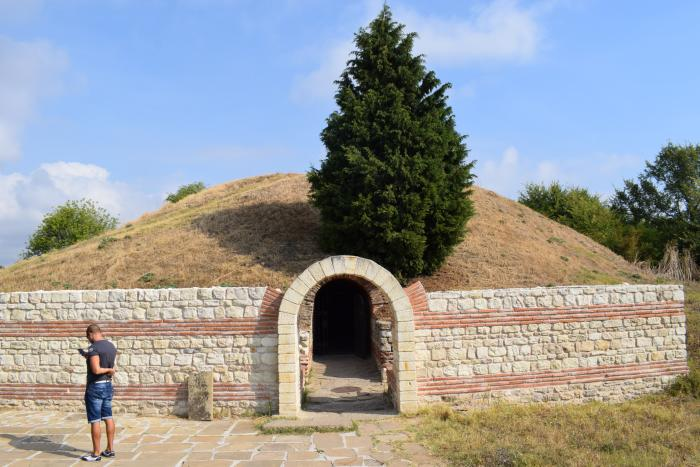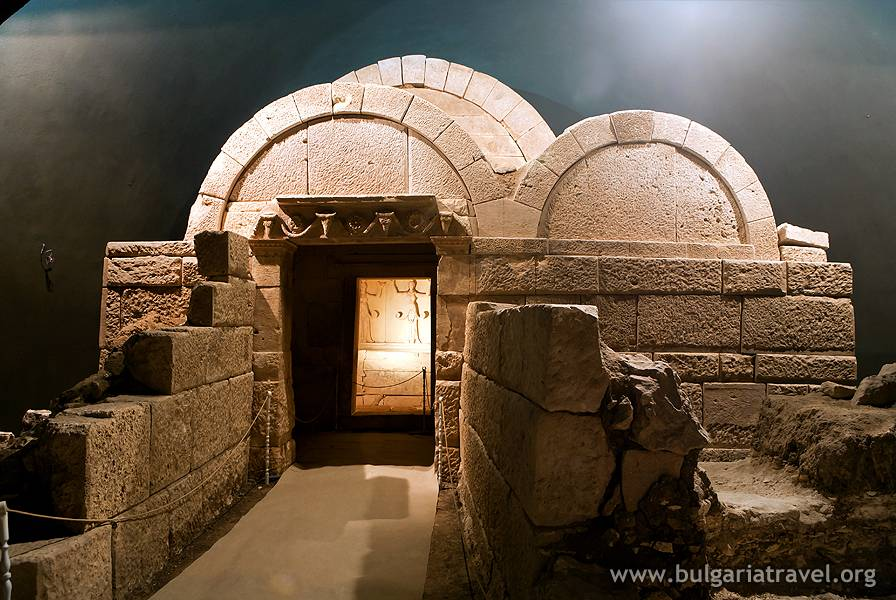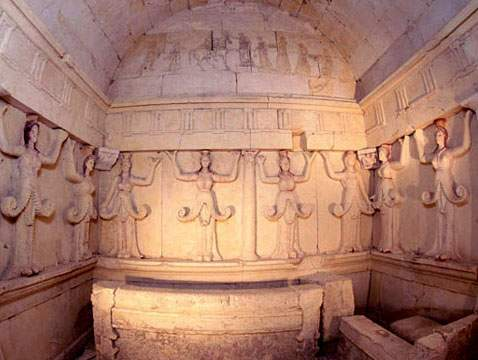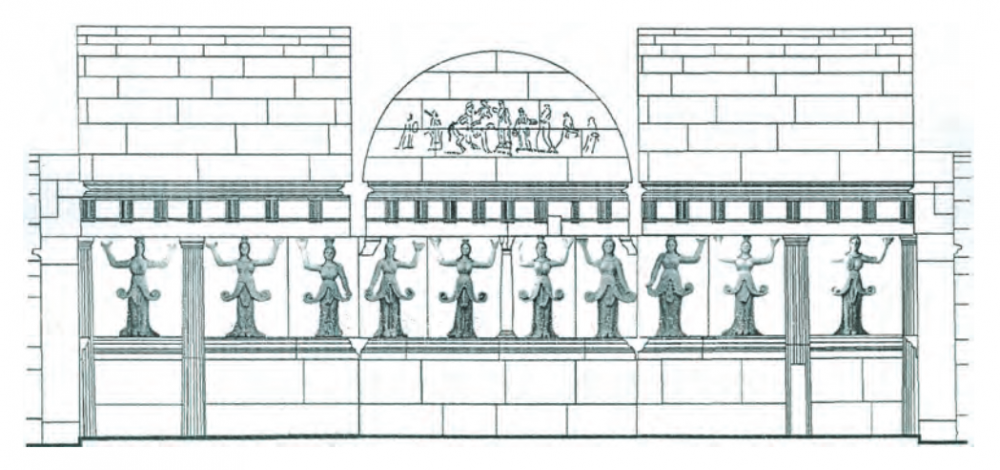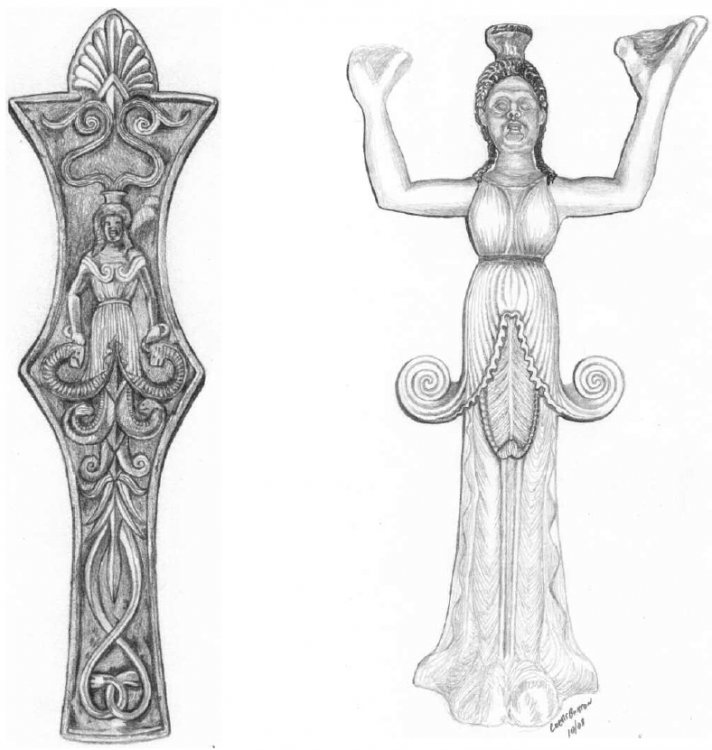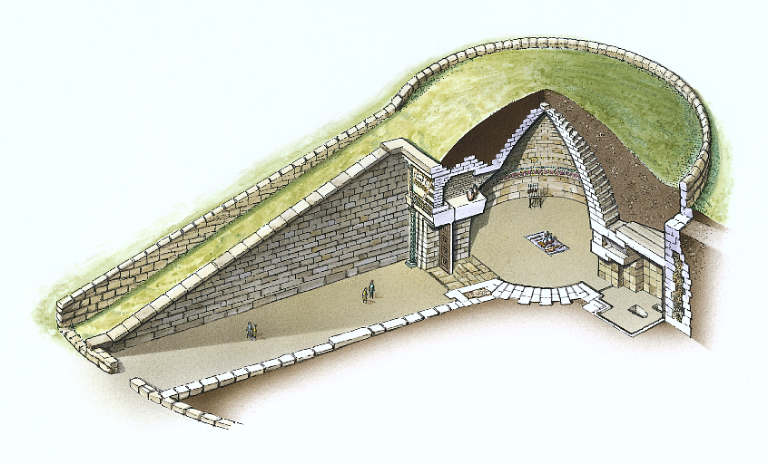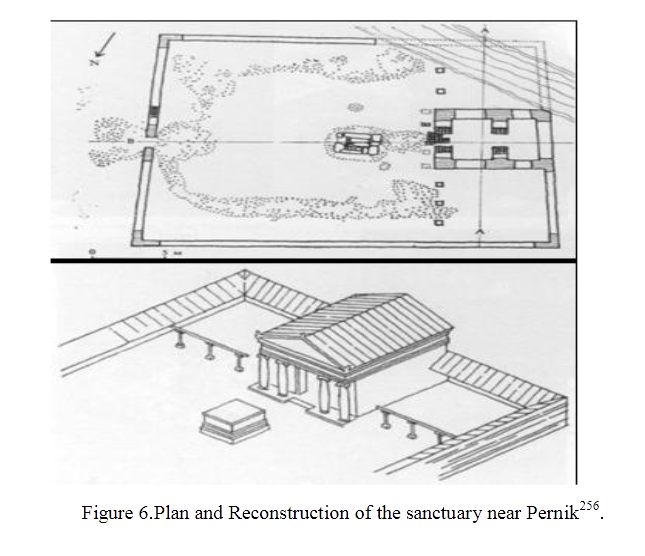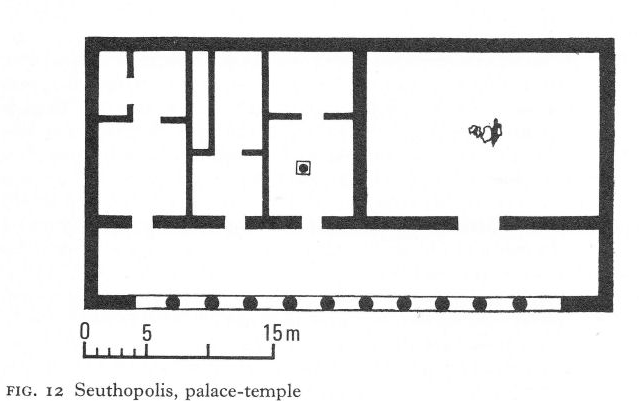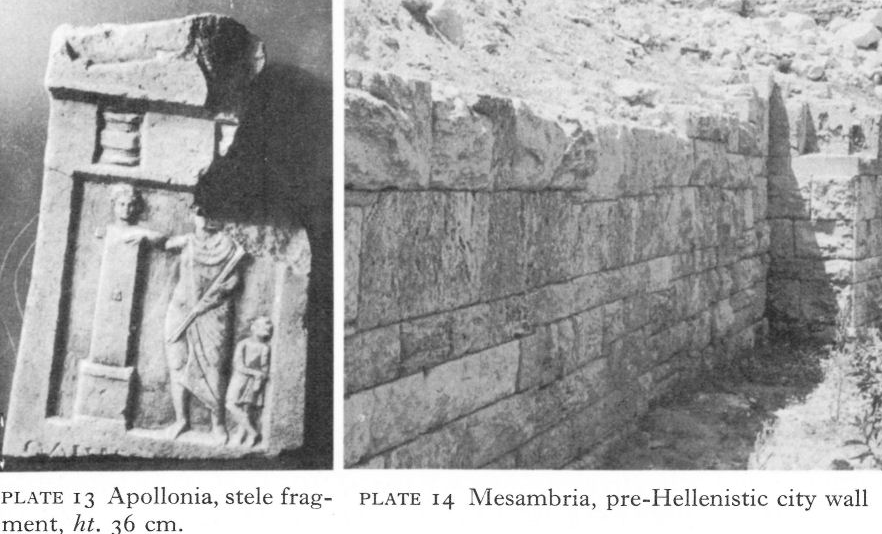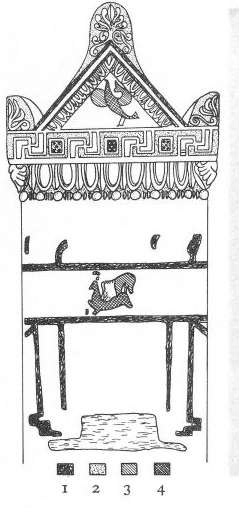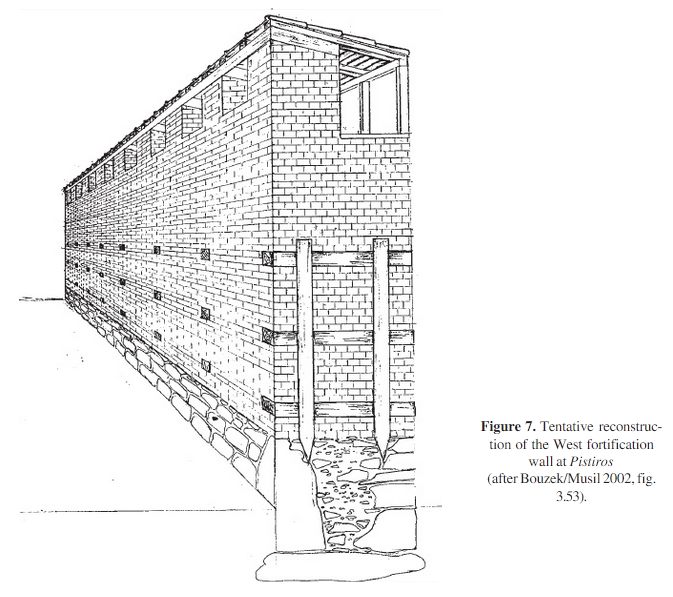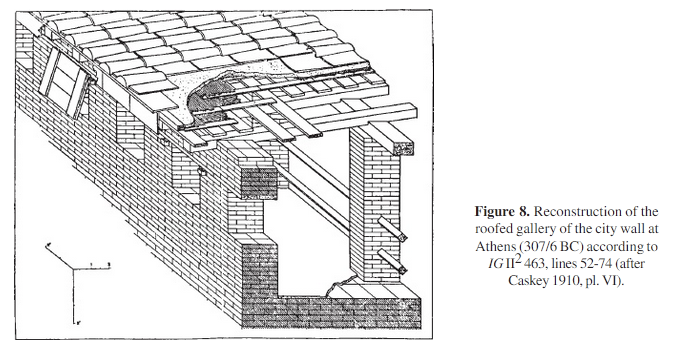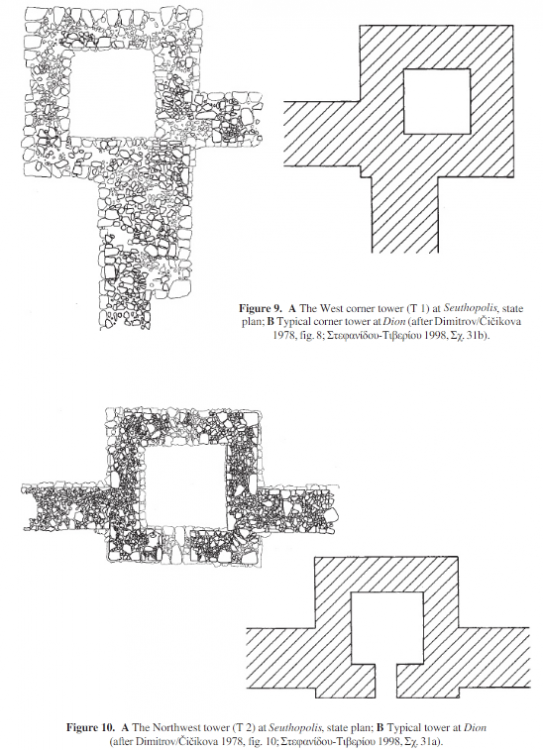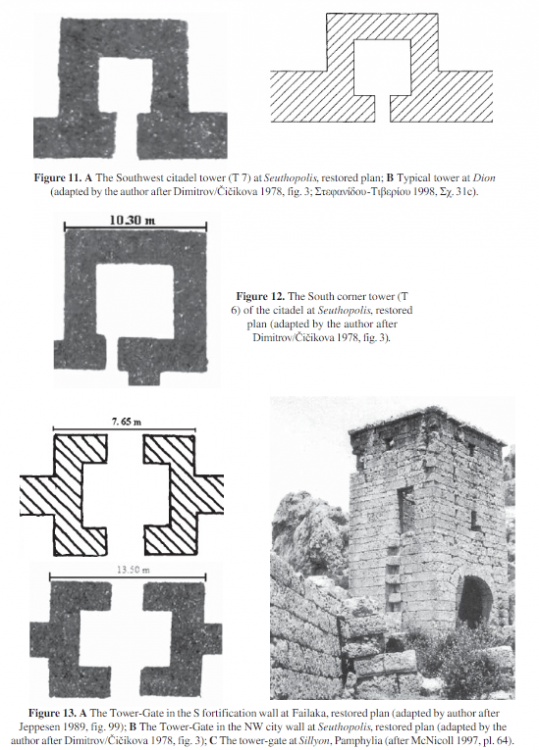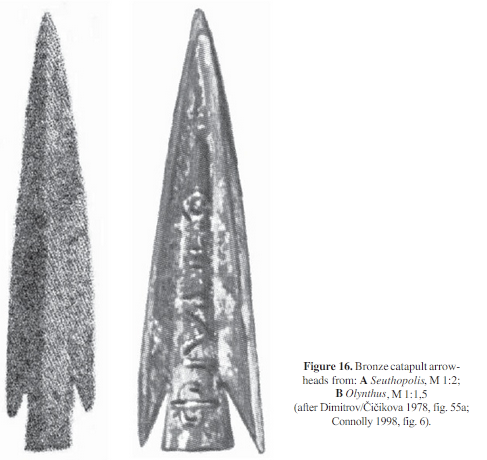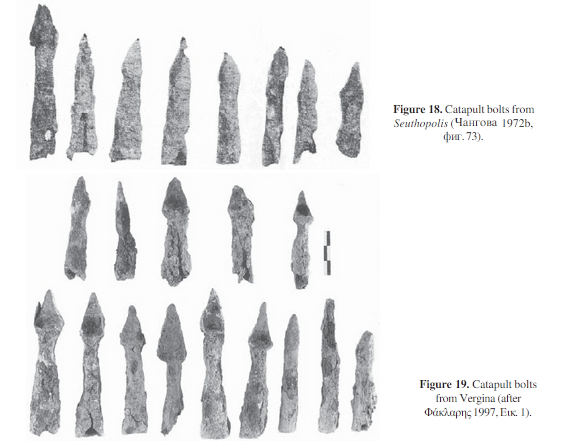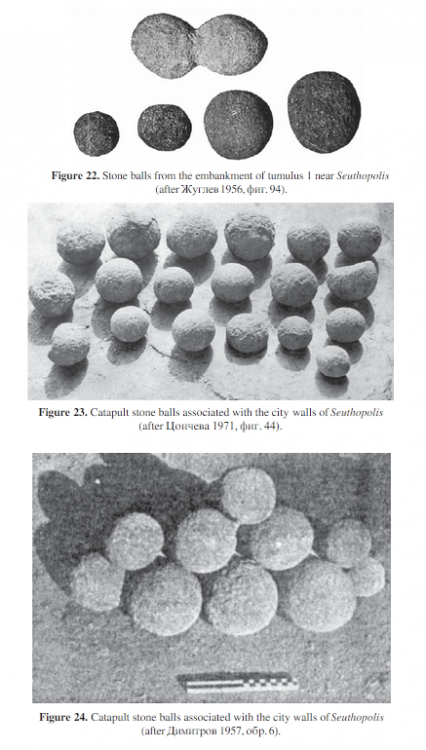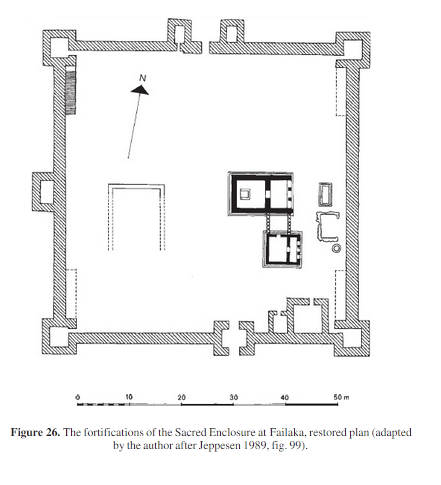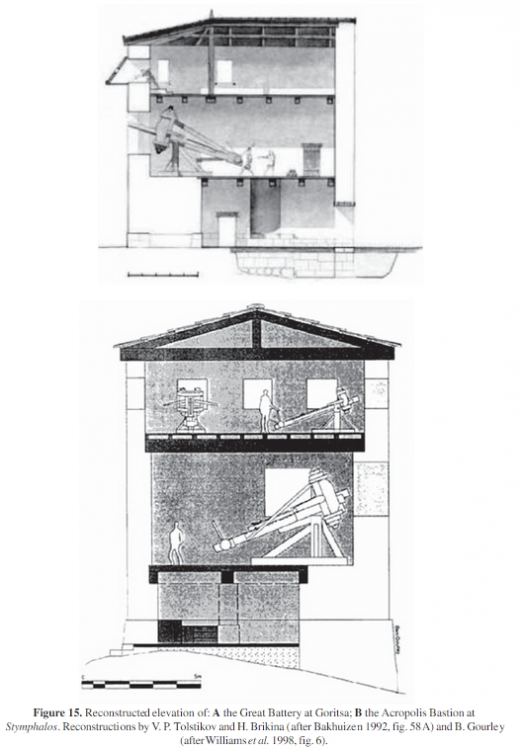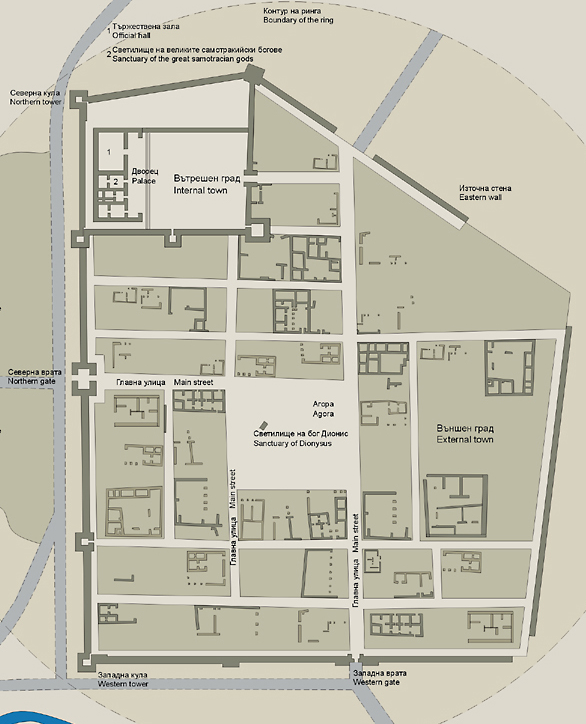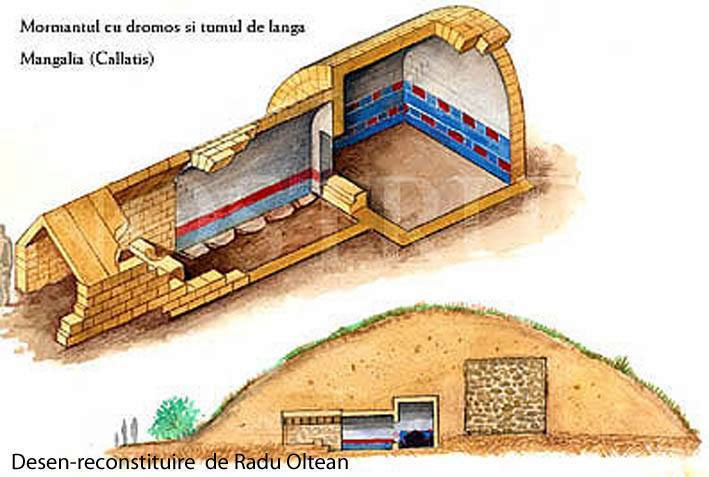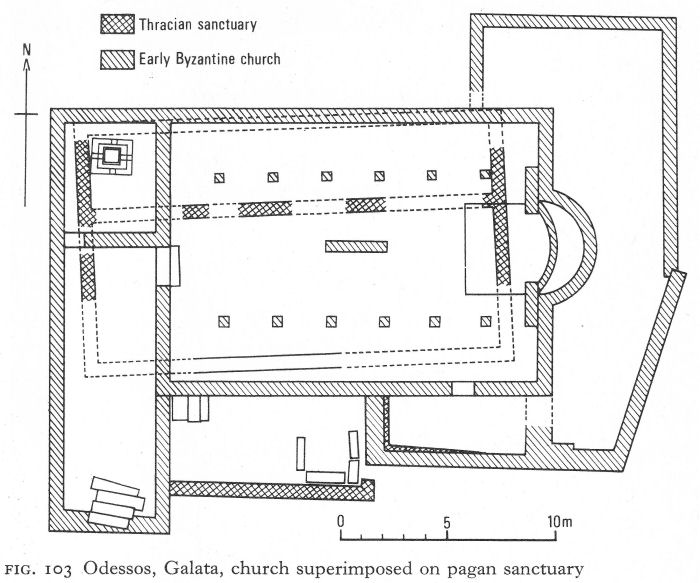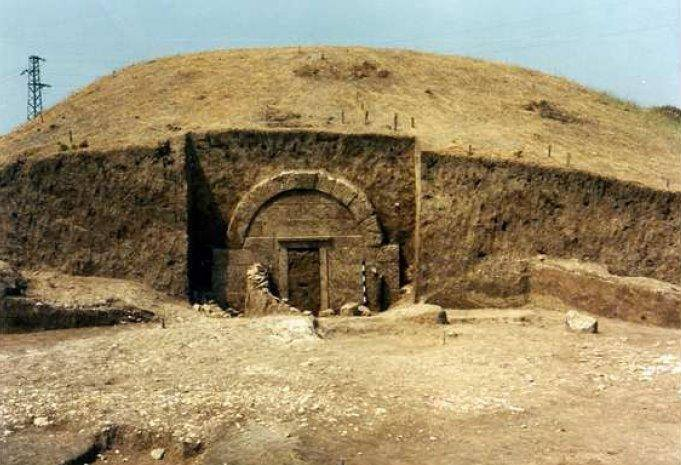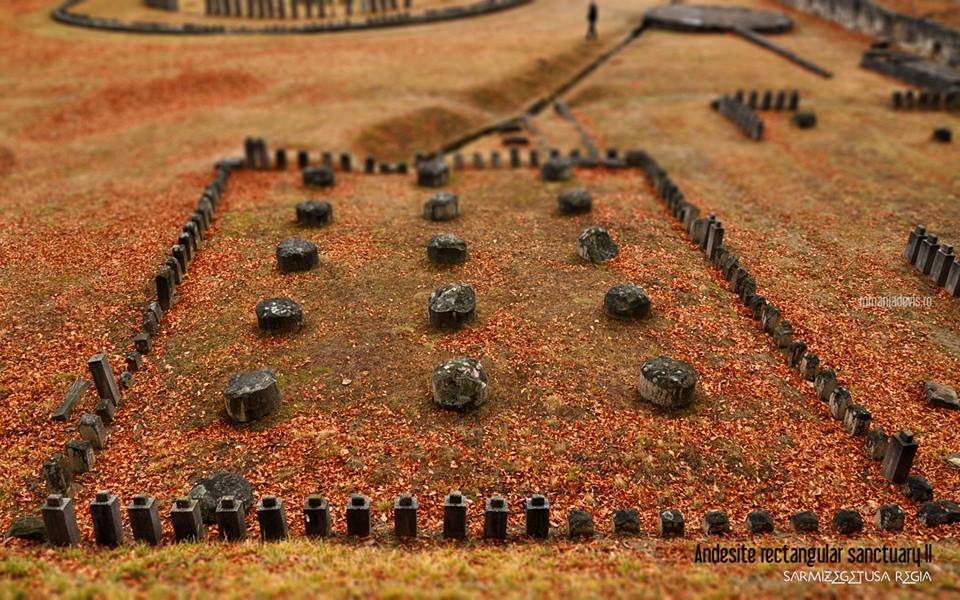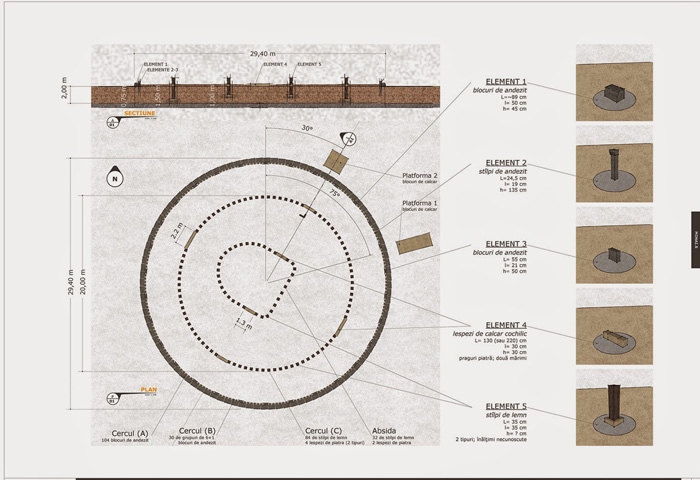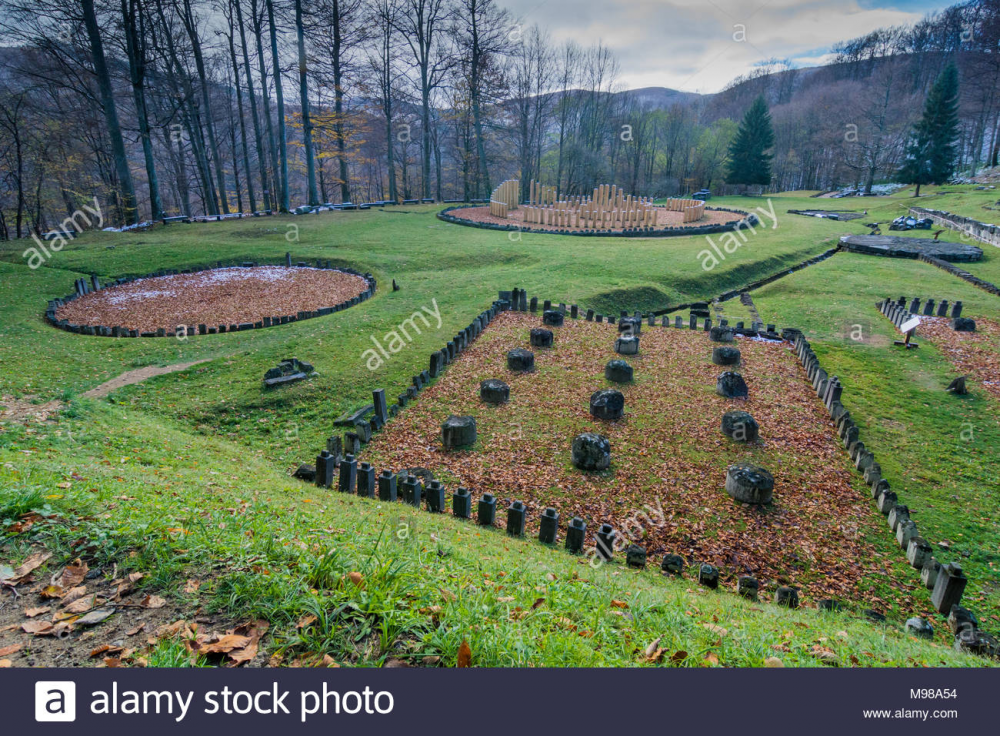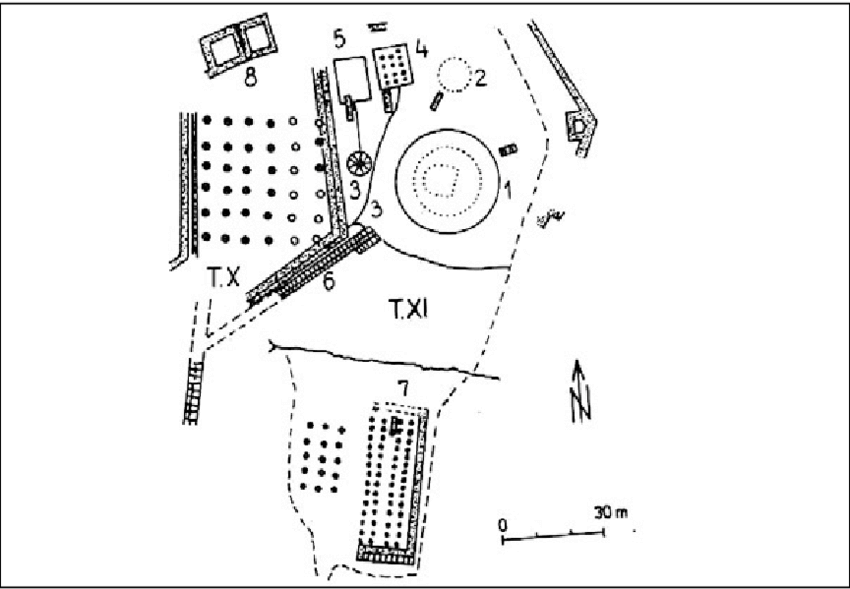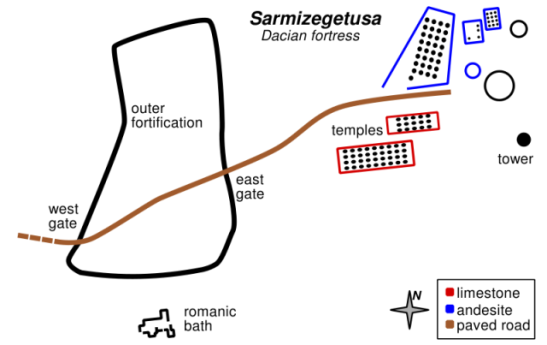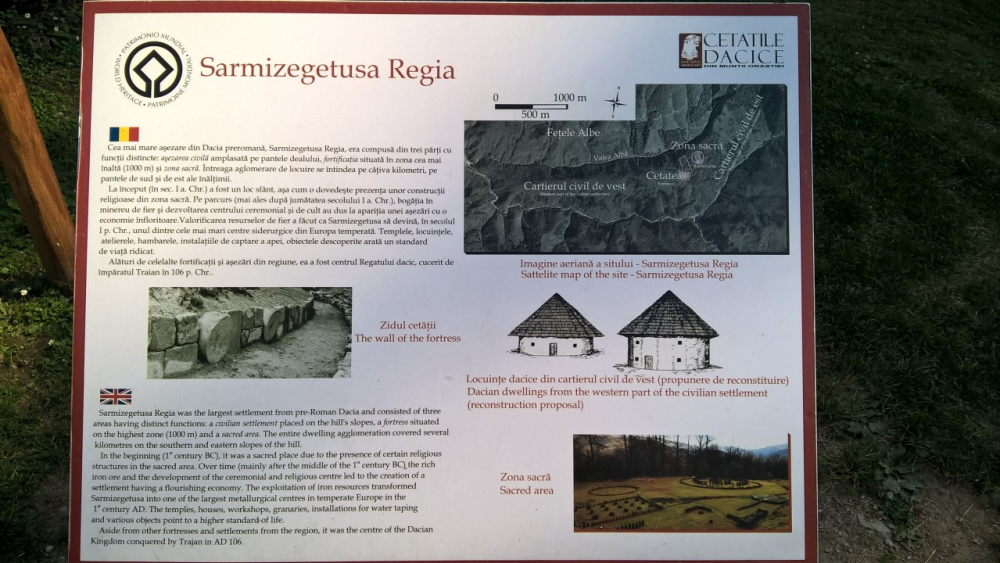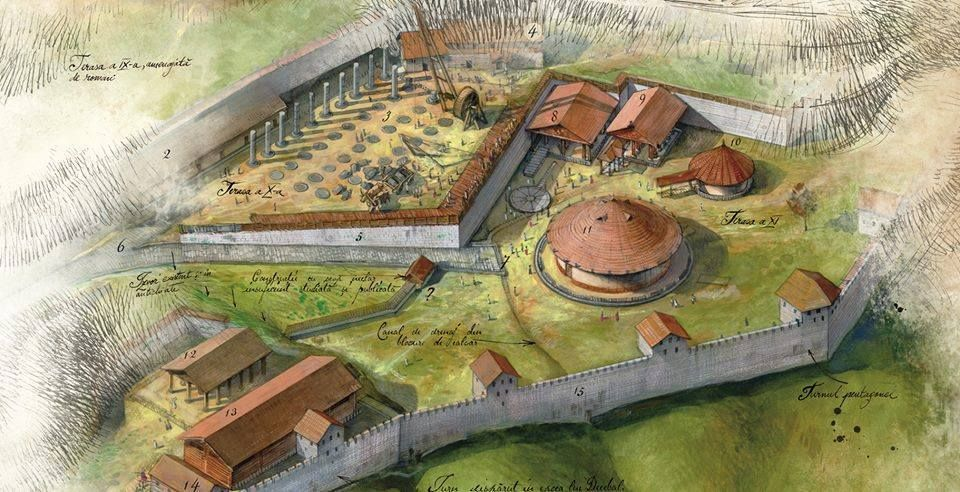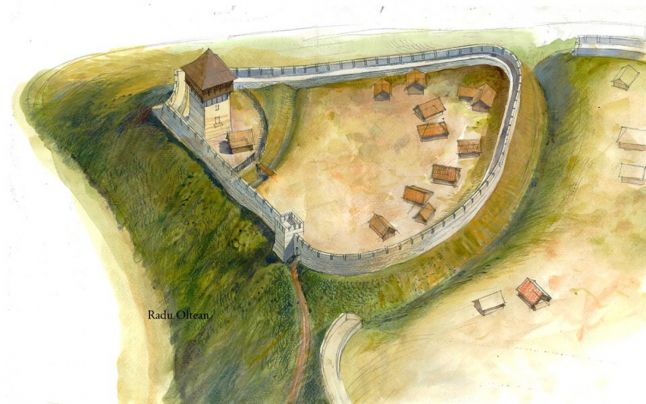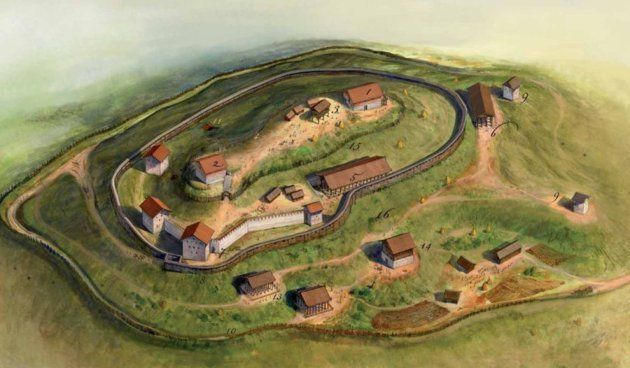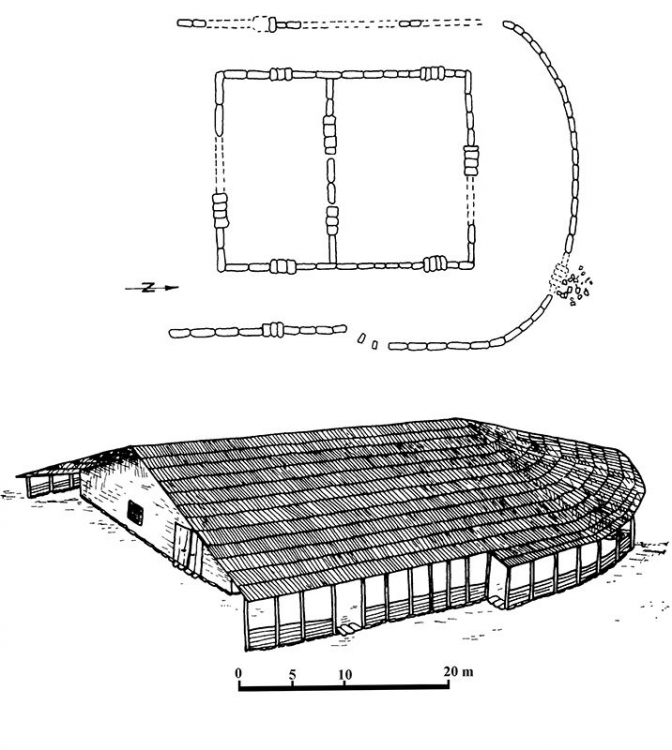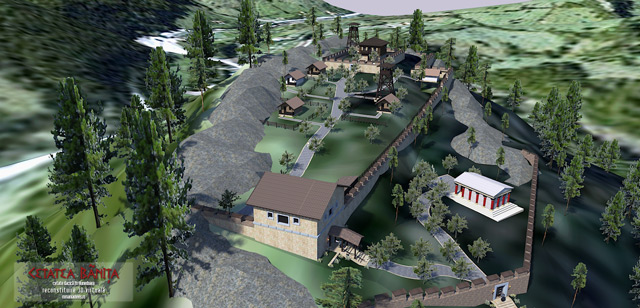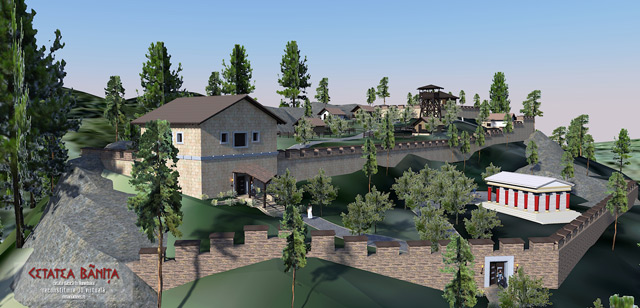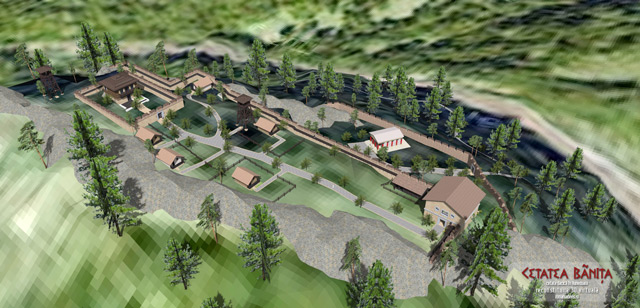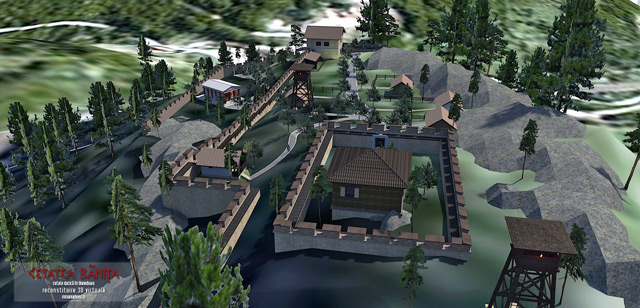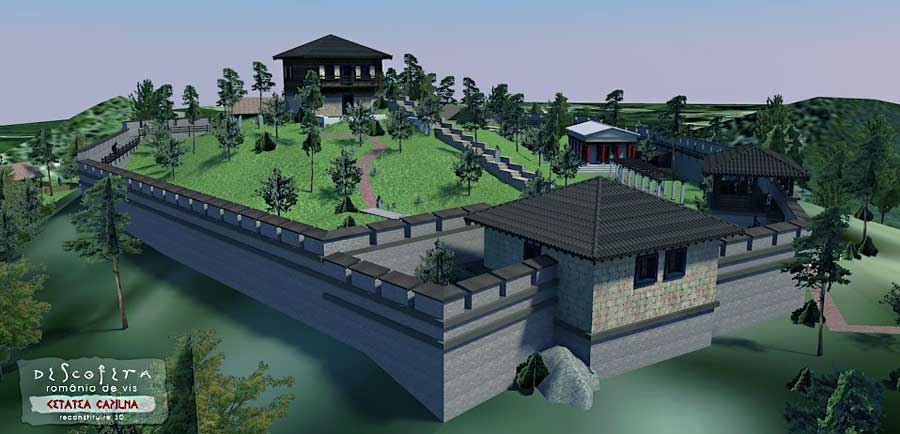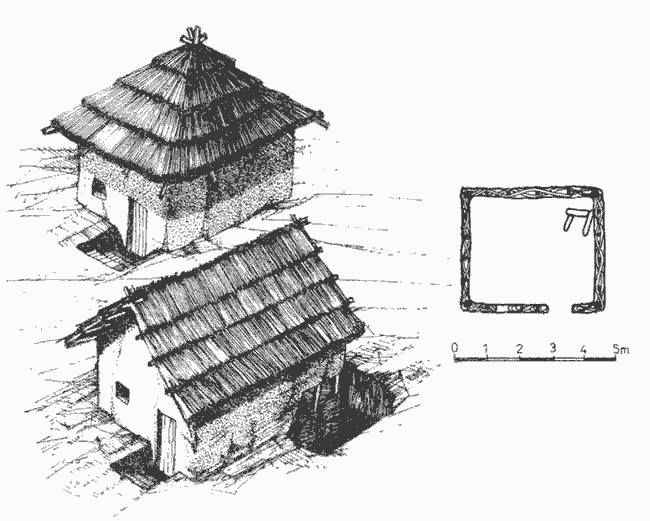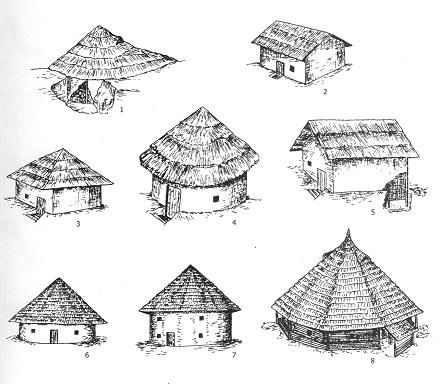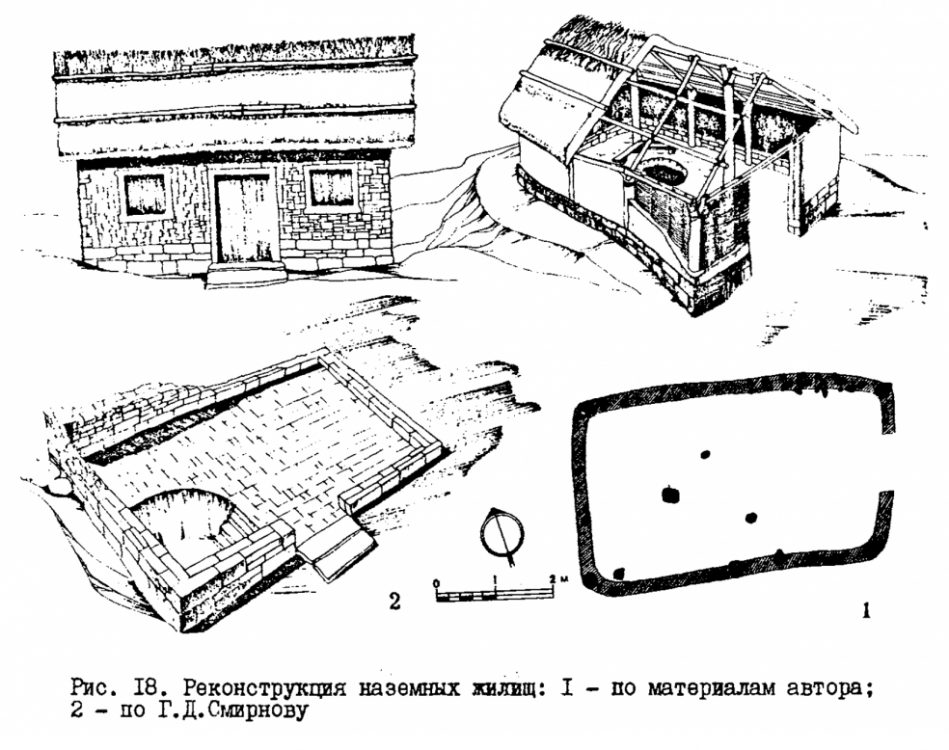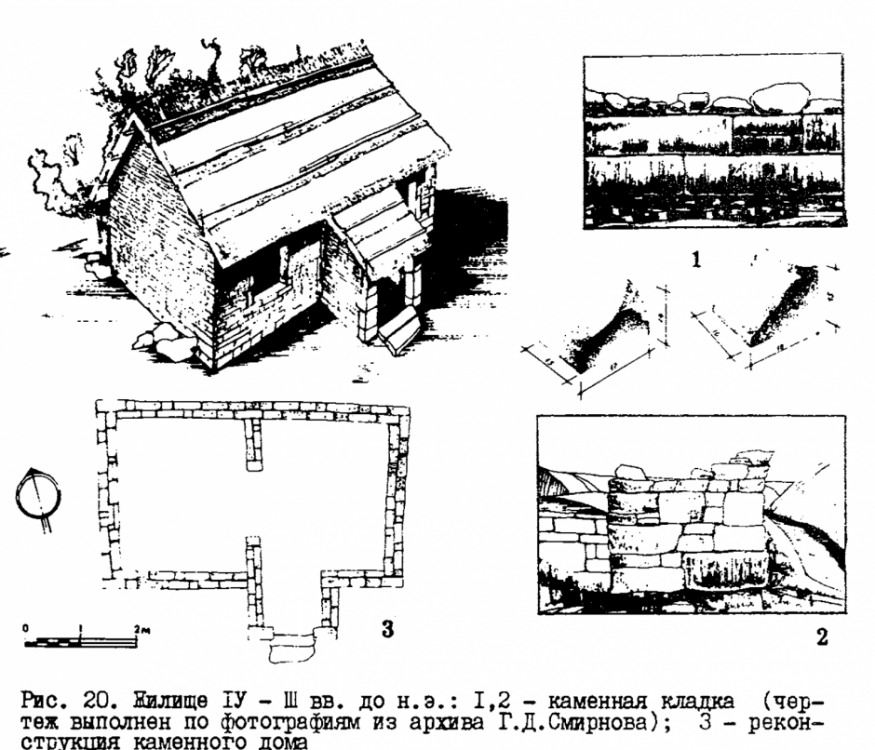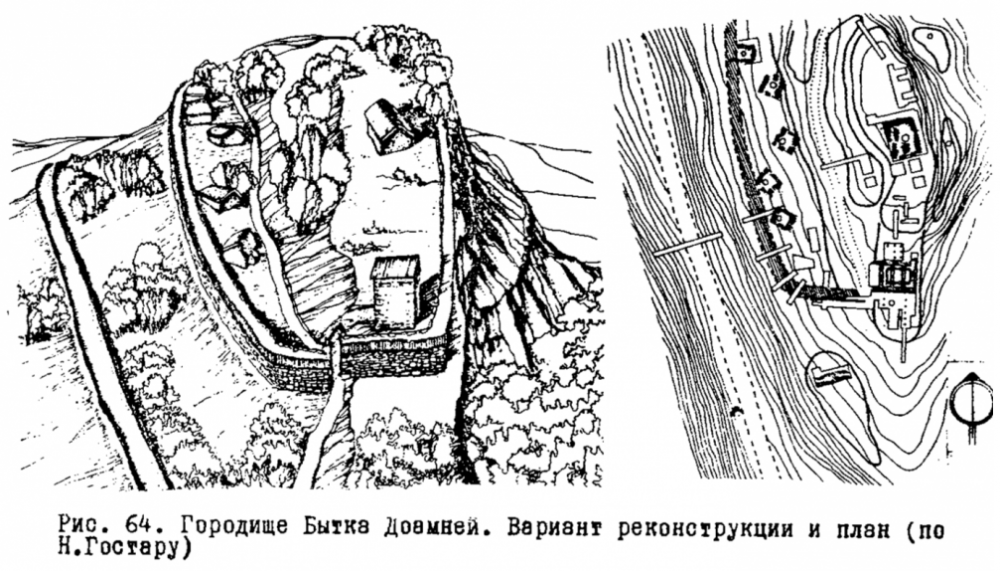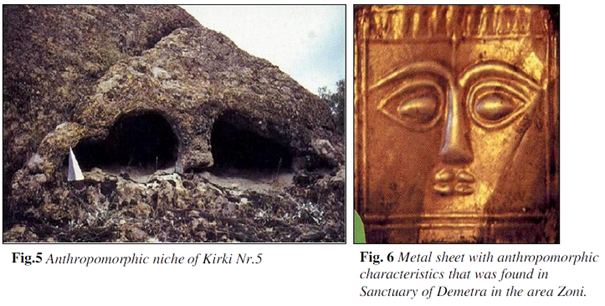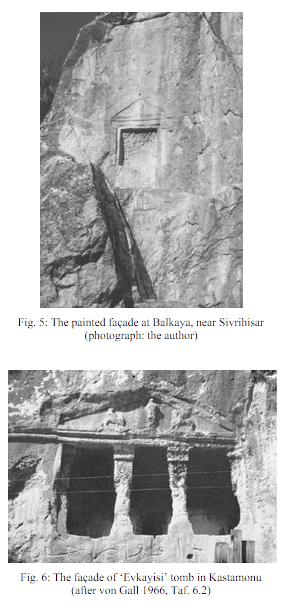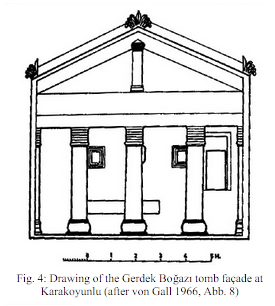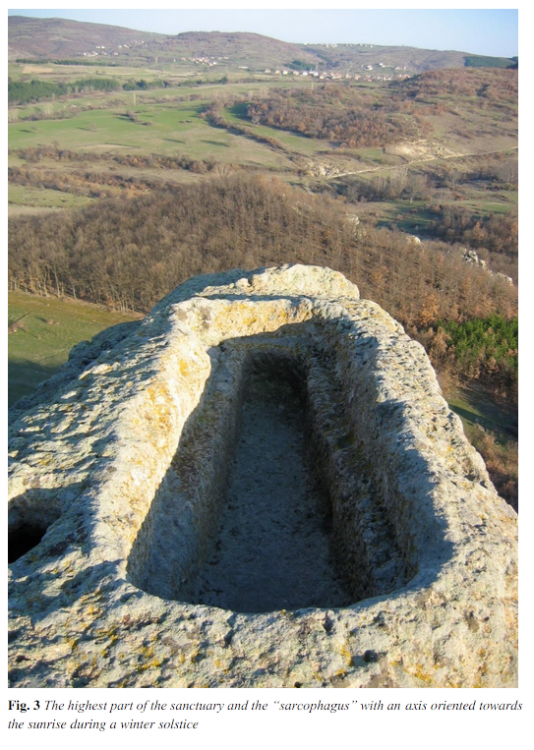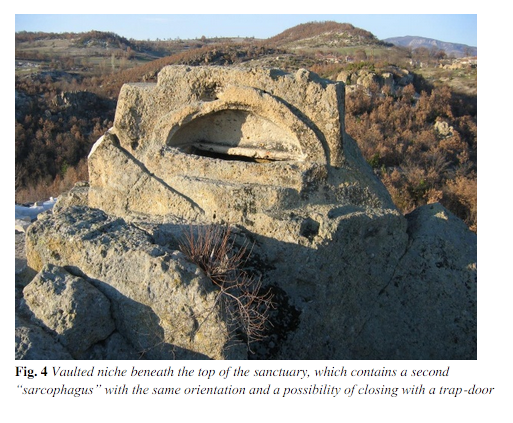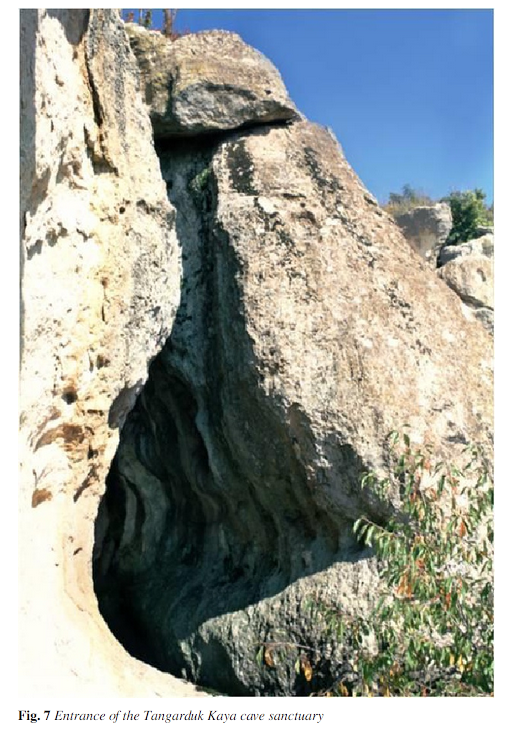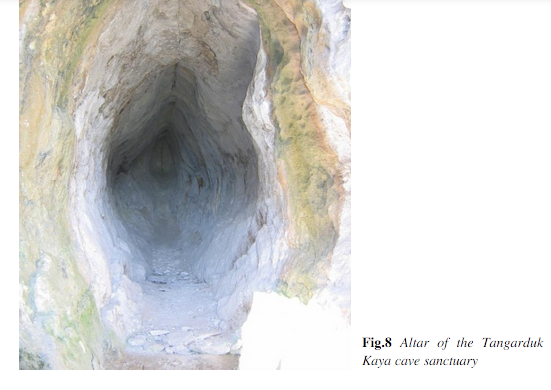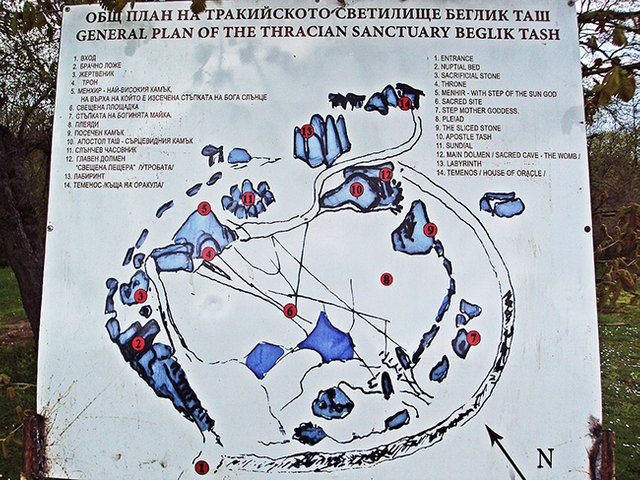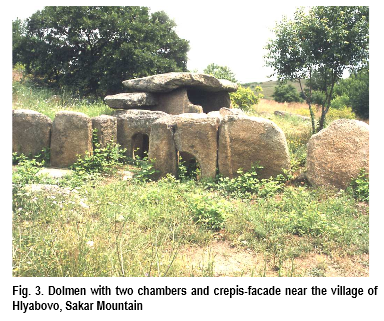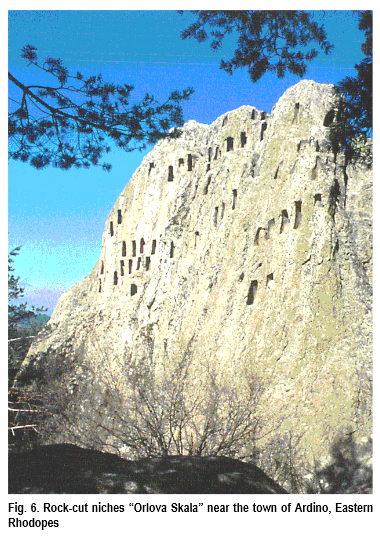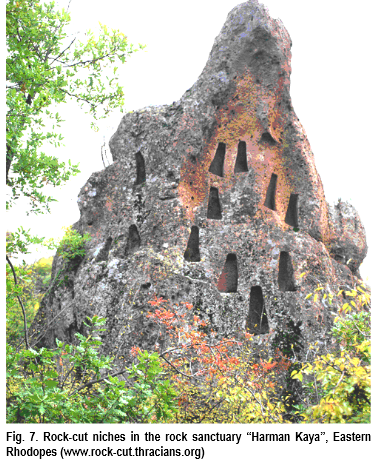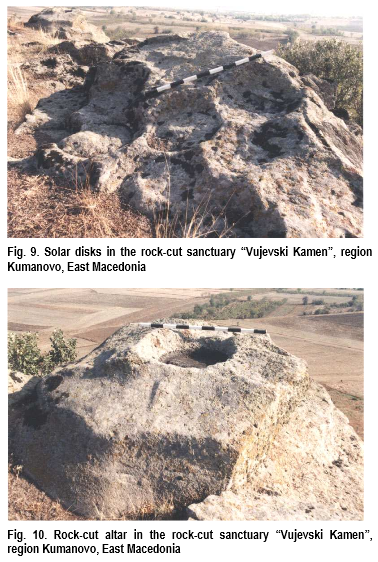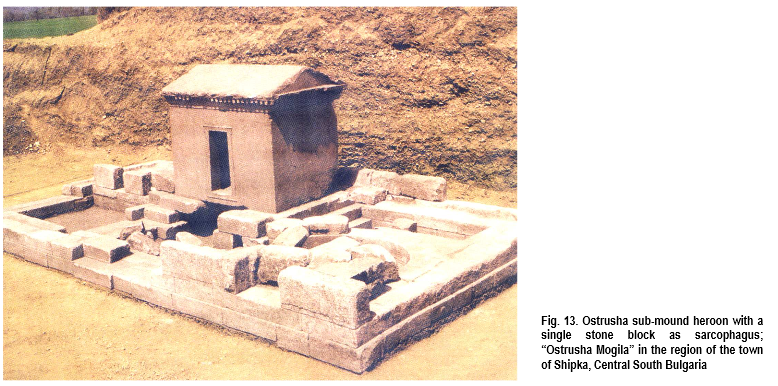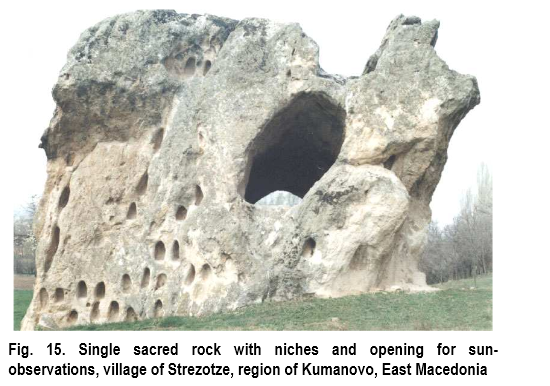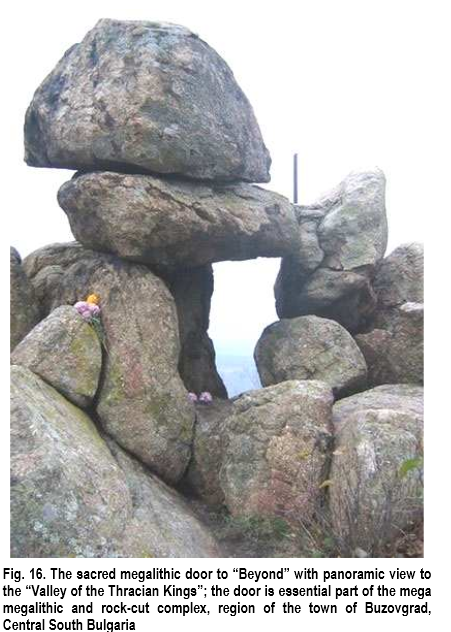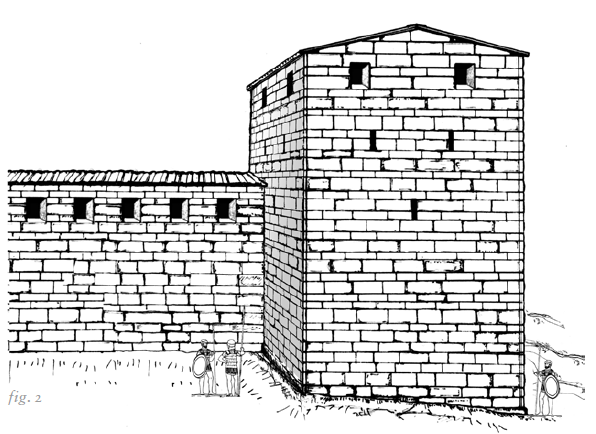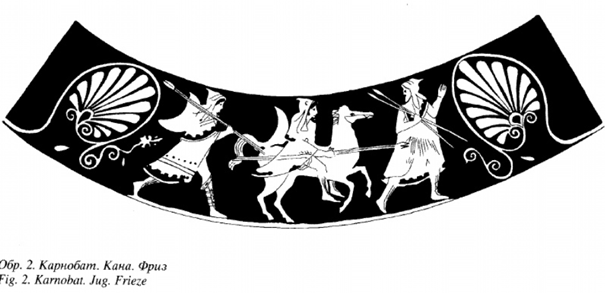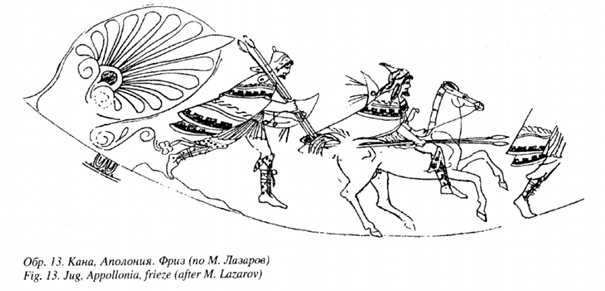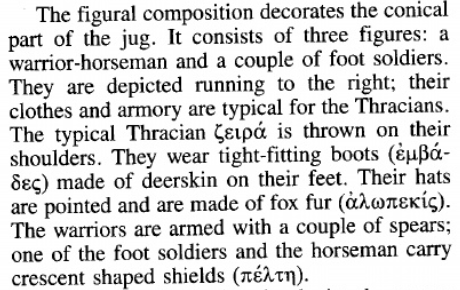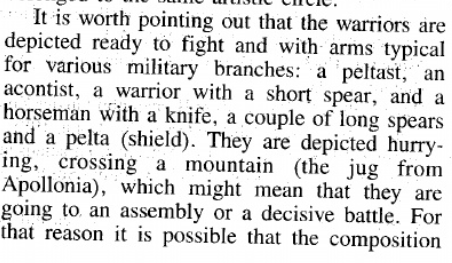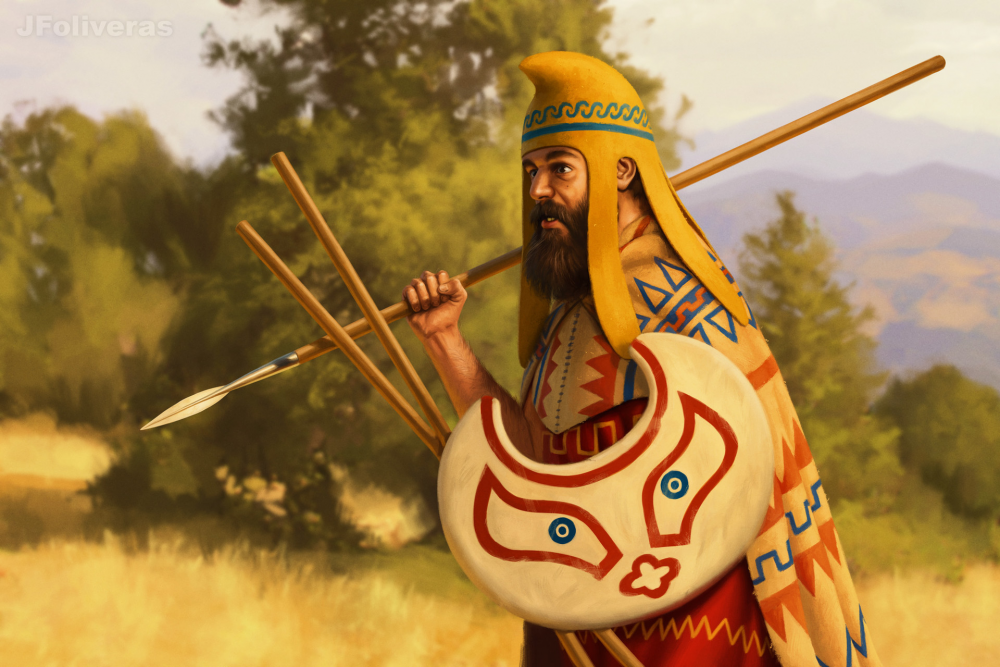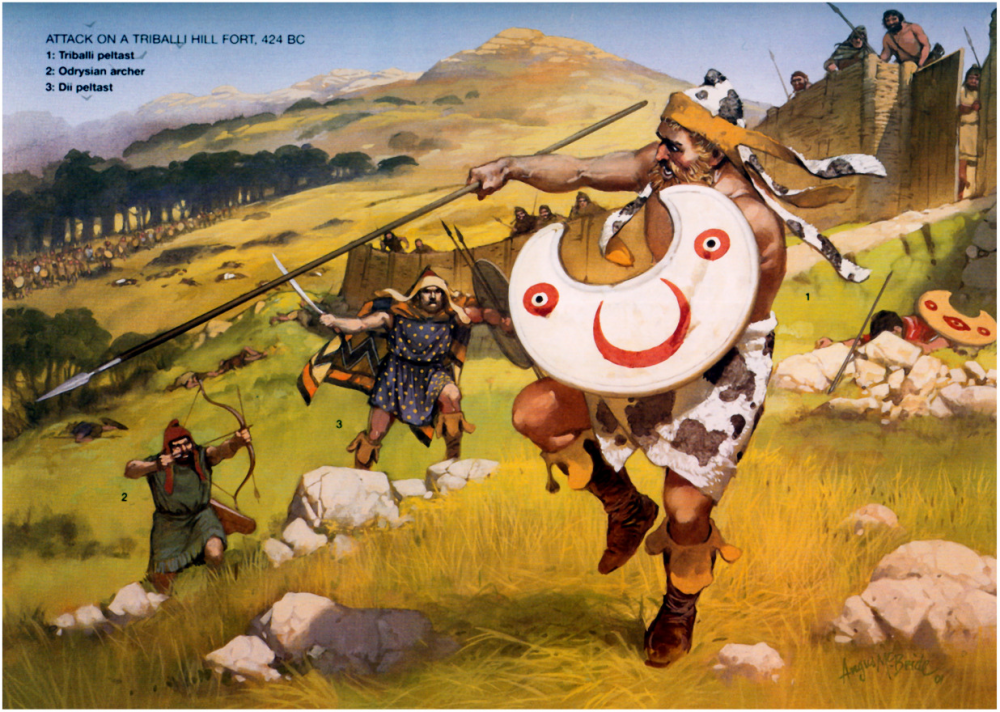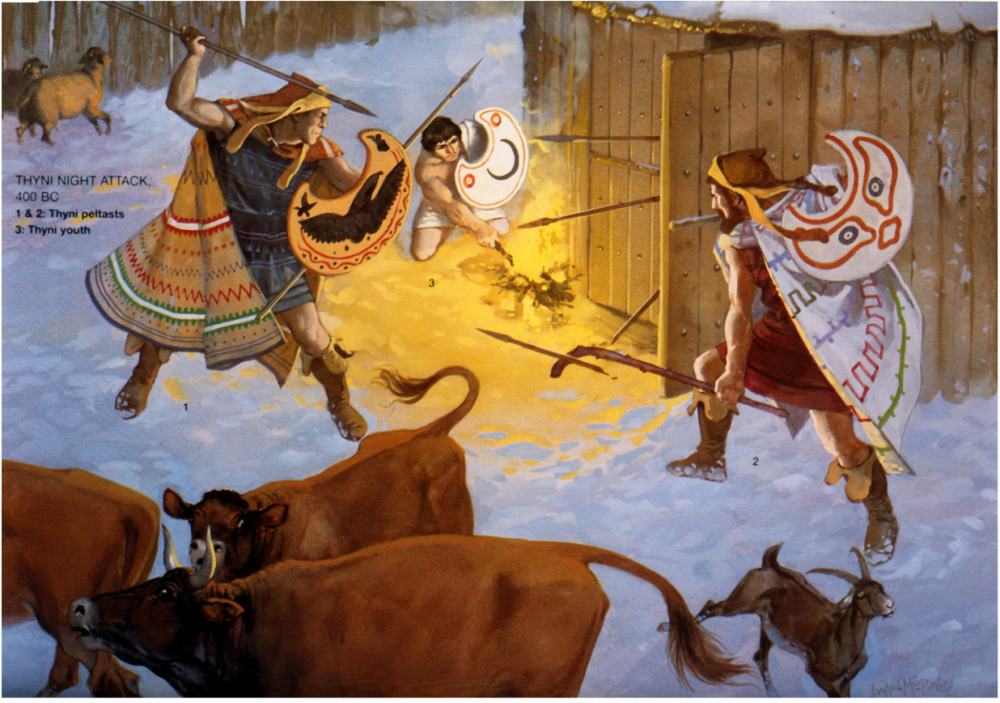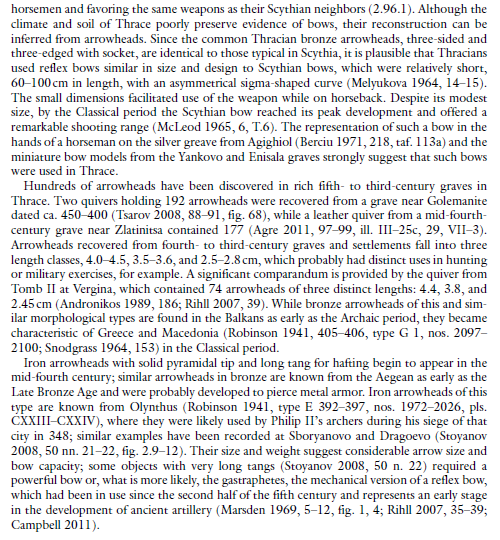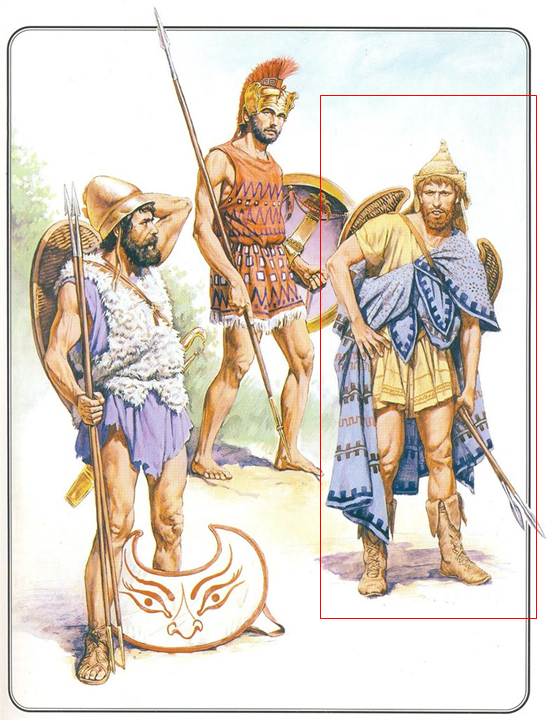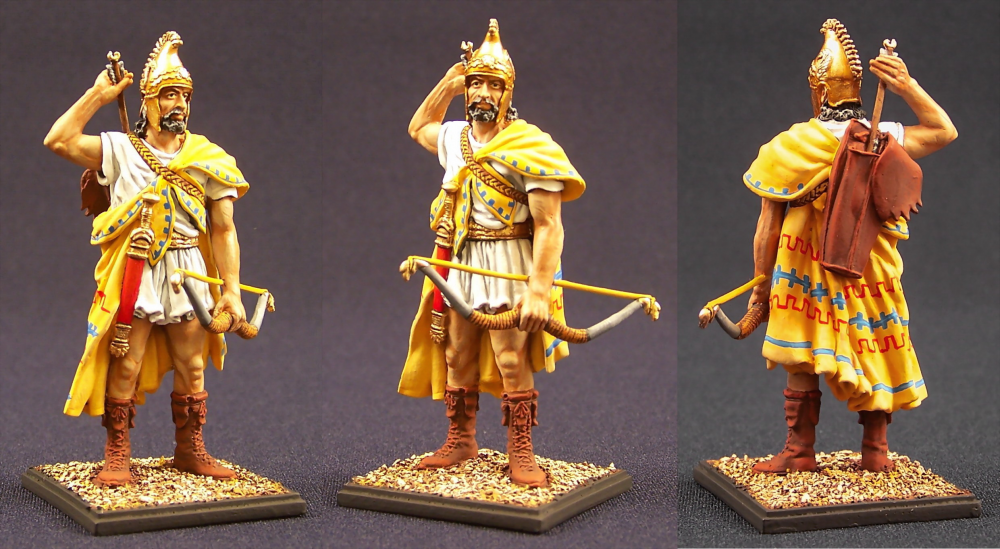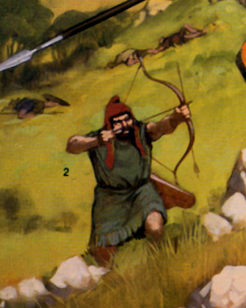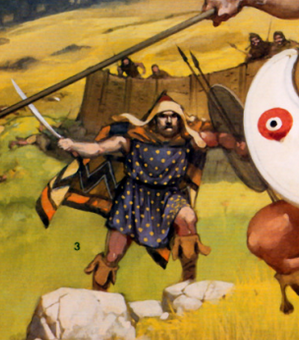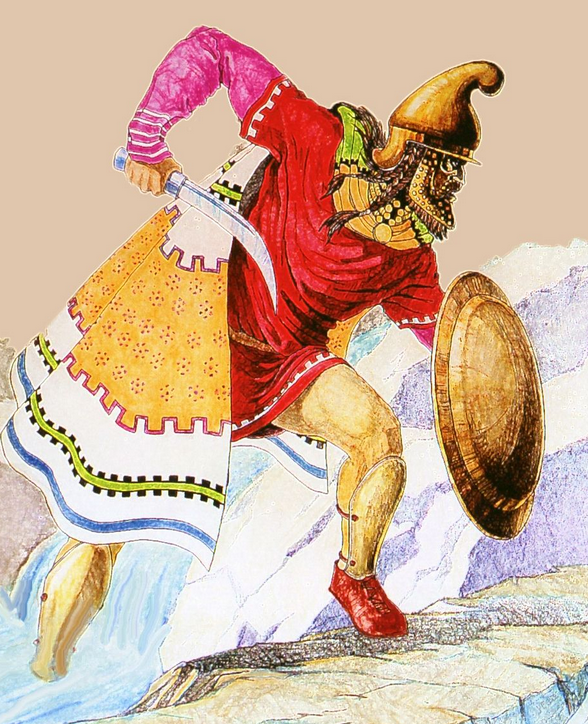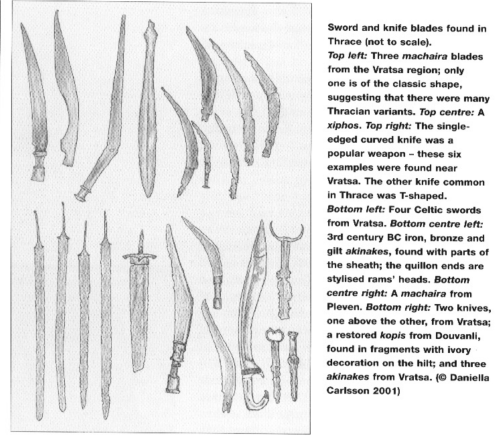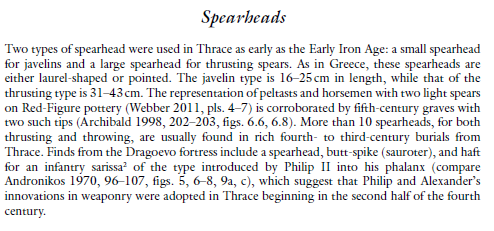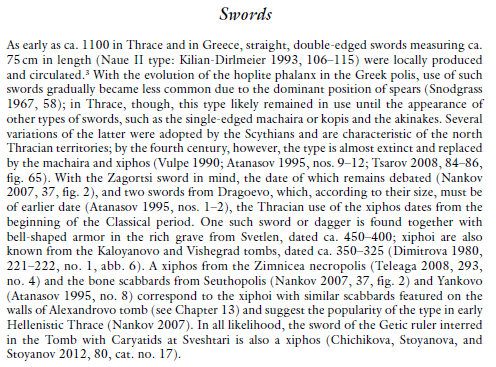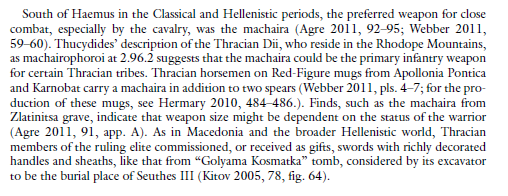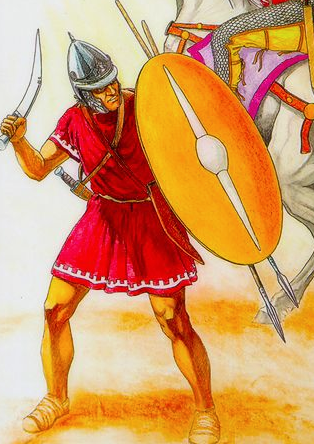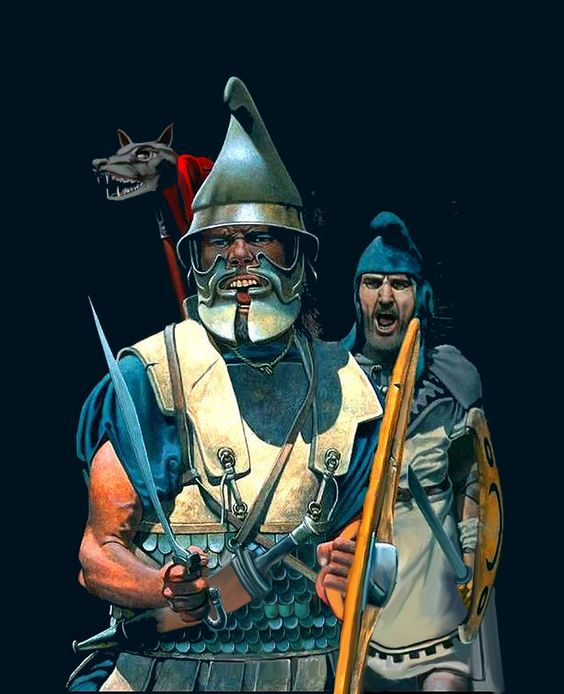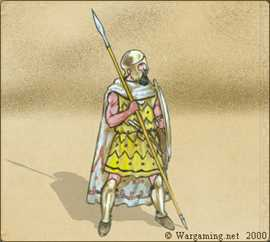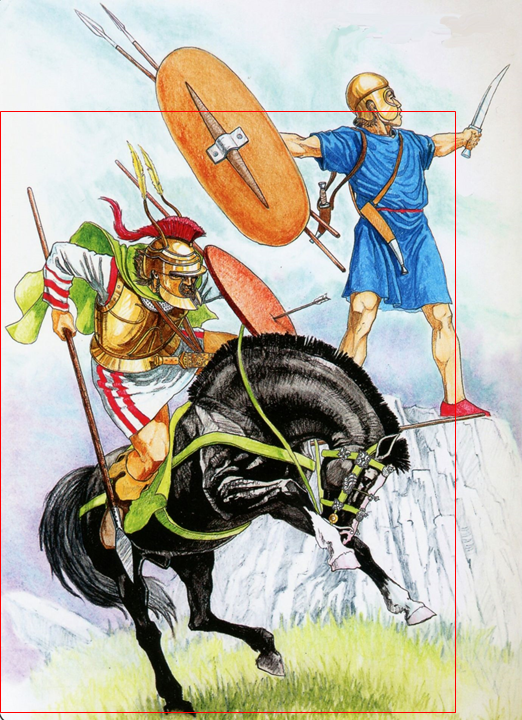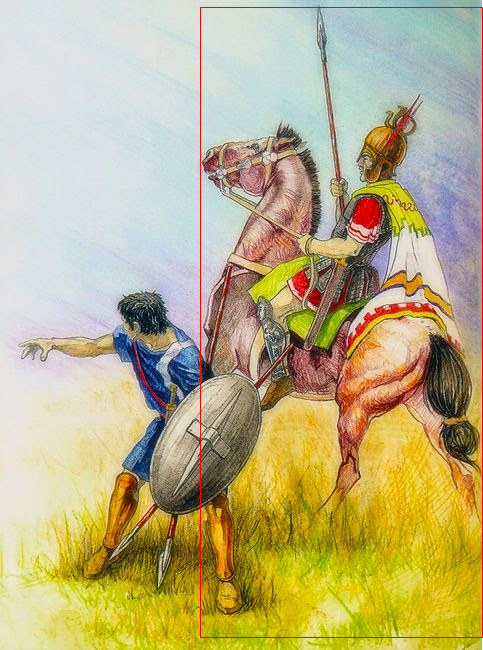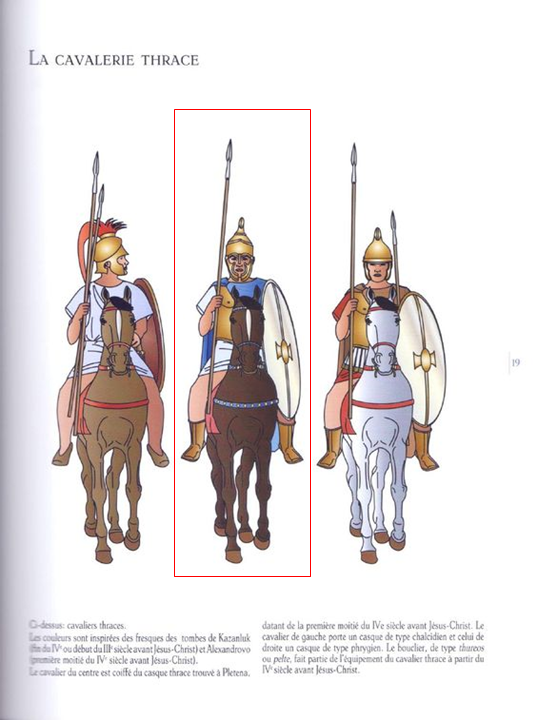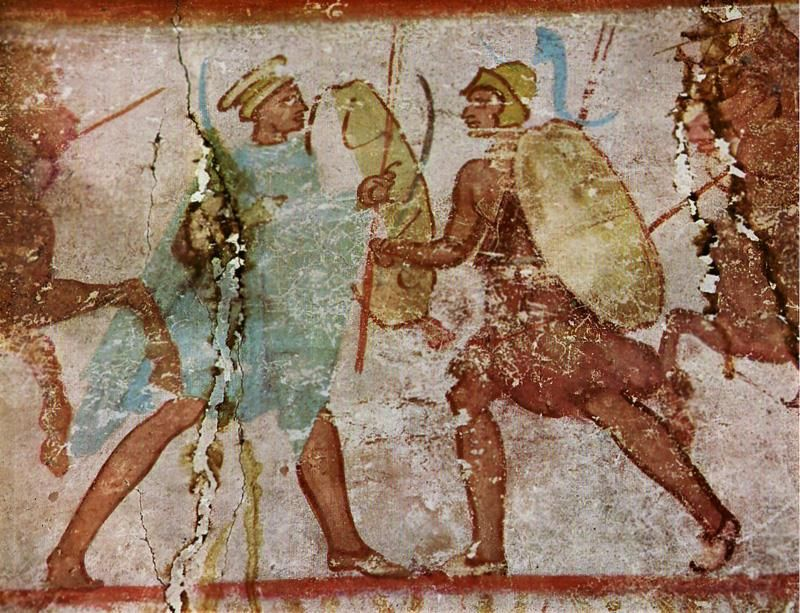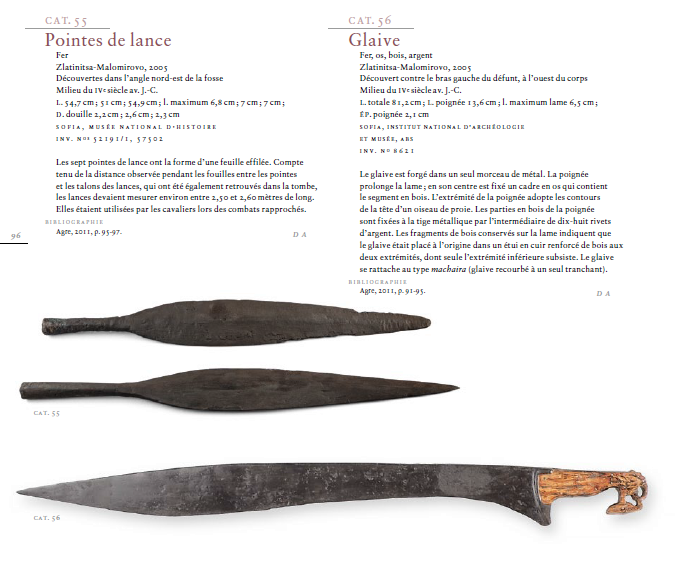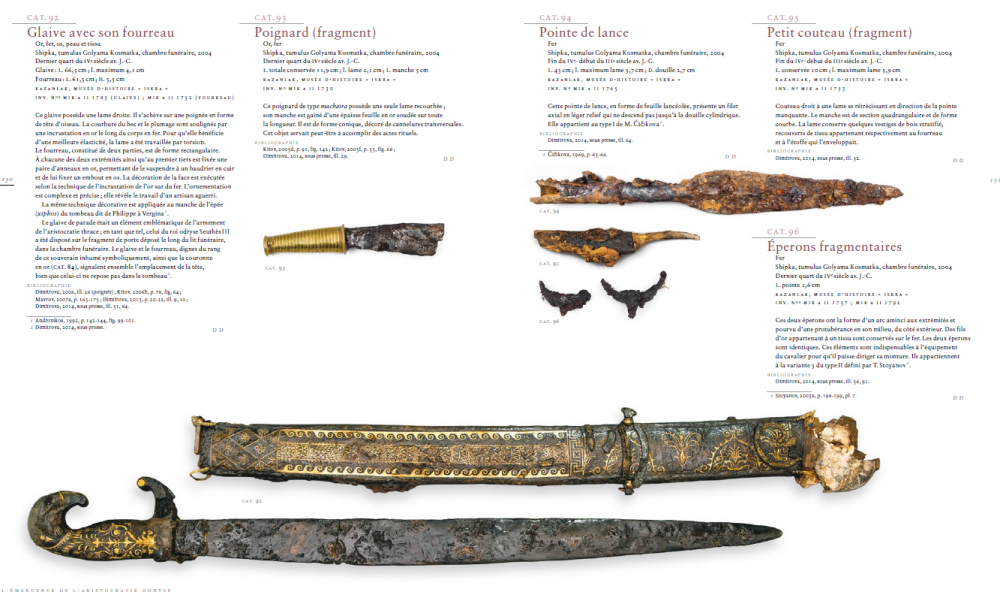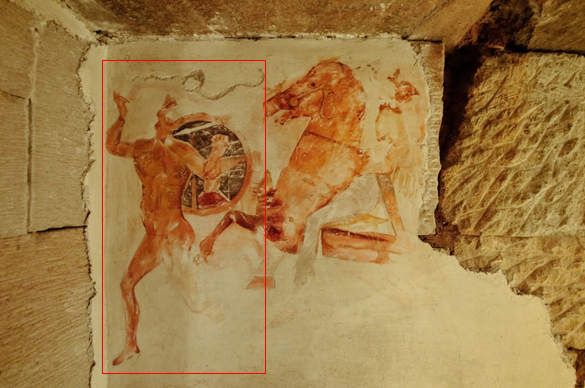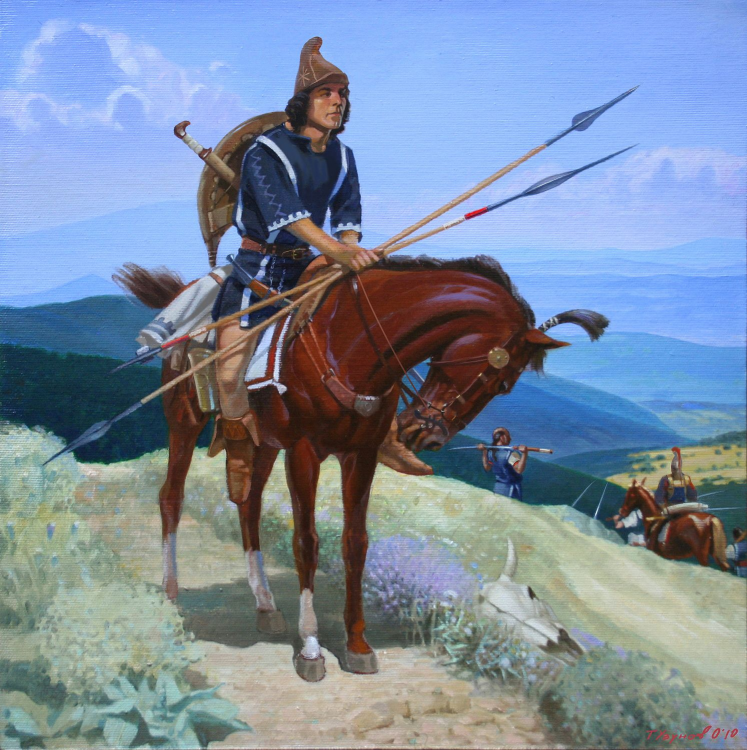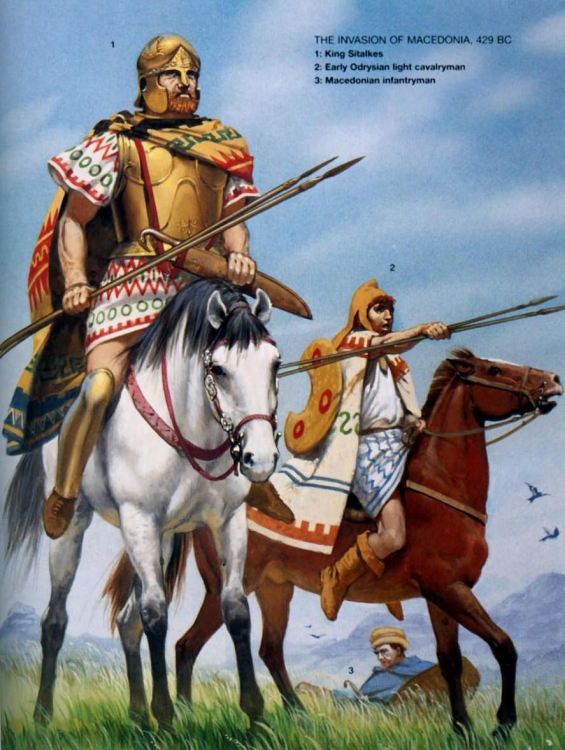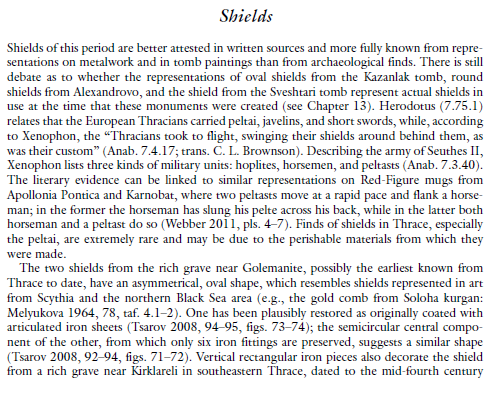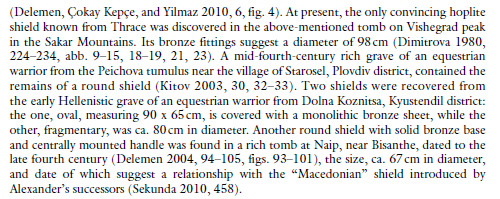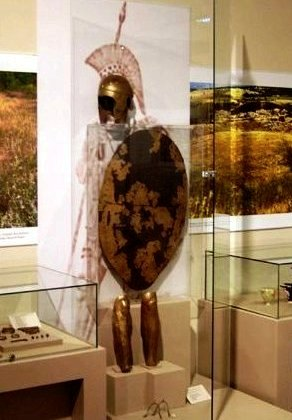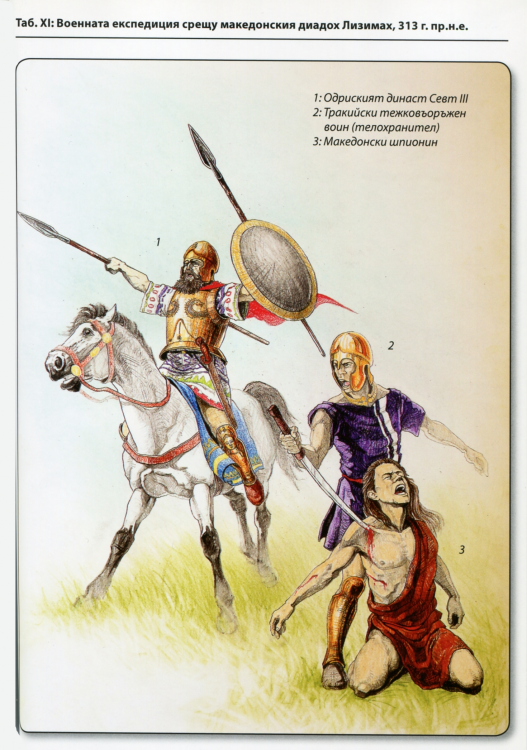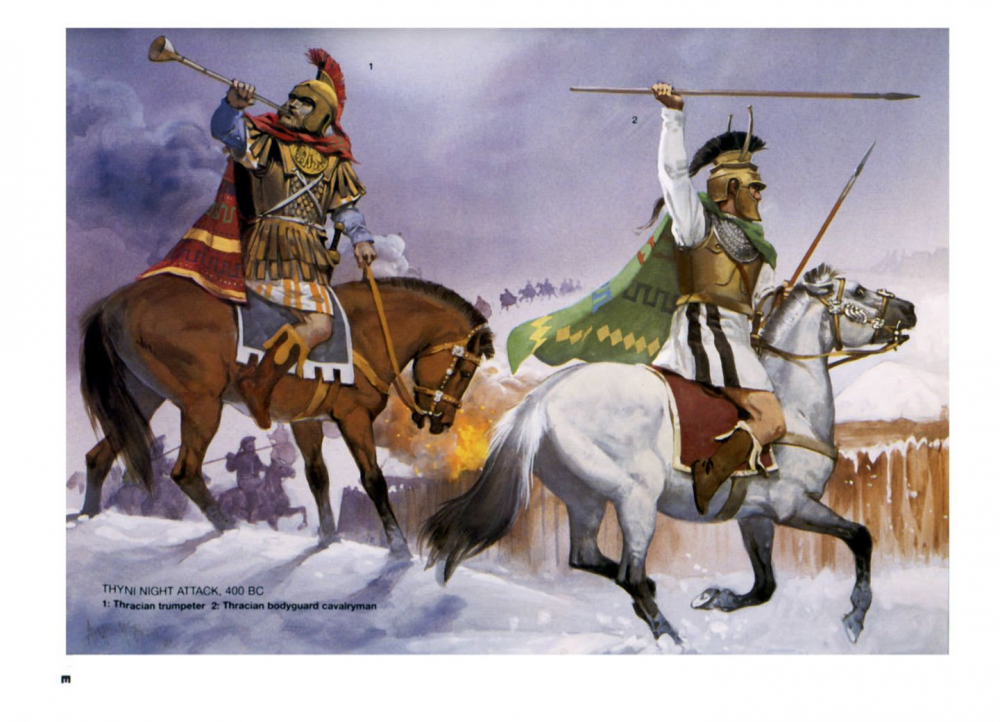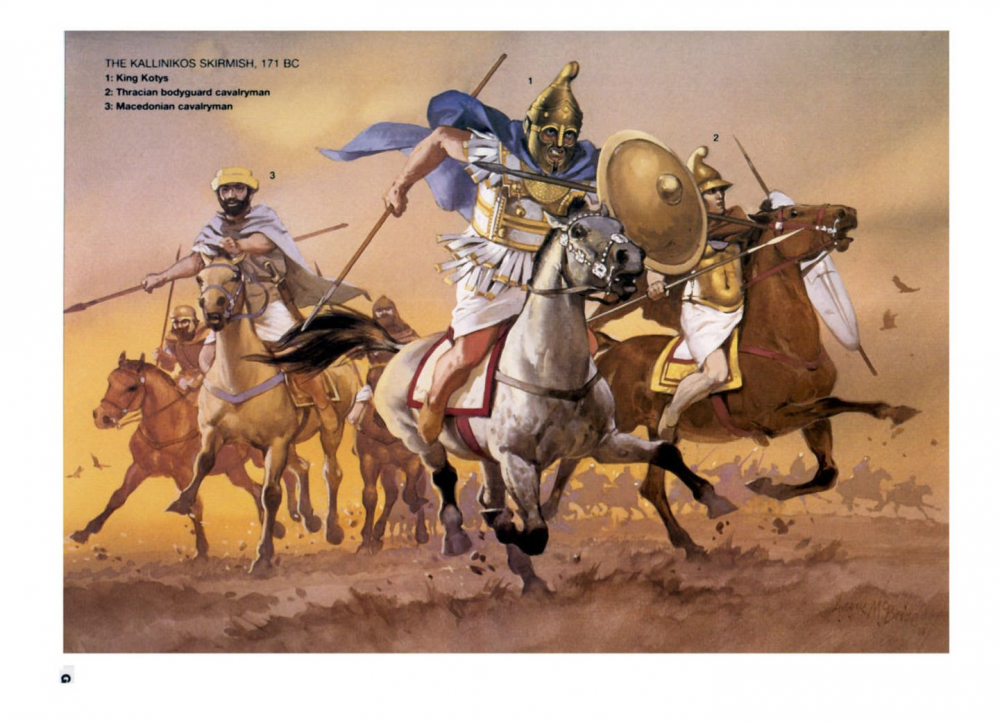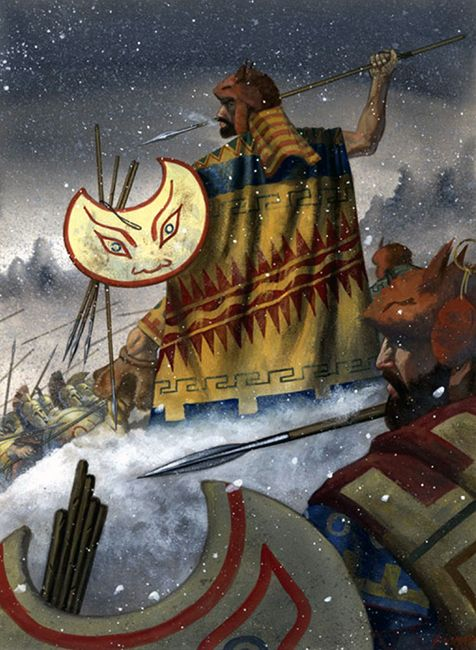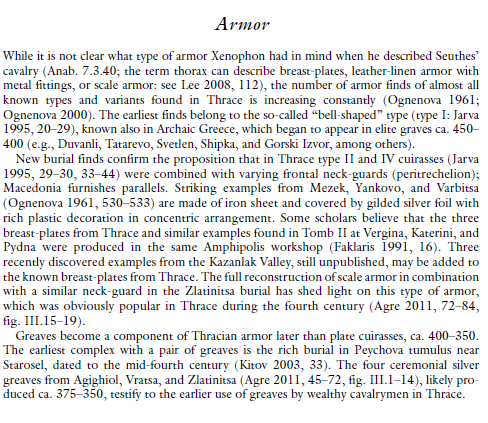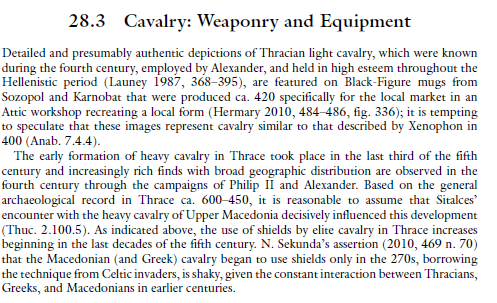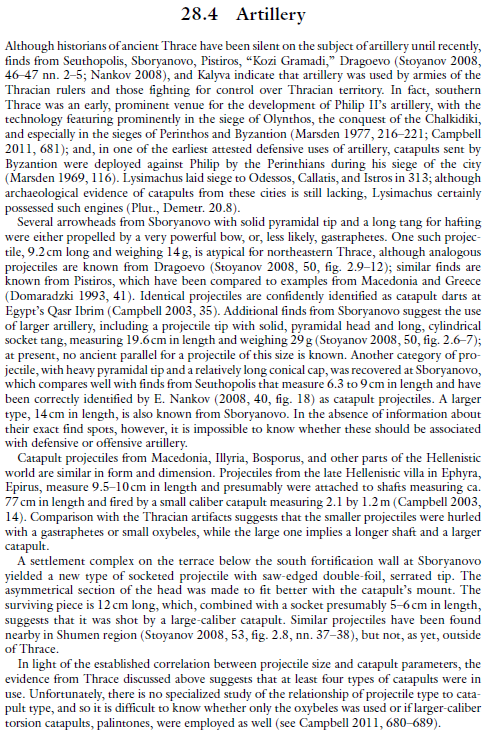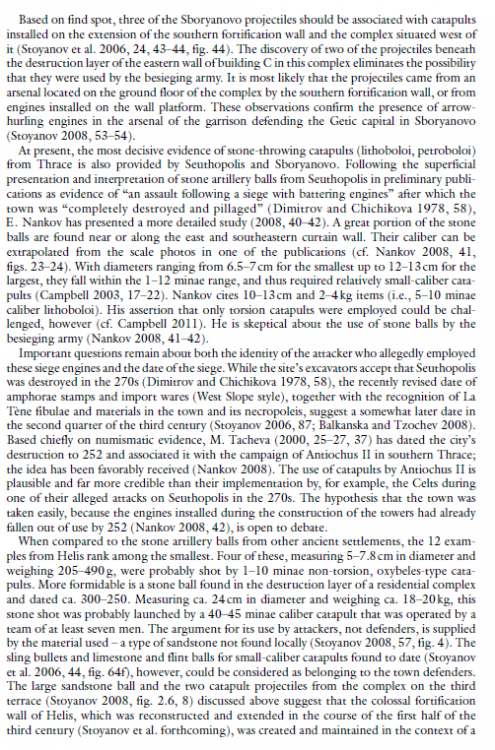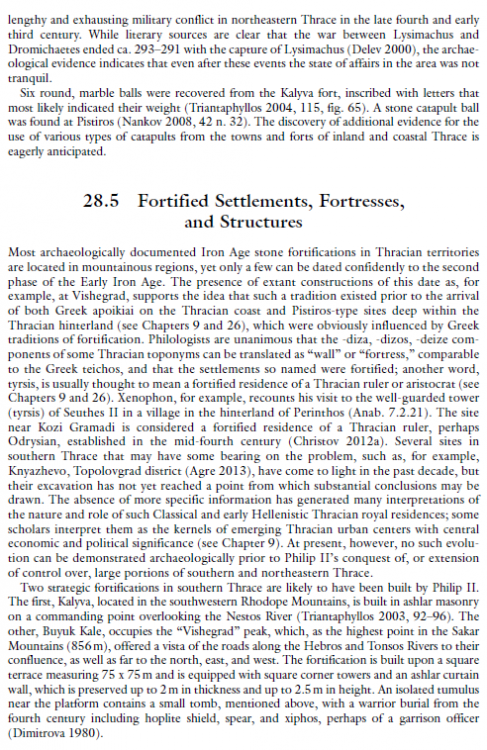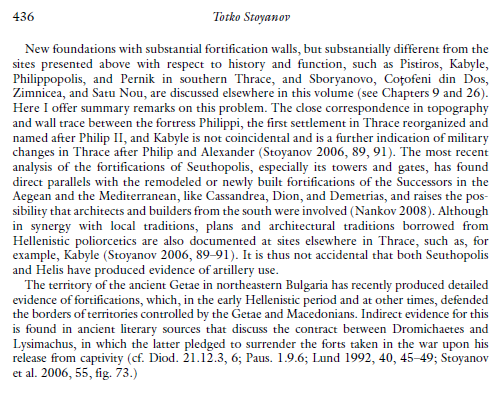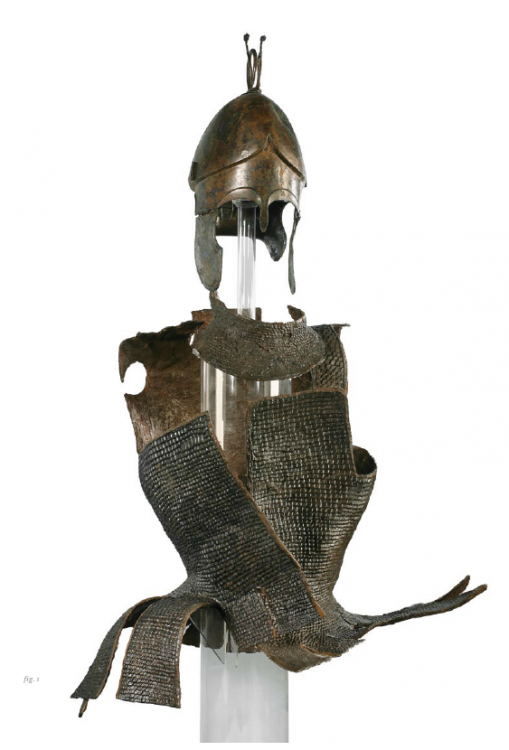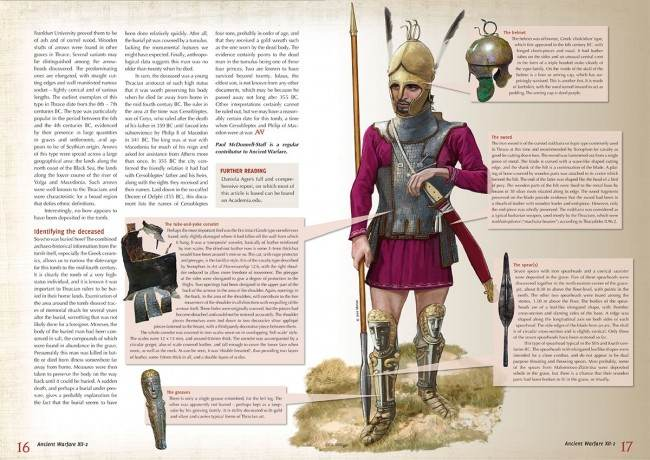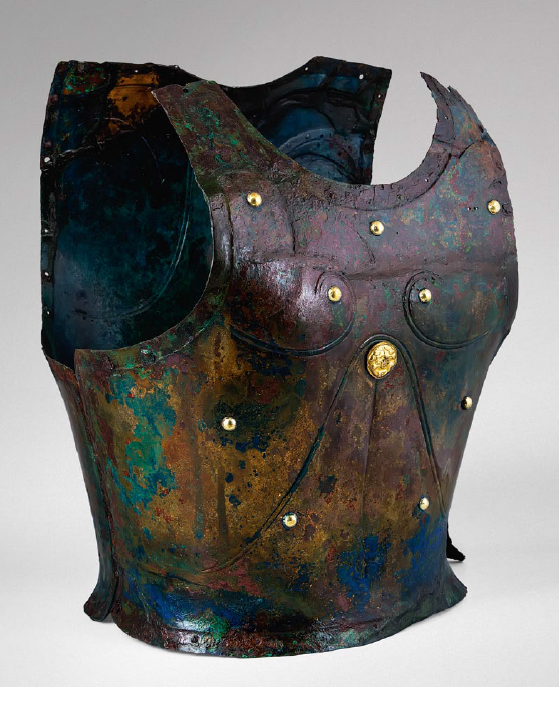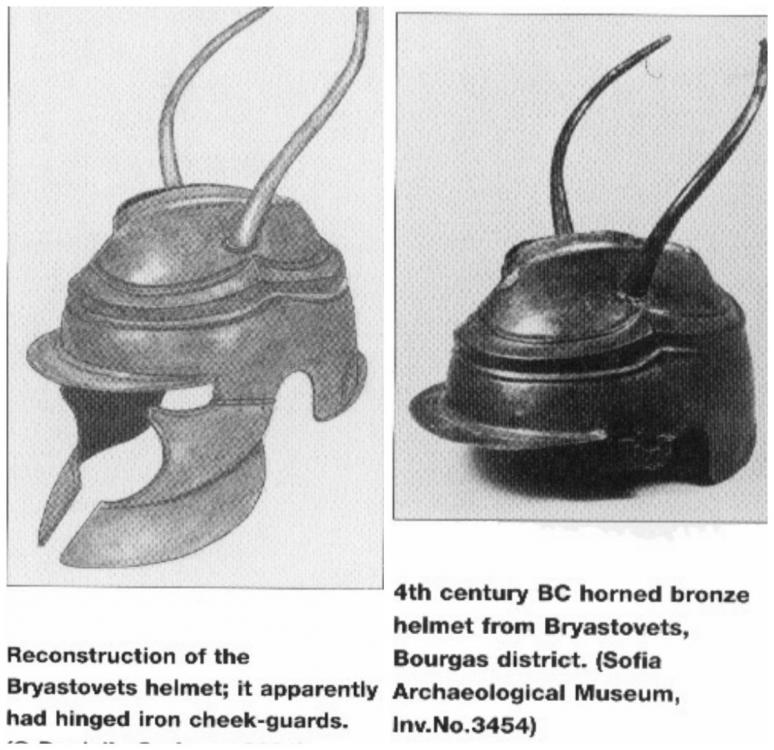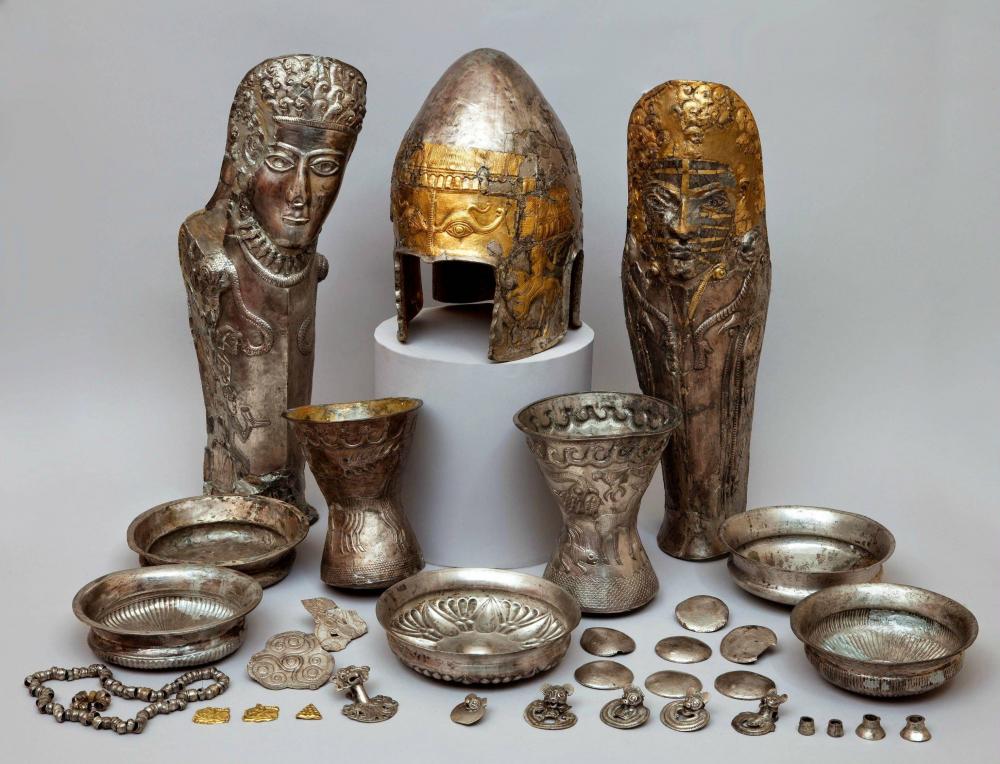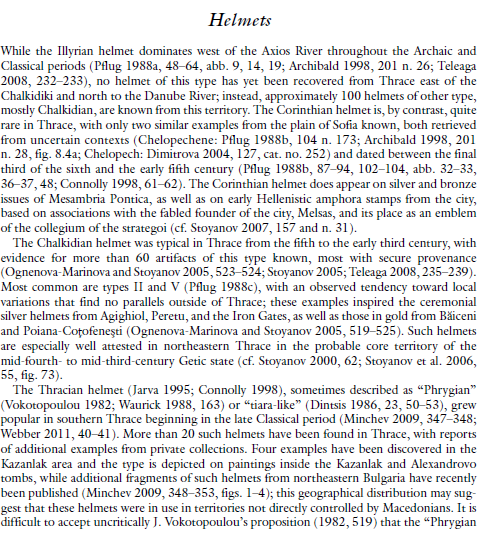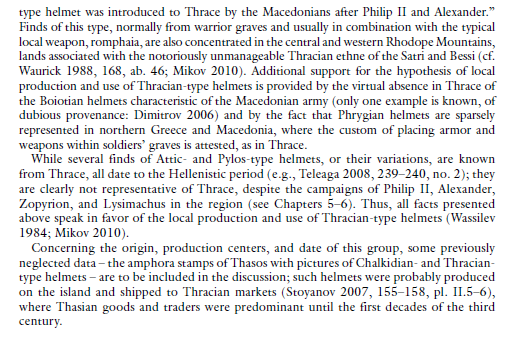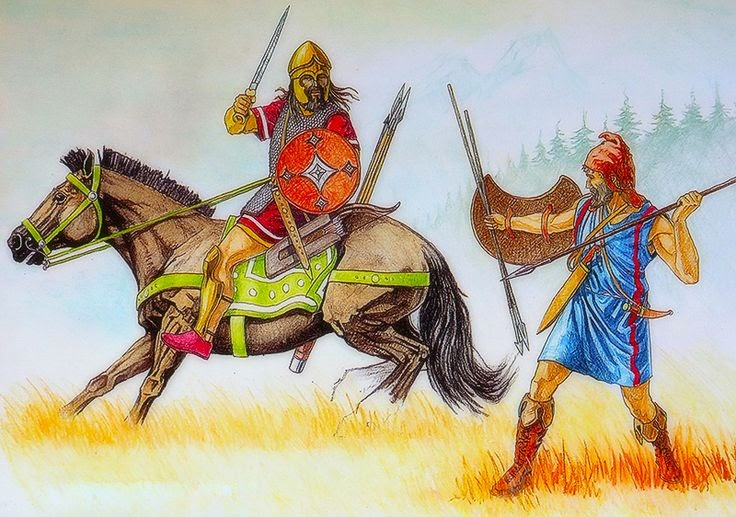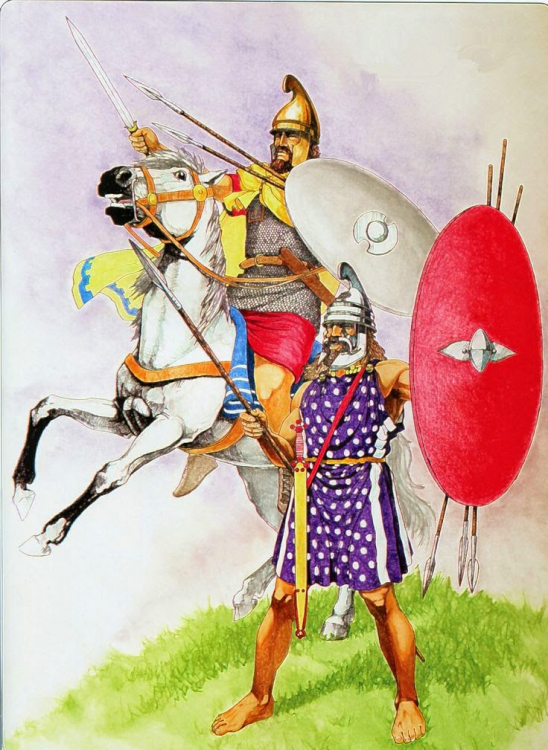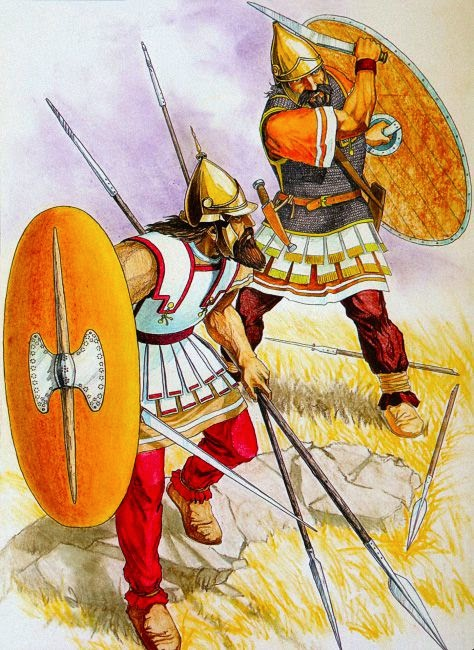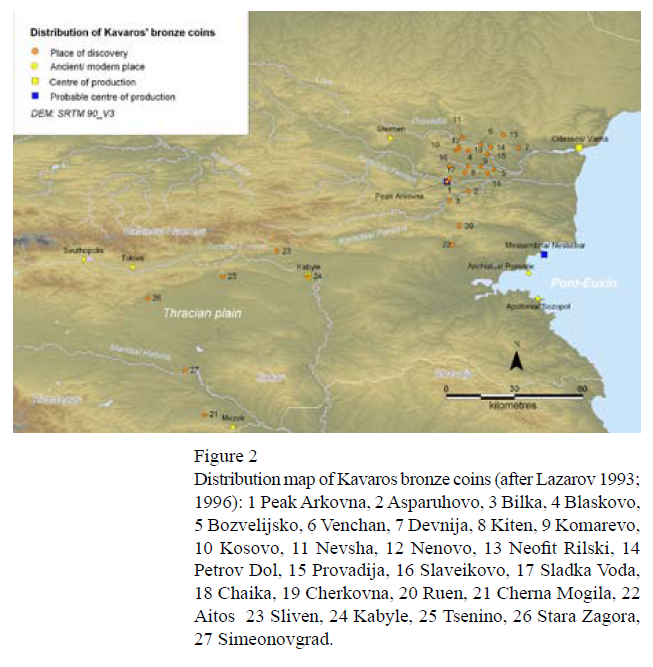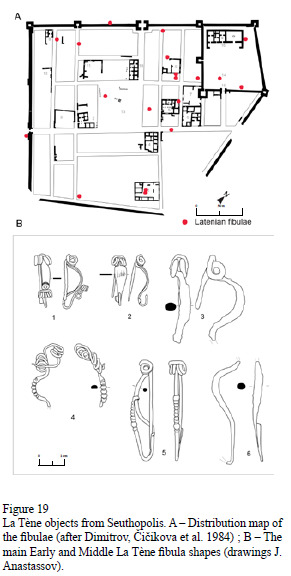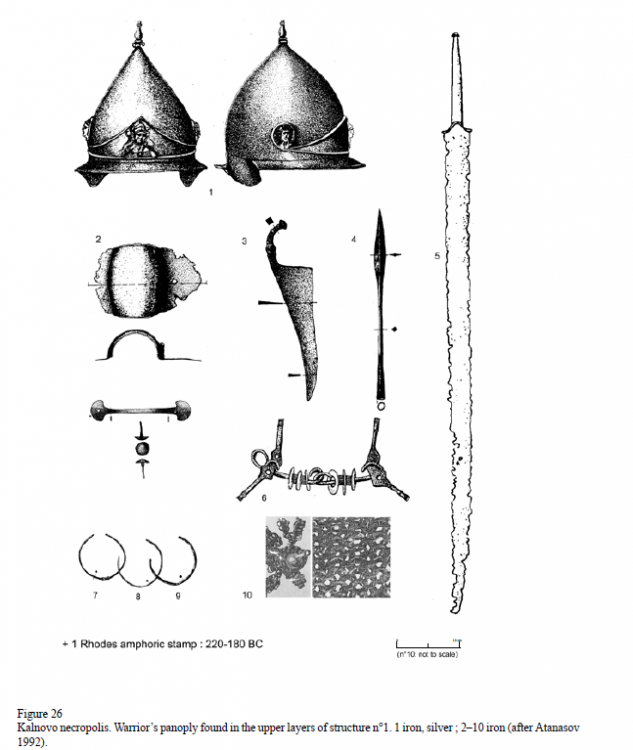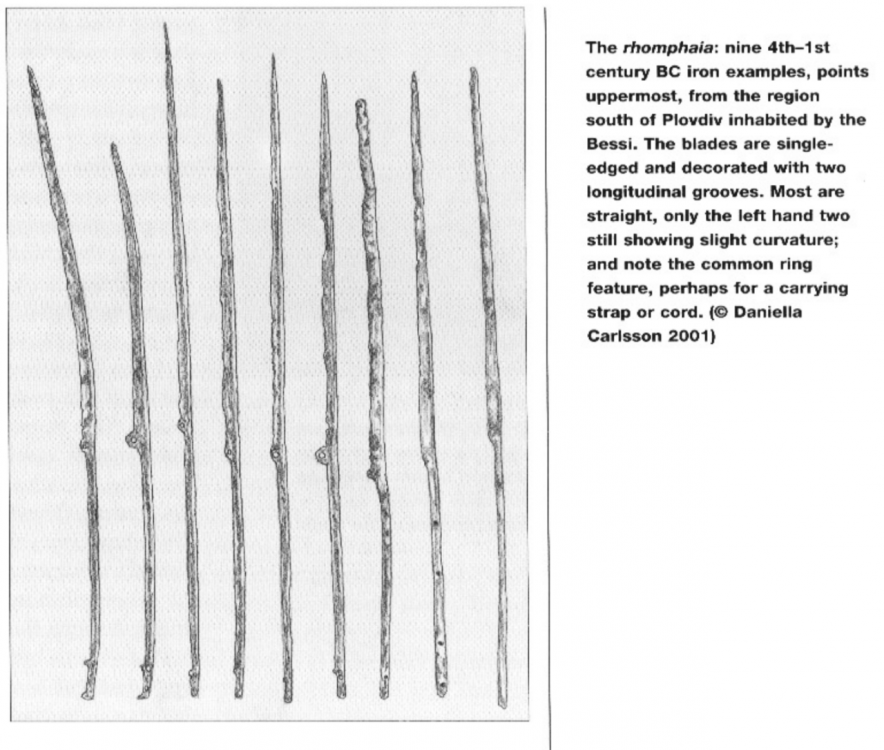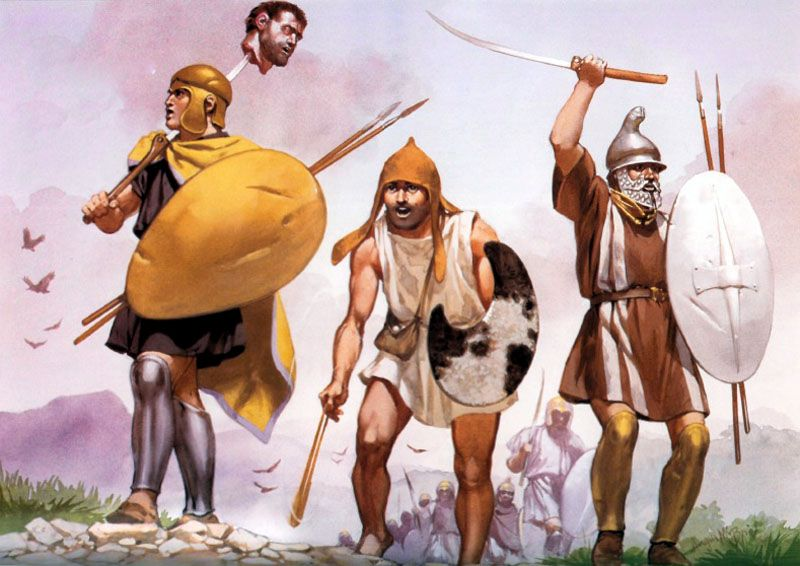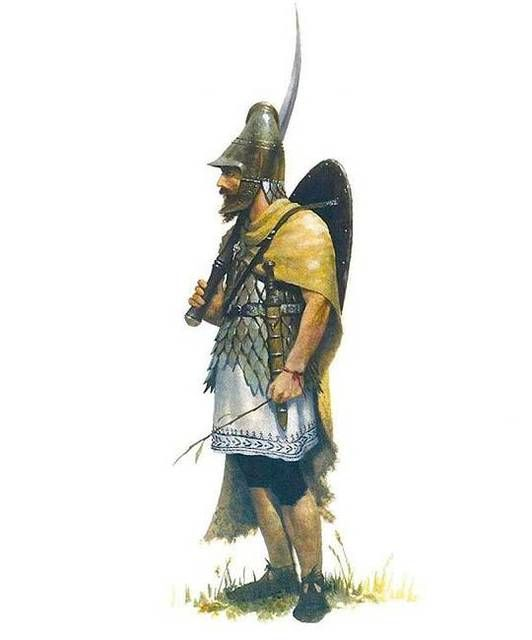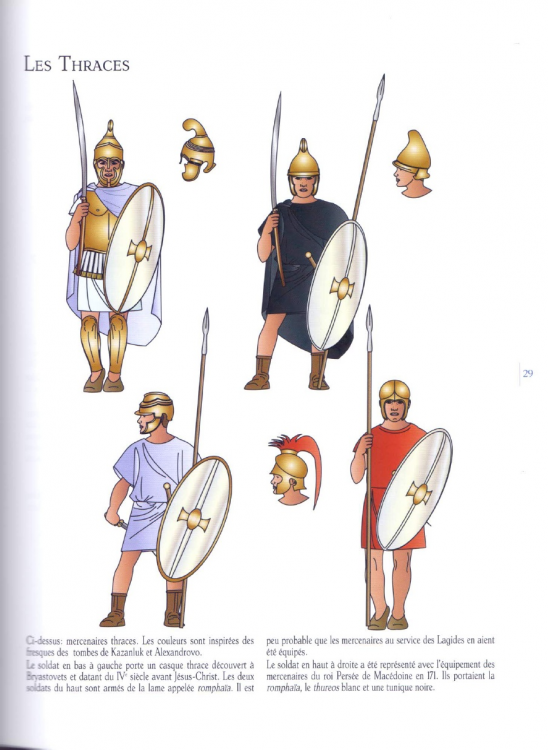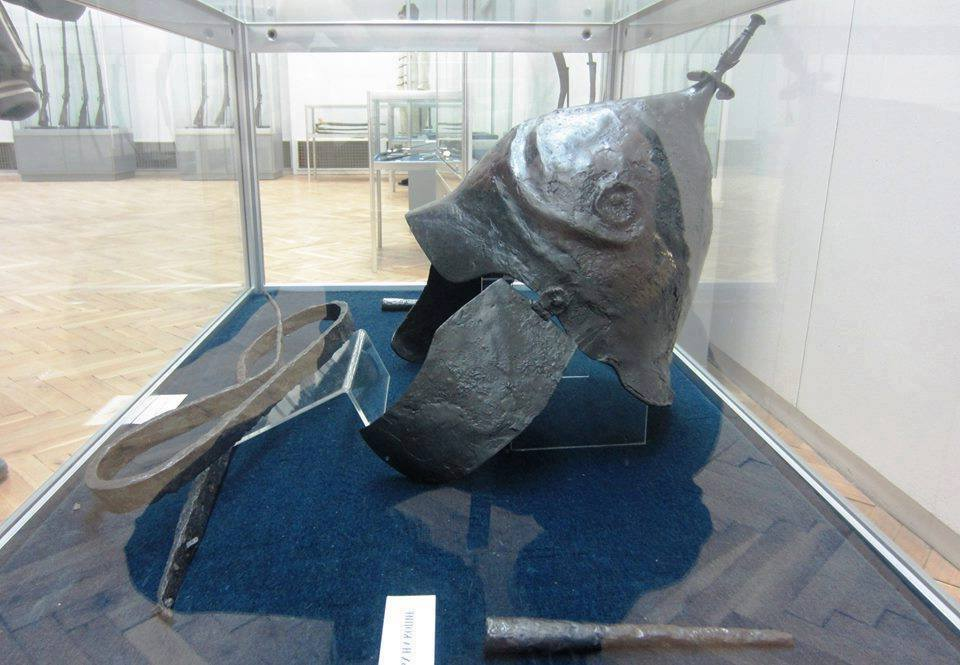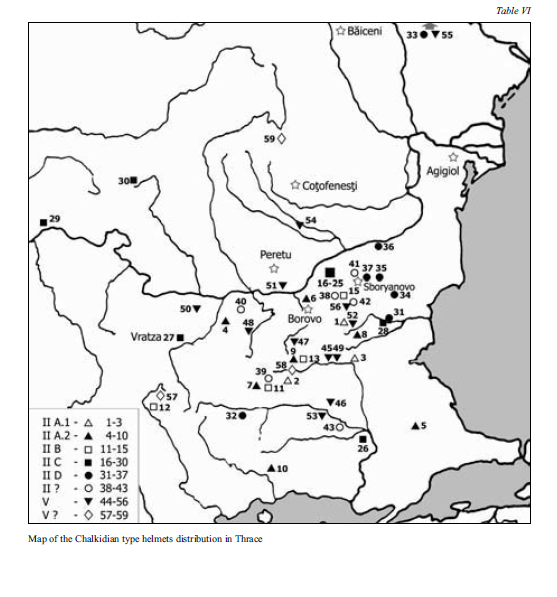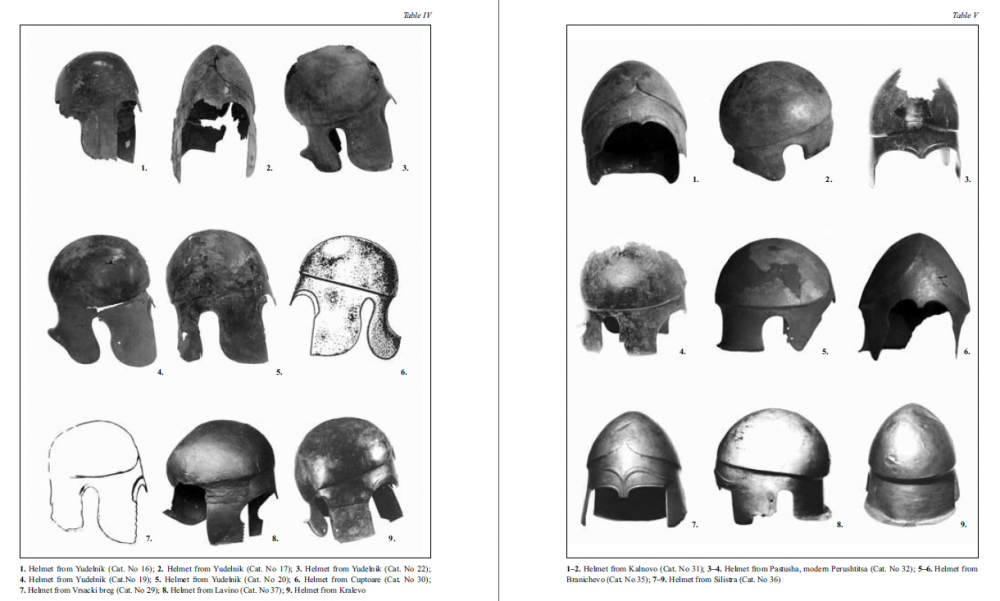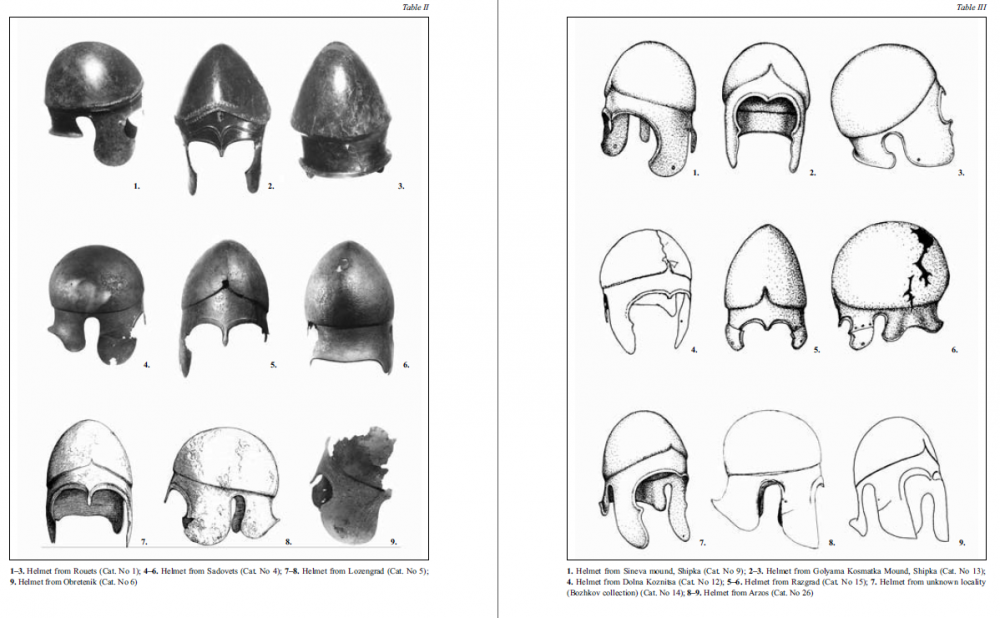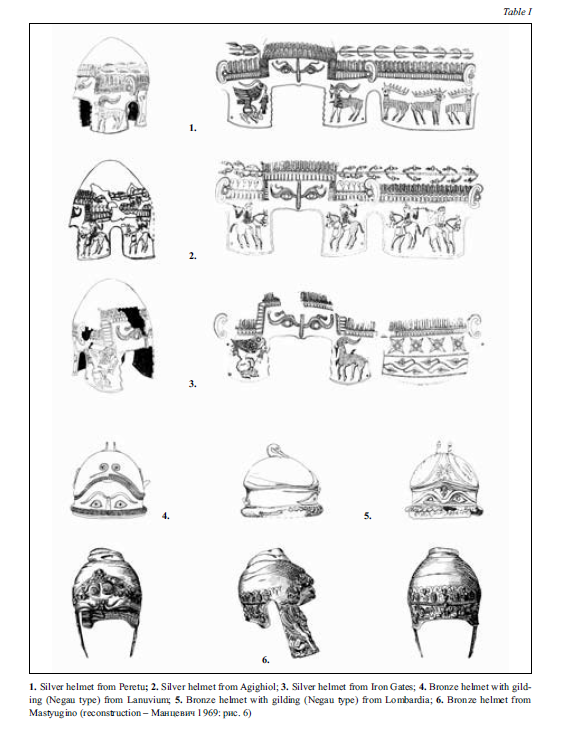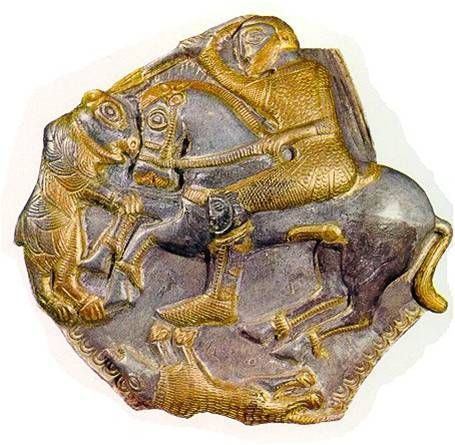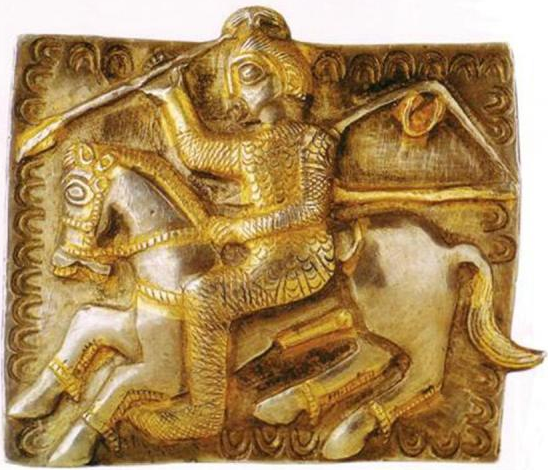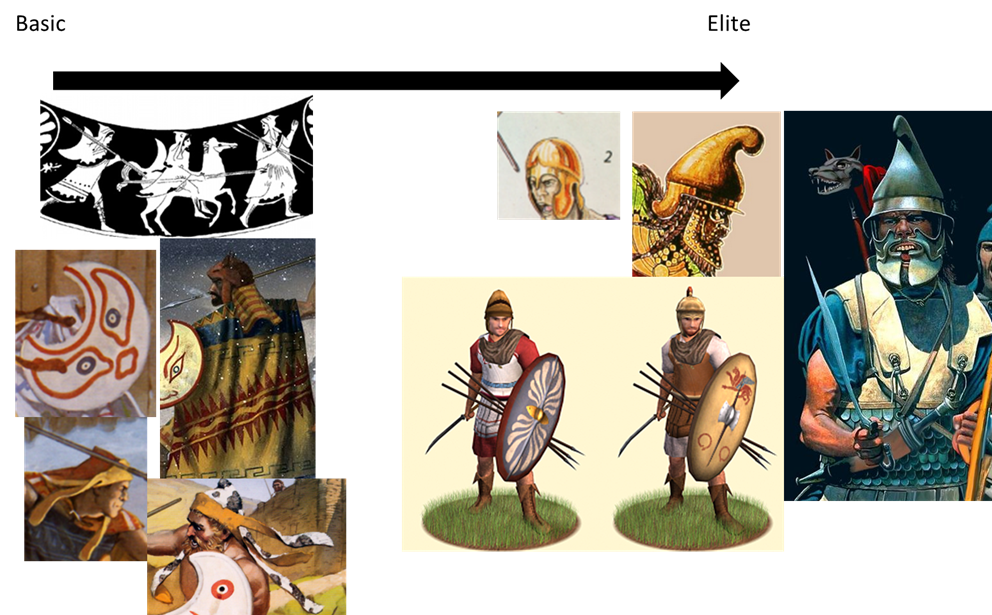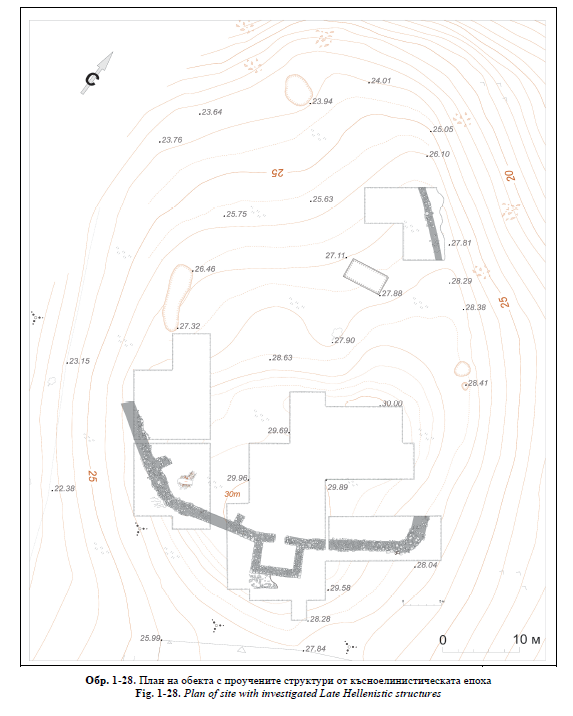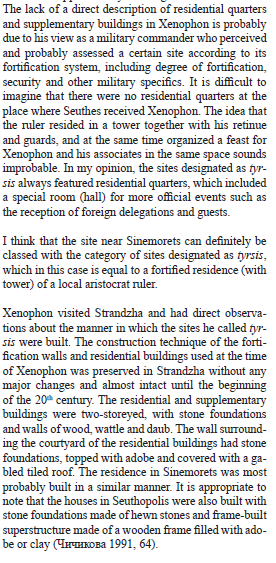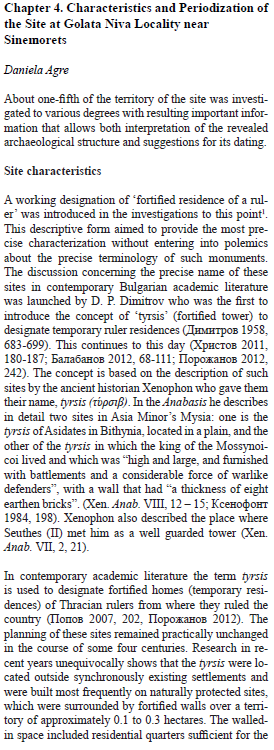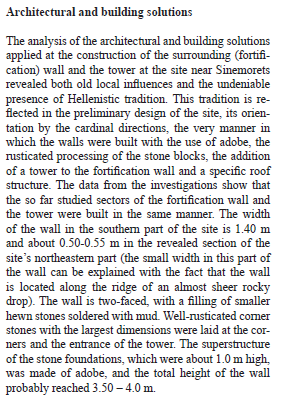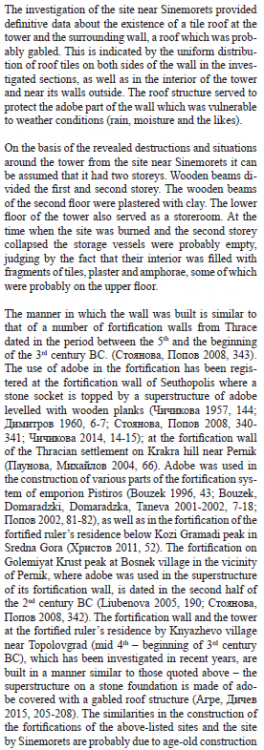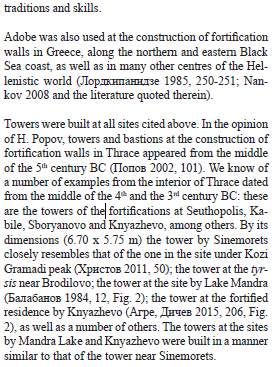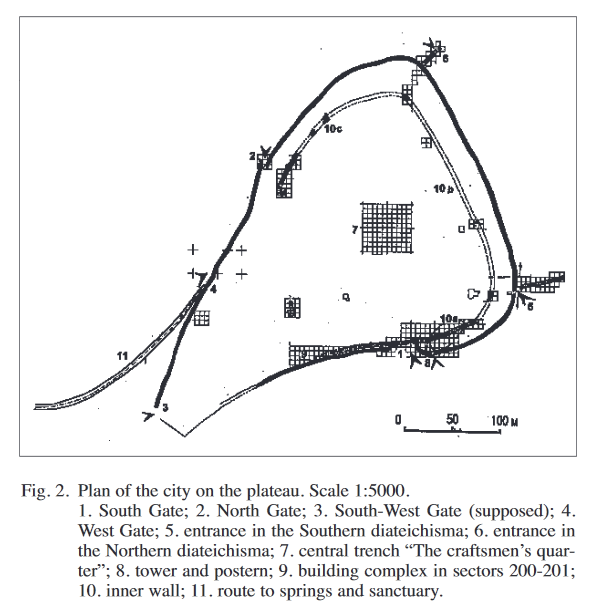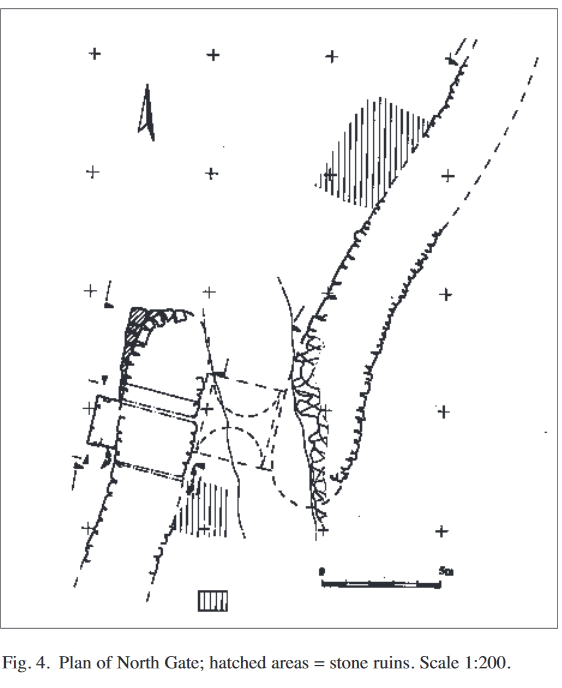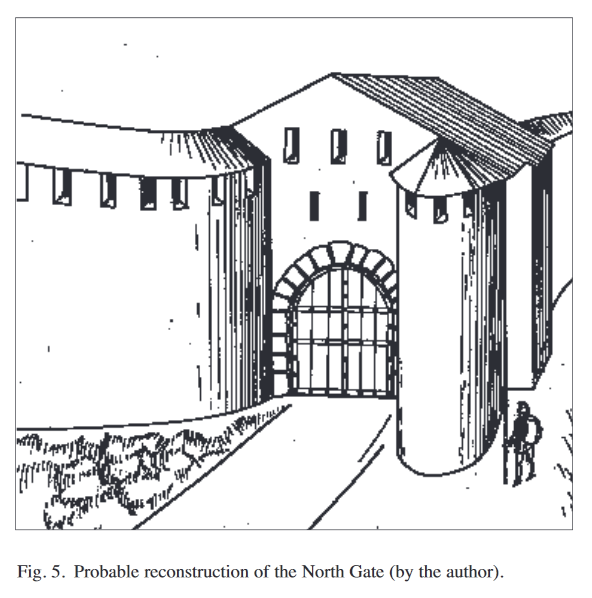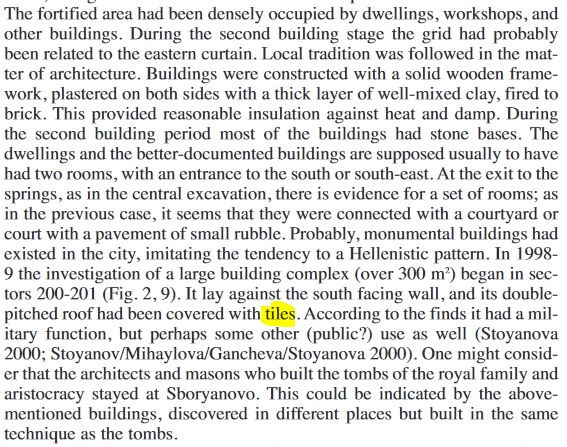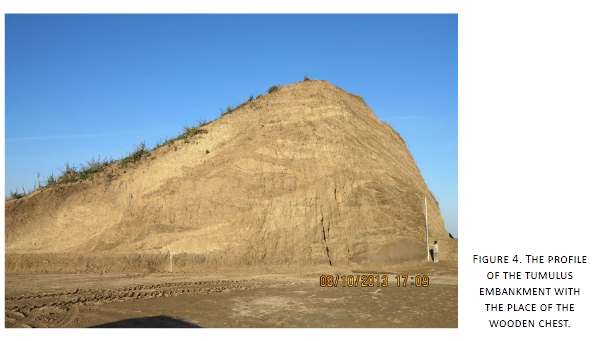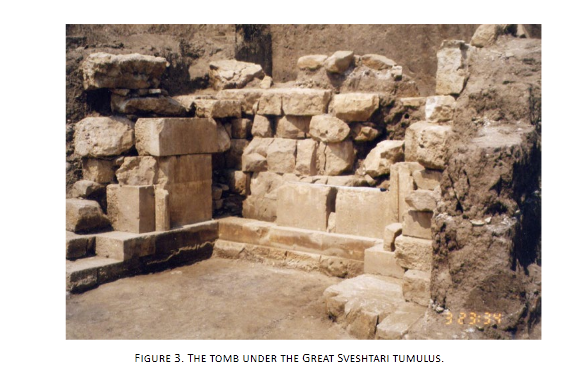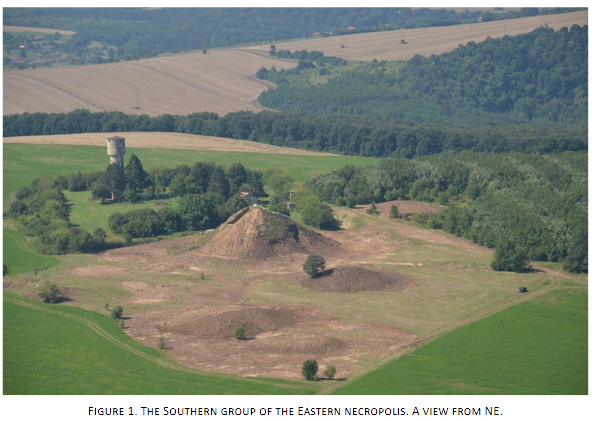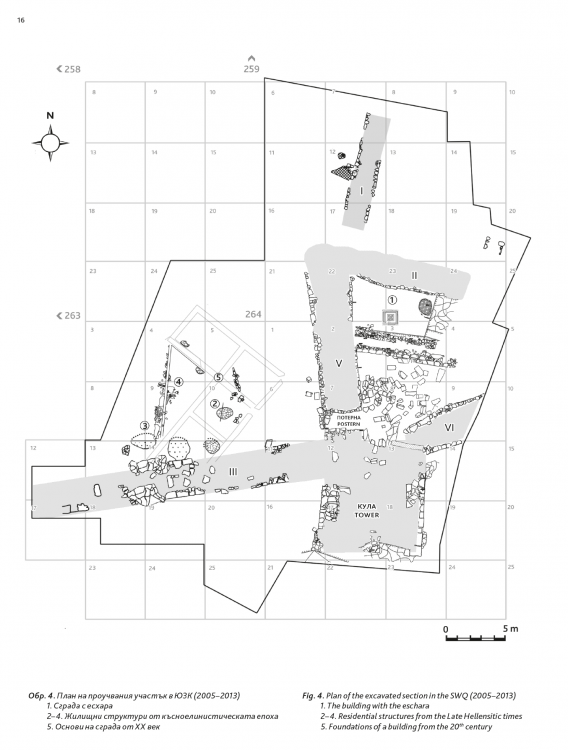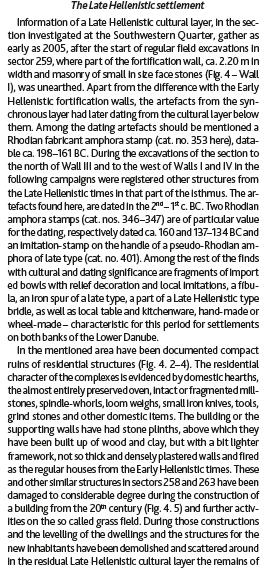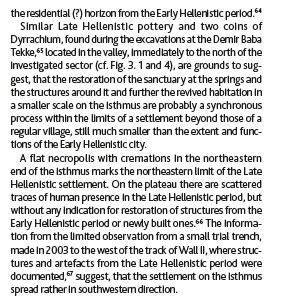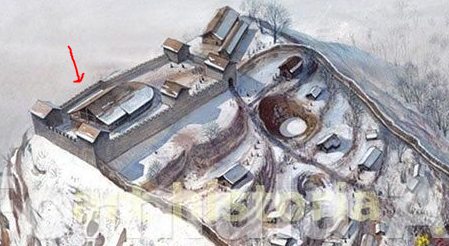Leaderboard
Popular Content
Showing content with the highest reputation on 2019-08-07 in all areas
-
Hello 0.A.D. Community, today i post this week work in Art Development addtions. Aspis Remake A new mesh fully 3D with less than 300 tris. Better quality Textures. First step is remake all the textures of the aspis shields with a better quality versions, leaving behind all the 128x128/64x64 textures. Factions: Ingame Colors: Handgrips/Back :8 points
-
5 points
-
5 points
-
3 points
-
3 points
-
2 points
-
Bump because I'm interested in this topic. In my opinion, it could be like this: Cattle should be bought with metal, perhaps about 50 for small animal and 100 for big animal Training time should be long, 1 to 2 minutes, to simulates cattle growth from baby to consumable Slaughter it immediately if needed or garrison it for trickle, just like @wowgetoffyourcellphone suggested. The trickle rate should be similar to grain gathering rate for one female. Trickle can be any resources, I think, to imply the cattle is used for milk/fleece/horsepower etc. Make cattle slowly lose health and unhealable. This is to prevent infinite trickle if garrisoned. So when the cattle has finished training, you need to choose between slaughter or garrisoned This is I think not much different from fattening system, but with less code work. It should be used as an alternative to fields with similar gain but different mechanics.2 points
-
2 points
-
2 points
-
1 point
-
Sure, why not In that case, perhaps you could also create an heroic figure-of-eight shield, if you have some spare time?1 point
-
@azayrahmad i love all you said in the last post but im a singleplayer guy so... Does IA work in this mod?1 point
-
City Building Mod: Building Aura This is Phase I of my city building mod that focuses on improving building auras to simulate city-building. Download the latest version here on GitHub. Overview Base-building is one of the main parts of RTS games, including 0AD. However because of 0AD focus on combat, base building mostly revolves around build order, with building placement is usually optimized for resource gathering and defenses. The resulting city layout becomes strategic but unrealistic. Civic center surrounded by farms, houses built in countryside as walls; these are strategically viable but not realistic nor historically accurate. This mod attempts to bring realism of city planning to 0AD, to encourage careful building placement. Features Fluctuative Population With this mod, population cap is no longer based only on how much house you built, but also where you place it. Every single building in 0 A.D. has been revamped with new aura effects that influence desirability of its nearby area, simulated by house population. This means that a house built next to a civil center supports more population than a house in country side. Building a military base beside it will reduce the population even more. This will encourage you to find a good place to construct houses, just like a city planner would. Every building costs population to run, and default house population has been reduced by half to keep it spicy. Production Chain Imagine how a soldier got his weapon. Wood and metal are collected in the storehouse, then they will be brought to blacksmith to be forged, then they will be received by the soldier at the end of his training. If all of those building are very close together, the soldier doesn’t have to wait too long to receive his weapon. This mod emulates such situation by giving effects if the buildings are nearby. Storehouse fastens nearby blacksmith’s research, and blacksmith fastens nearby barrack’s training. By arranging the buildings in specific way you can optimize your barrack to pump armies as fast as possible. Infrastructure Units are also affected by this mod. In real life, in the area where a city center stands, roads and other convenience are made to anticipate crowd of people running around. This mod simulates this by giving units speed boost while walking around the city center. Putting your storehouse right next to a mine also gives gatherers one extra resource to bring back. Mix and Match Since every building influences another, there are bound to be some compromises. Barrack will reduce nearby house population, but house will fasten barrack’s training, so if you need soldiers fast then you can build them next to each other at the cost of one population. There are so many possibilities. Experiment and discover your ultimate city that serves your strategy to conquer the world. Improved AI Now AI has been taught basic lessons on city planning. Beware that the nature of this mod allows AI to optimize this and might get surplus population early if you're not careful. The city pictured above is not my creation, it's purely built by AI with tremendous efficiency. New update also reduced default house population to nerf the AI because it was just that good. Installation Mod is available for download on mod.io (waiting for moderator's approval). It is available both for Alpha 23 and Alpha 24. Simply download the one compatible with your installed 0 A.D. version. Extract the entire content into My Games\0ad\mods\public folder and enjoy. Alternatively it is available for download at GitHub. Choose the branch according to your installed version and download. As I am not well versed in modding nor I am in history, please let me know if you think the modding could be improved or if it can be made more historically accurate. Enjoy!1 point
-
While cattle and sheep were not primarily used for food production, there isn't anything to represent those resources, which makes that kind of abstraction fair enough in my opinion. What I don't like about training animals at corrals is how micro-intensive it is for very little in the way of enjoyment. It's basically a grinding mechanic. Having the animals spawn from the building would be a much better alternative to me, but the training was initially considered only placeholder use for the building anyways, which probably warrants just scrapping training altogether. I do like Nescio's idea about auras for specific animals garrisoned.1 point
-
Thanks!, the actual textures have a black siloutte in each symbol that siloutte don't help the symbol look authentic. For example see lambda compared to athen elite symbols1 point
-
Nice work! I really like how natural the painted symbols look, it makes it look very authentic.1 point
-
1 point
-
1 point
-
This doesn't look familiar to me. Have you tried logging on recently? @elexis1 point
-
1 point
-
Thanks for be me , lol. But st last we are like the scholar guy.... Some kind of Hellenistic early... When I saw , I think in our Thracian mod.1 point
-
"Look how I denounce you, bro." A phrase born in the Argentinian community Taringa. We used it to annoy and say that a post lack of value or simply did not seem to us or we wanted to annoy the author. At that time users used the resign button to delete the post with a collective complaint (flagging). Then it was simply used massively. @Sundiata1 point
-
I don't want to be that guy, but if the only originality in the core design of the Thracians (or even Illyrians, Dacians etc.) is basically "Hellenistic... but in wood", I don't think it will be remarkable. For the moment I understand it is only a mod for the game, but if in the future it will be incorporated, I do not think it will fit within the others for quality.1 point
-
It would be great to have the Boeotian shield in the game, even if a bit anachronistic.1 point
-
They look very nice. And thanks for finding a ref for the pikeman.1 point
-
1 point
-
Thank you for the information posted, it looks very promising! Yes, having a complete and unique architecture set is imperative for any civilization—the Illyrians should get their own set. The Thracians already have a few structures (barracks, centre, corral, houses, temple, tower); they were committed by @Stan` a year ago: It's a start; hopefully more structure actors will be created in the same style.1 point
-
Ethanray just do that, ask ask ask everything, everything, go to best games in the lobby, copy the "build orders".1 point
-
1 point
-
1 point
-
A little bit of interesting and I can say quite balanced one. Elite Team: Pudim (Gauls, bbgotbanned (Persian), Landlord (Seleucid), Micky 1181 (Iberia) Chrstgtr Lead Team : Chrstgtr (Macedonian), KIMINCARNATE 1316 (Macedonian), Dizaka (Gauls), servo (Iberia) Chrstgtr is facing Landlord on the west and Pudim opposite Dizaka on the east. bbgotbanned is closer to Landlord and a looming double is undeniable. I can say Elite team is a bit OP and from the very beginning it was obvious that civilization wise they are better with bonuses. Landlord raided Chrstgr and constantly doing it and kind of neutralized him. Pudim took some Dizaka"s women and slowed him down a bit too. At this moment it seems that our frontlines are in real danger. And as soon as bbgotbanned built a second CC near Chrstgtr border and send his rams while Chrstgtr is still in P2, then simultaneously Pudim begins attacking Dizaka things become unfavorable for our team. Pudim reduced Dizaka population to almost below 100 while could barely manage to defend. KIMINCARNATE sent his troops to partially quell the onslaught on the western front and I sent forces to Dizaka to at least slowed down Pudim. I slowly trained some firehorses and managed to help a bit on both flanks to destroy destroy attacking Rams while Chrstgtr is building sieges. commands.txt metadata.json1 point
-
1 point
-
@Freagarach, thank you for the explanation and examples. (Perhaps it should be added somewhere in the trac wiki?) I think I now understand how it works and why <Gender> was replaced. I'm not sure phenotype is the most appropiate term, but I can't think of anything better, so I won't complain about that. I'm not sure, but I suppose the lion and lioness templates could now be merged. (And it would be extra nice if someone would create a lion cub actor—note that they have spots!)1 point
-
Overview of the Thracians (I will edit this post through time to update the thing when I have the time): The Thracians are a mysterious group of different tribes, often mentioned in ancient sources and commonly known for their mercenaries but it is difficult to get a proper picture of what was the Thracian culture and how they lived. First, what are the Thracians? This is in fact an important issue because there are contradictory definitions depending on the point of view adopted. The most common definition is administrative, the limits of Thrace is based on the Roman divisions of their territories and the Thracians are simply the tribes living in this region (see the map below). This is good enough because most of the historical tribes are indeed in this region. But if we look from the point of view of the languages, there are connections between the Thracians and the Dacians and between the Thracians and the Illyrians. It seems that the case was ambiguous enough for Herodotos to conclude they are one of the most numerous population and most of the barbarian tribes north of Greece were belonging to the Thracians. Even up to the Crimea in other accounts, notably including the Getai/Getae. However, there is indeed a sharper linguistic group in the South of Thrace related to the historical Thracians and to their material culture. This group correspond to the tribes in front of the Aegean Sea, like the Bessi and the Odrysai. To sum it up, the concept of “Thracians” was very wide in the oldest accounts and became narrower through time to become restricted only to the Southern Thrace. This follows the historical interactions of the Thracians with the Hellenistic world. Prehistory The beginning between the Greek, the Scythians and the Persians The Odrysian kingdom The remnants invaded Buildings and architecture Housing Xenophon (Anabasis 7.4) describes fighting in Thracian villages near Perinthus in 399. His comments on the settlements are vague, but are certainly consistent with the remains of small villages found at Vinitsa, Brestak, and Devnja. Vinitsa was a fourth-century hamlet of twenty or twenty-five one-roomed rectangular wattle-and-daub huts. The roofs would have been pitched and made of thatch. The huts ranged from 3×3 m to 4.5×4.5 m, and most were “Halberdhütten,” in which the floor level inside the hut had been dug out some 30–90 cm deeper than the ground level outside, to give more headroom. Most huts had a small internal hearth in or near one corner, and an oven built against an outside wall, often under a simple lean-to. There were numerous round pits, some for garbage, but most for grain storage. These villages would have had 100–200 inhabitants. There were also some bigger and longer-lived sites, such as Shoumen, which was partly protected by double stone walls; and recent work at Adjiyska Vodenitsa (an emporion called Pistiros) has revealed houses built from monumental stone blocks. This site was bigger than Shoumen, and may have been a princely seat within the Odrysian kingdom (while being as well a commercial center for the Greeks). There had been Greek cities on the Black Sea coast at Apollonia, Mesembria, Odessos, and Histria since Archaic times, but most Thracians went on living in tiny villages. As with the handmade pottery, it was only in Hellenistic times that traditional ways changed significantly. Philip II founded cities at Beroe, Kabyle, and Philippopolis in 342/1, and Aegean-style urban life began to penetrate Thrace. Late in the fourth century, the Thracian rebel Seuthes established Seuthopolis. This small town was filled with very Greek-looking large courtyard houses, but they were organized around a distinctively Thracian palace complex. The houses had mudbrick walls on low stone foundations, faced with plaster on lath, and tile roofs. In the third and second centuries, the kind of villages Xenophon had seen became less common in southern Thrace. Cannot find any sketch of these huts described above so here some random Iron Age examples of pit-house and wattle-and-daub houses (up to 3D artist to do whatever he wants from the description): Pistiros - Adjiyska Vodenitsa "Seuthopolis provides a good example of a manifest regularity, repeated in many settlements that become prominent political centers and seats of members of the high aristocracy; developed quickly, often without continuity with earlier settlements in the same locality, within a short time they become central in the settlement hierarchy. Many such sites, however, lose their importance equally quickly or come to an end, as their livelihood was evidently closely bound to that of their founders and the political structures created by them. The duration of settlement occupation at Vasil Levski, Krastevich, Seuthopolis, and Sboryanovo was brief, ranging from a few decades to slightly more than a century. In the last decade, in fact, the issue of whether or not some of the settlement forms widely distributed throughout Thrace ca. second half of the 1st millennium bce were in fact royal residences has undergone an important development. Various ancient authors mention fortified small places, “thyrseis,” that have been interpreted by modern scholars as towers or residences which served as “permanent homes of the Thracian aristocracy” or a “typical kernel of urbanization in Thracian settlement life” (Fol 1970, 166–168, with summary of the ancient sources). For a long time, this specific element of the Thracian settlement structure has had no convincing archaeological counterpart or, alternatively, the architectural complex excavated on the shores of Mandrensko Lake near Burgas was cited as a unique example (Dimitrov 1958; Balabanov 1984). The recent discovery of the residences near Kozi Gramadi (Khristov 2011, and earlier publications cited), Smilovene (Agre and Dichev 2010а, 214–217), Sinemorets (Agre and Dichev 2010b, 217–219), and Knyazhevo (Agre and Dichev 2013, 143–145) have revised this picture and confirmed the ancient sources. These compact architectural complexes are characterized by monumental architecture and often fortification; Knyazhevo is at present the only exception. On the other hand, the investigations at Sinemorets demonstrate that this settlement form, specific to Thrace, was in use not only in the heyday of early Thracian states, between the fifth and the first half of the third century bce, but also during the later stages of the Hellenistic period. [...] Undoubtedly the most prominent manifestation of centralization processes and stratification in the settlement system of Thrace arrives with the emergence of political capitals – the leading urban centers of various Thracian political formations. If southern Thrace has yielded the example of Seuthopolis, for northeastern Thrace such a role is played by the Getic city research has enabled some investigators to identify the Thracian settlement in Sboryanovo with Helis, the capital of the Getic ruler Dromichaetes – a political opponent of Lysimachus (Delev 1990; Stoyanov 2000b; Stoyanov in press, cf. Chapter 5). The image that the city boasted during the end of the fourth and the beginning of the third century bce corresponds to its leading position within the strong Getic state developed on both sides of Danube. In the fortified area of the settlement both residential and artisanal neighborhoods existed. Recent archaeological data show that, in the southwestern part of the fortified section of the city, the remains of a basileia – an internal quarter in which the ruling aristocratic elite resided (Stoyanov in press) – can be identified. Numerous residential neighborhoods and other urban areas of commercial and manufacturing character were located outside the city walls, with the total area of the city exceeding 30 ha. Archaeology shows that the city was destroyed by an earthquake in the middle of the third century bce. Attempts to resurrect it failed to restore its previous role. The site at Sboryanovo does not seem to have followed in its development the main trends outlined on the basis of the settlements of higher rank located in southern Thrace. The site’s excavator rightly notes that, in its development of the individual elements of its urban character, architectural forms, and construction techniques, the settlement diverges from the rules of Greek and Hellenistic architectural features, which had been directly imported in some centers south of Stara Planina, but rather shows a regional variation of local development (Stoyanov 2006; Stoyanov in press)." Sinemorets For the fortress of Shumen, this is a place occupied for a very long time and most of the construction are actually medieval I think. A picture of the site is not useful in our case. I starting to understand why there are so little information about these fortresses: here, here and here. Nationalist fantasy everywhere Sboryanovo: Royal tombs (possible civic center or temple): Greek temples in Thracian towns (possible use as a temple?): Royal palace of Seuthopolis (inhabited between 325 to 281 BC): Walls and fortifications: Getae sanctuary: Dacian sanctuaries (actually they are not similar to the Getae and Thracians): Rock-cut monument: Roster: Early Peltast/Akontistai or Highlander Thracians (Triballi, Dii, Serdi, etc.) as described by Xenophon: Archers: Dii swordsmen/machairaphoroi (highlander Thracians): Noble spearman or Noble spear cavalryman: Light cavalry: Light noble cavalry: Getae Horse archer: Celtic influenced Noble Thracians: Armor: Artillery and fortifications: rhomphaia infantryman: "They were tall men armed with white shining shields and greaves, underneath dressed with black chitons, swaying on their right shoulders raised upwards heavy iron rhomphaias." - Plutarchus "And the Thracians could not even use their rumpias here, which, being too long, intertwined with the stretching from everywhere tree branches." - Livy1 point
-
1 point
-
Meh. I prefer a more comprehensive approach from a gameplay perspective. Like AOK monasteries and "relics" vis a via "gold" resource, 0 A.D.'s relics would be horses, sheep, cattle, goats, etc. that you capture and garrison into the corral for a food trickle (or other benefit, specifically horses and camels).1 point

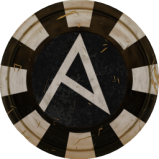



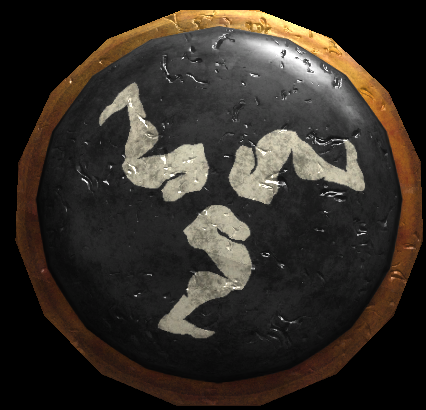
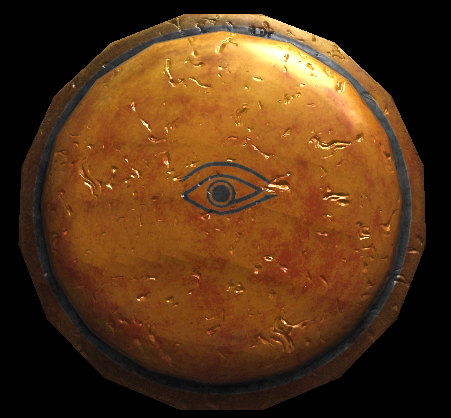
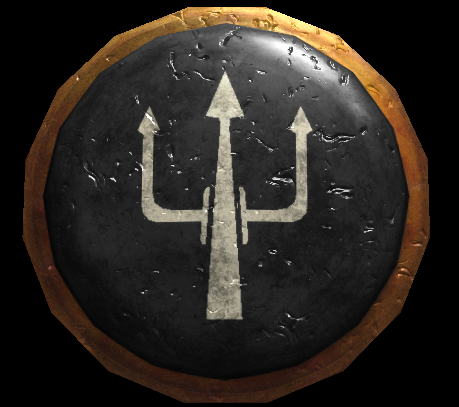
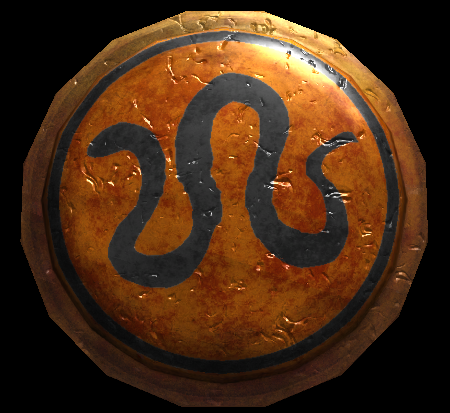
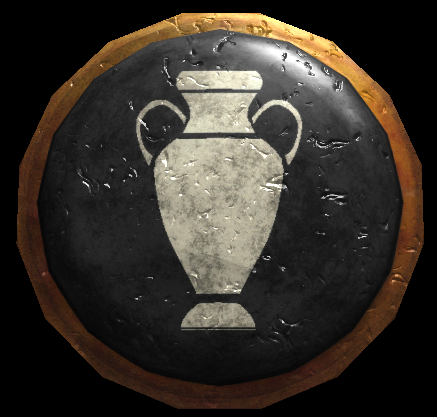
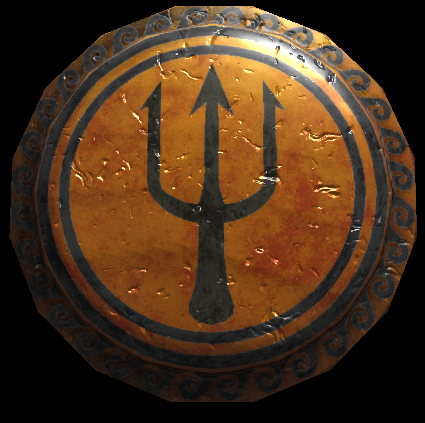
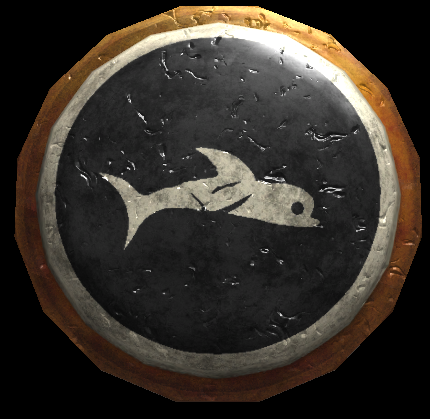
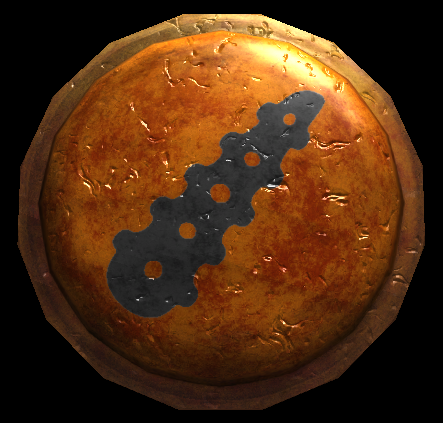
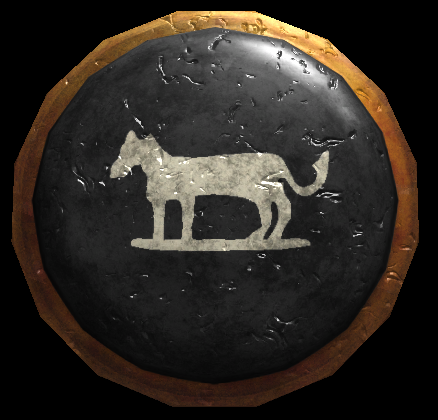
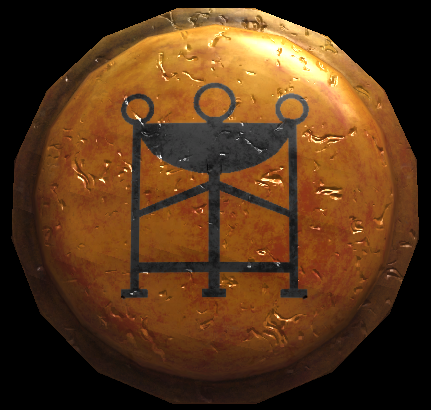
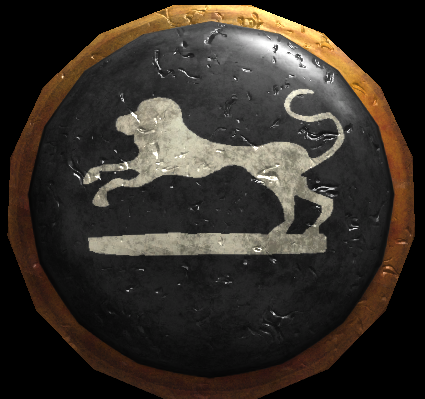
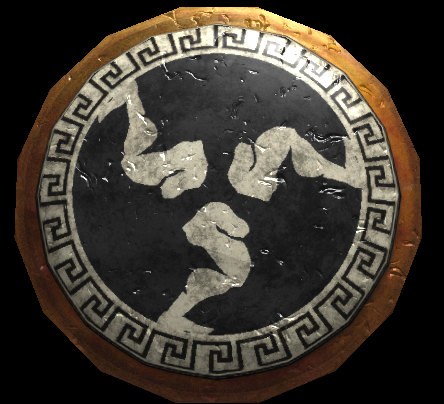
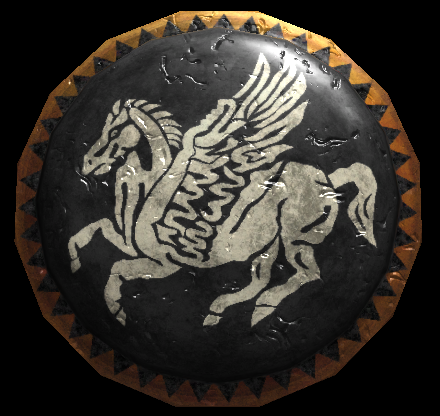
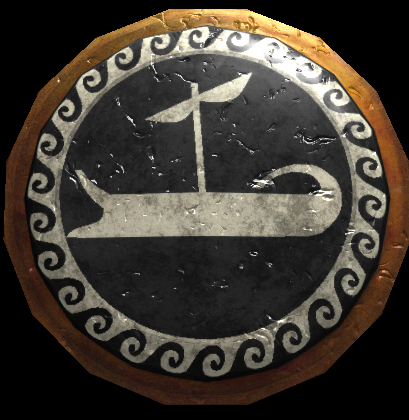
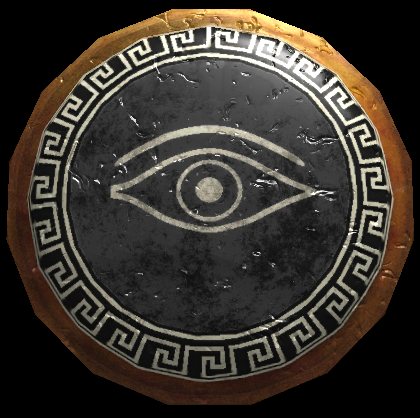
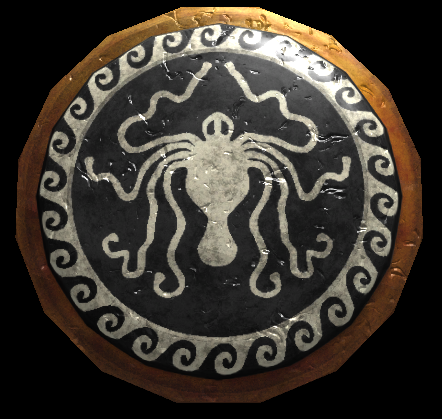
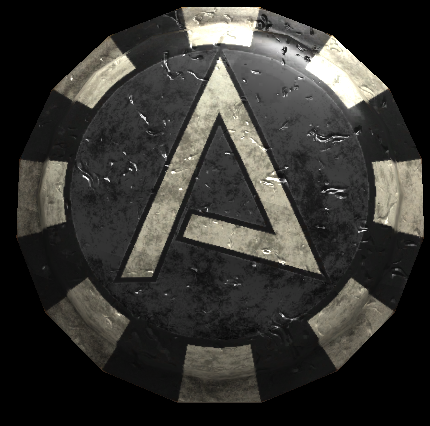
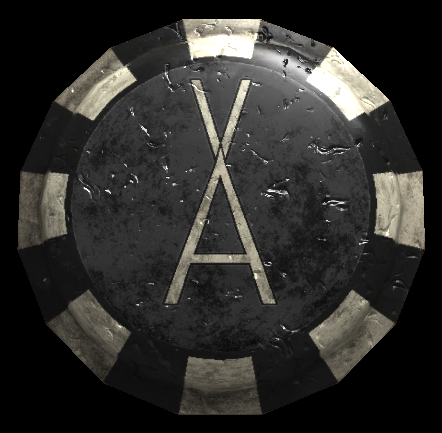
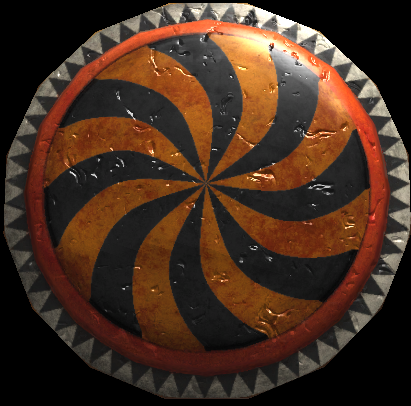
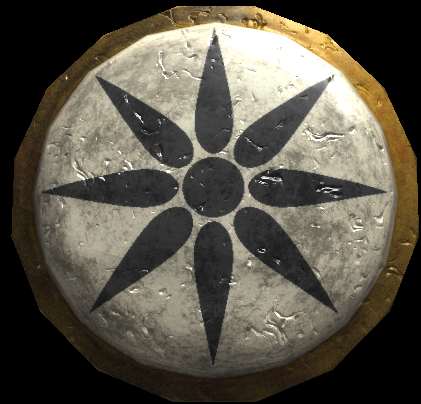
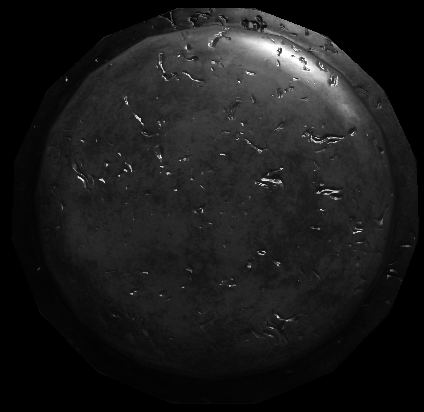
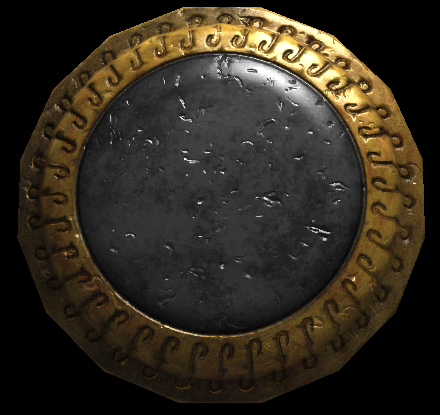
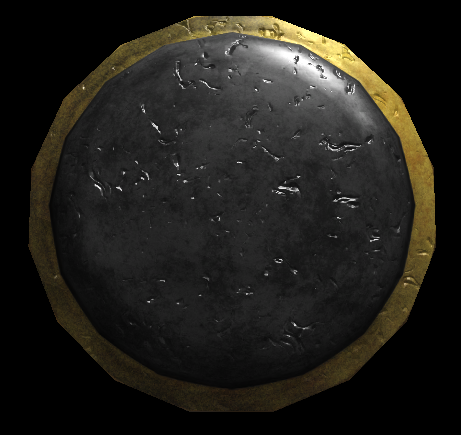
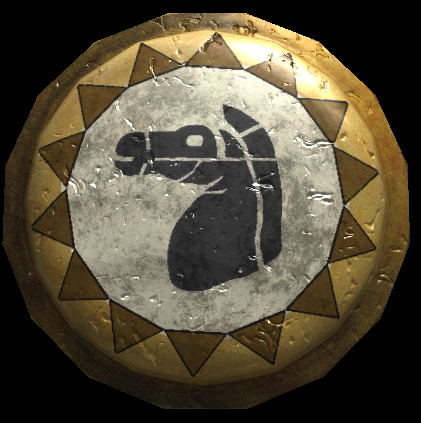
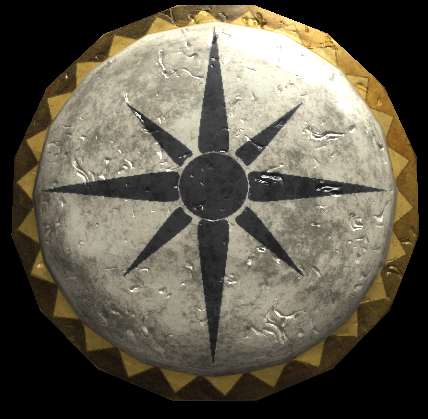
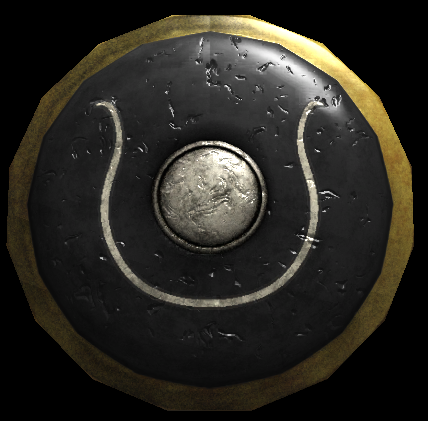
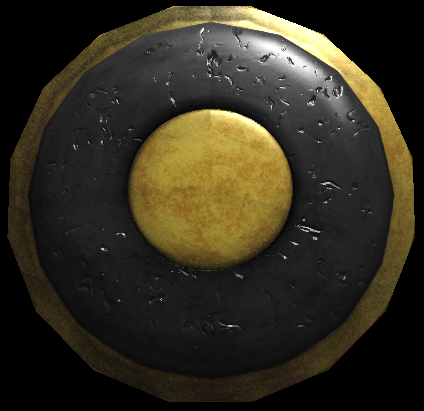
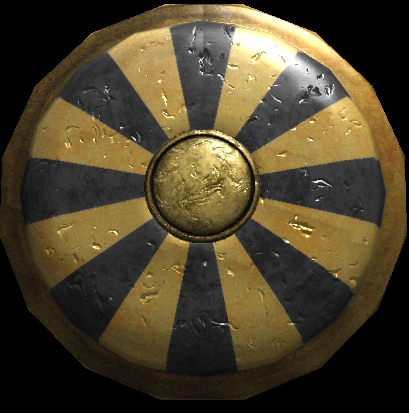
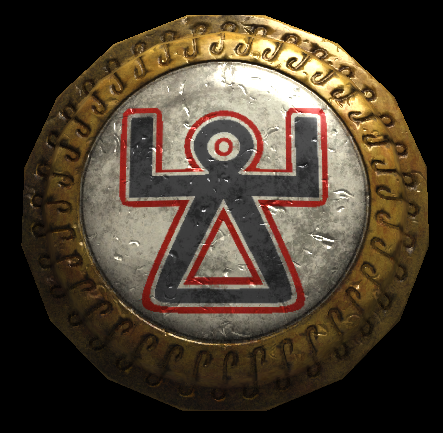
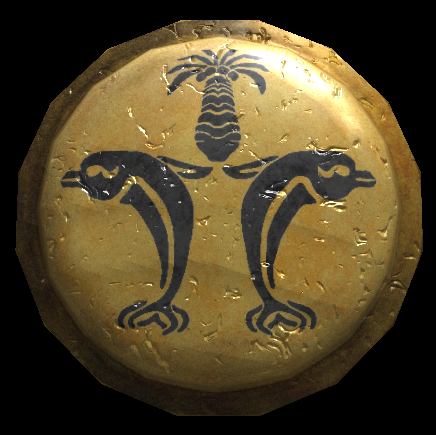
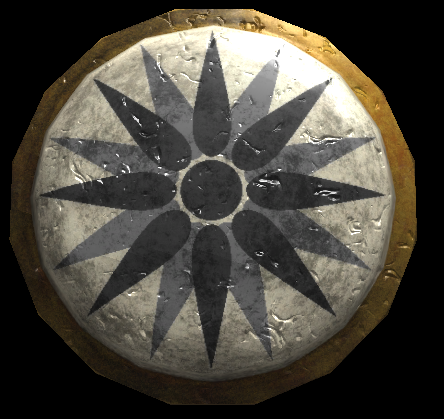
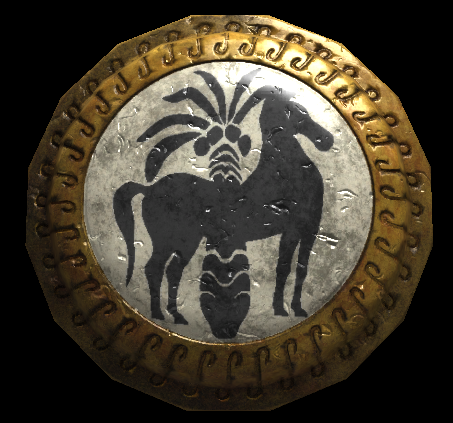
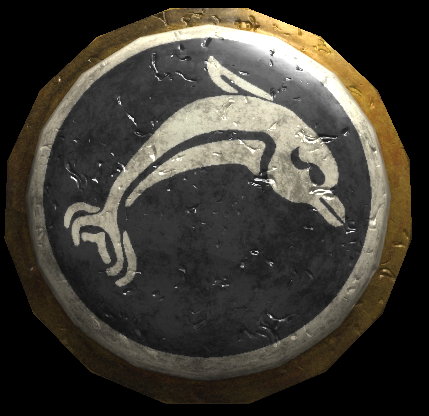
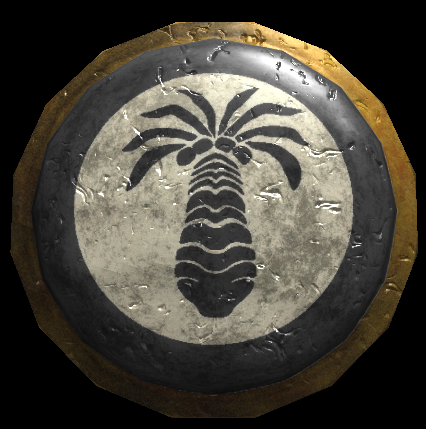
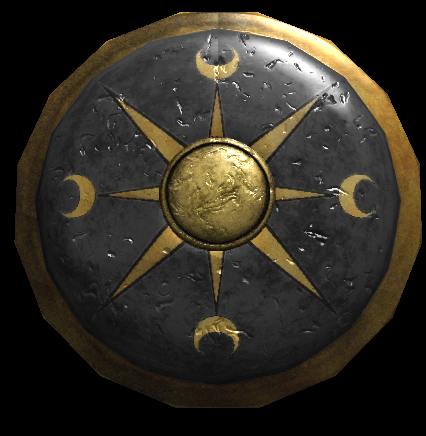
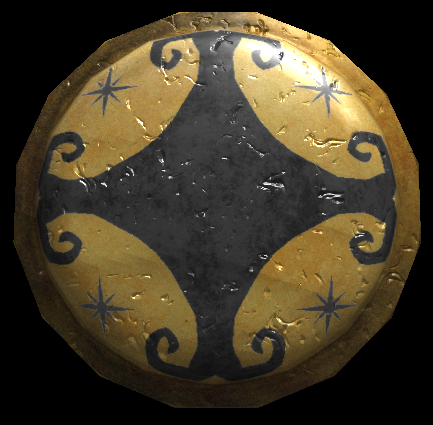
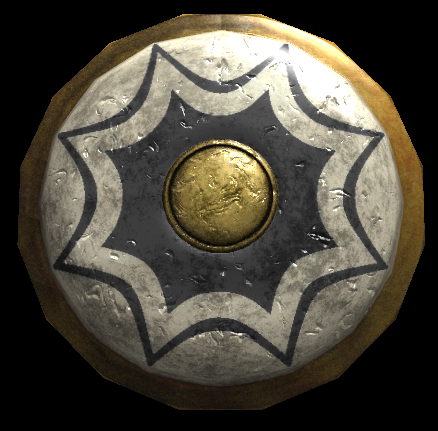
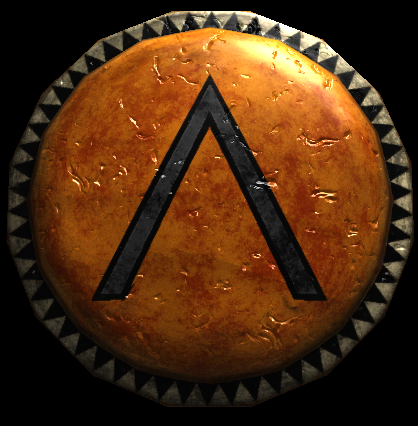
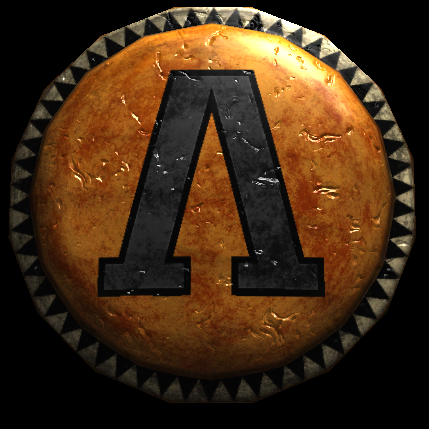
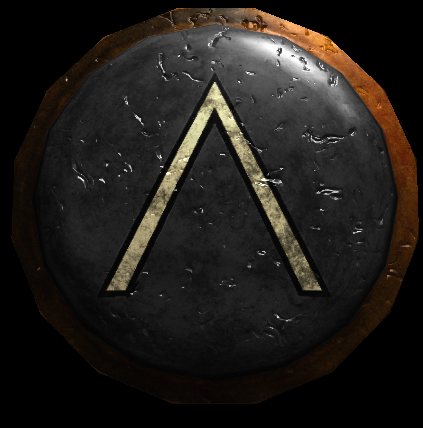
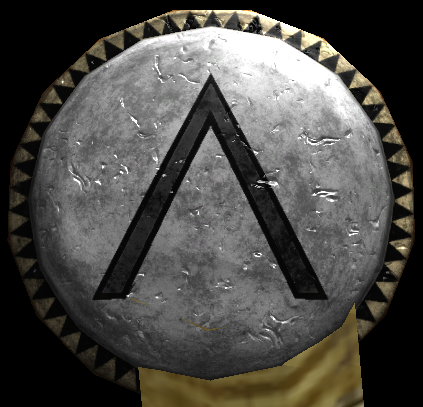
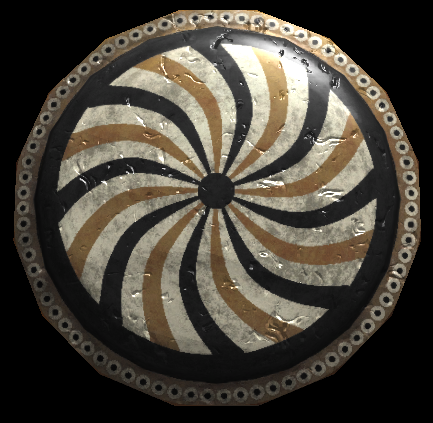
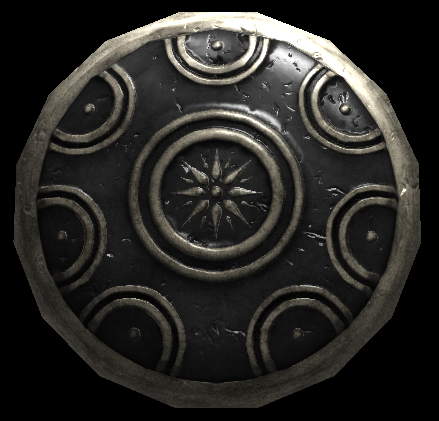
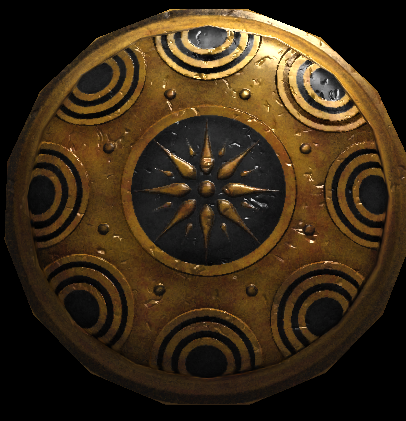
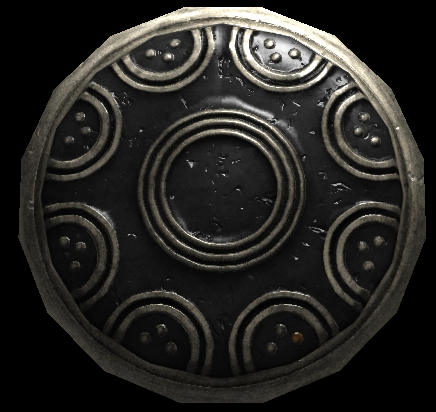
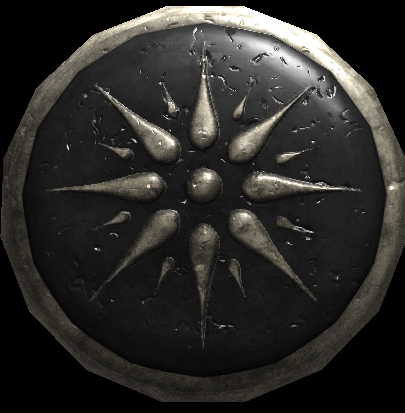
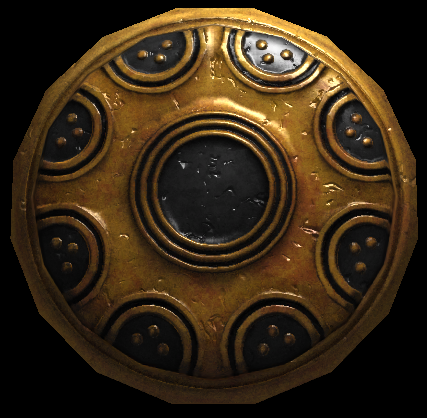
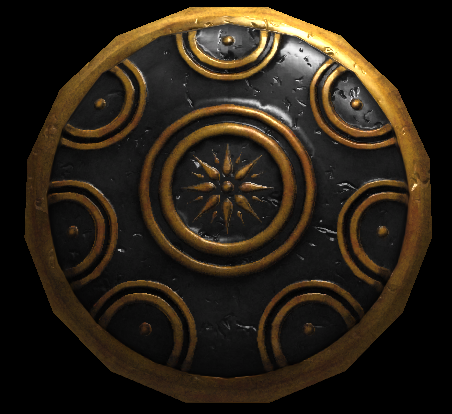
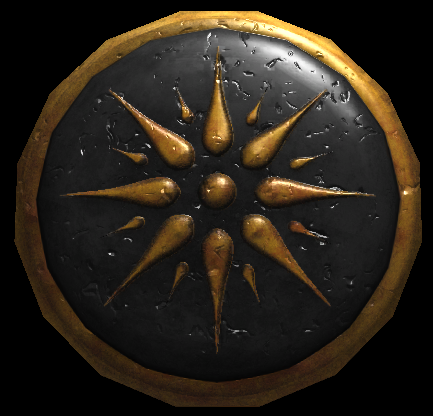
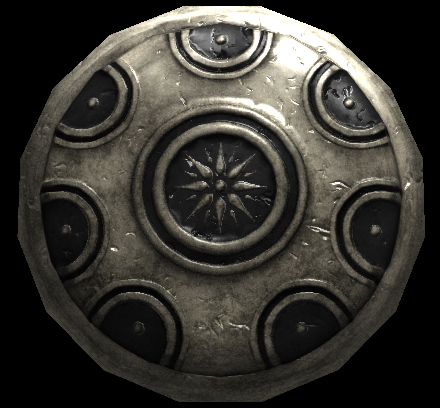
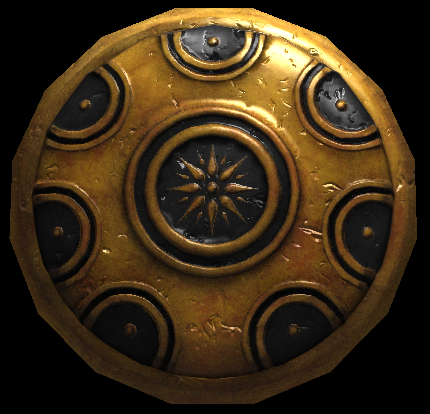
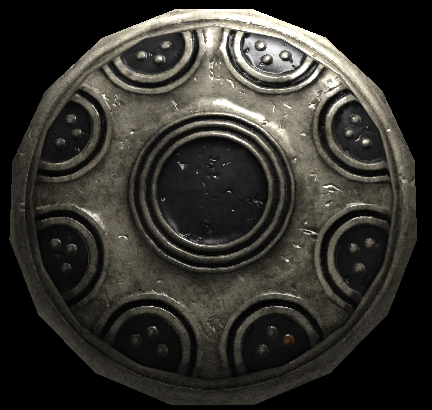
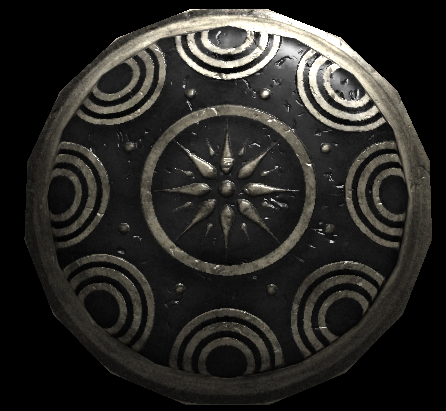
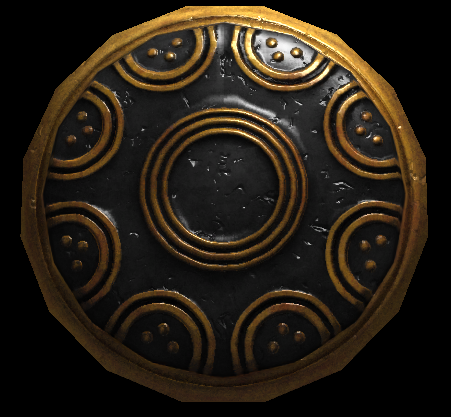
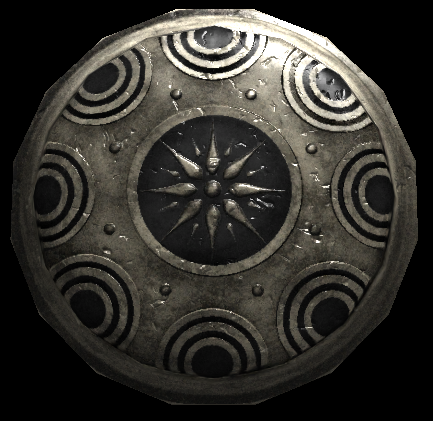
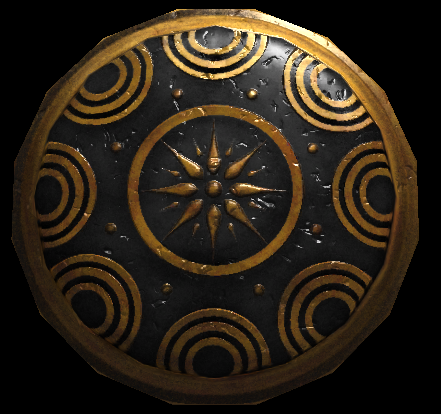
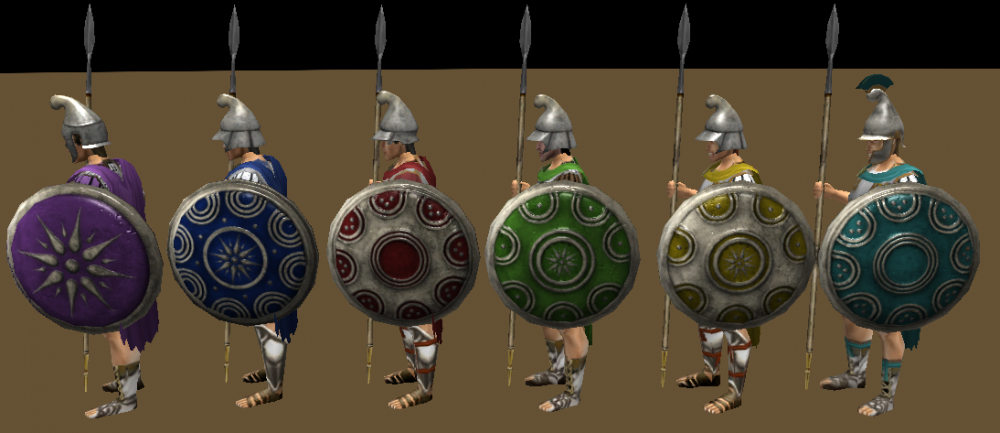
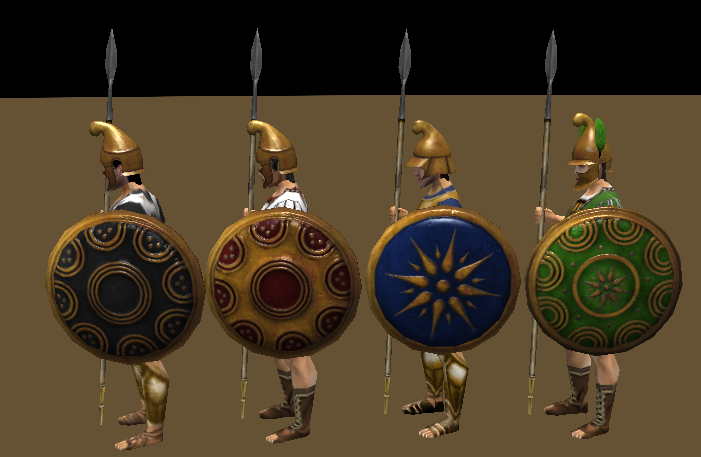
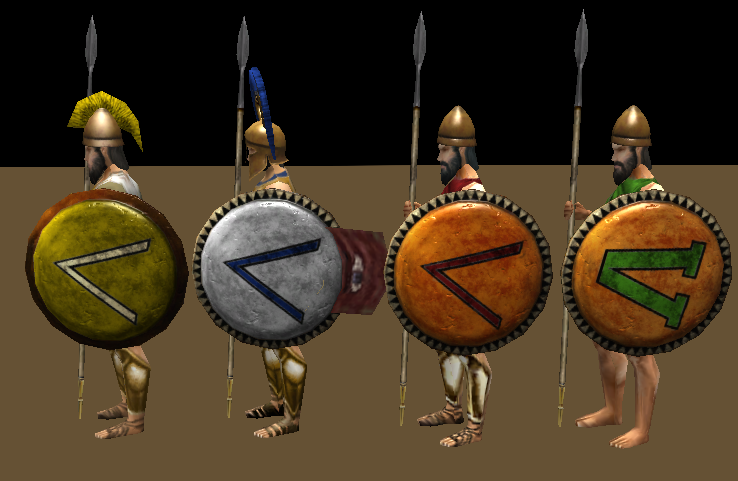
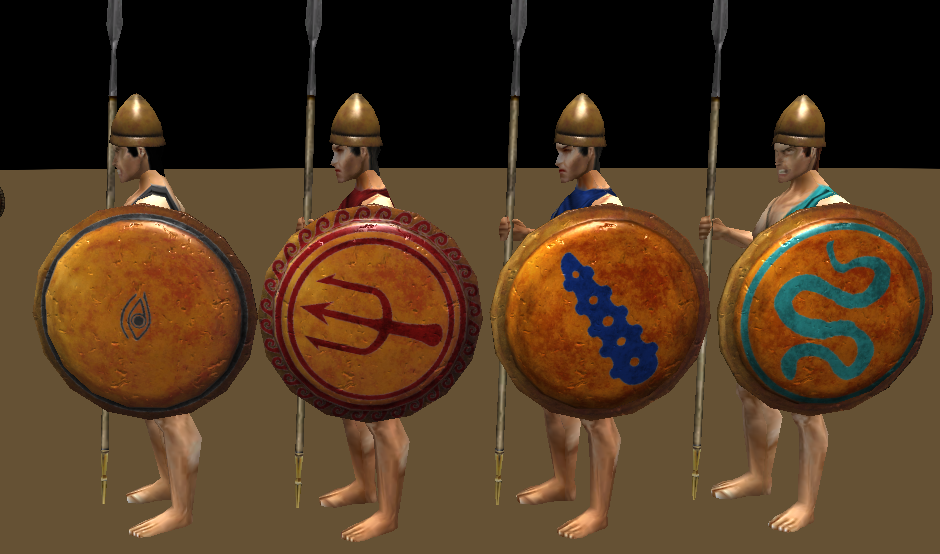
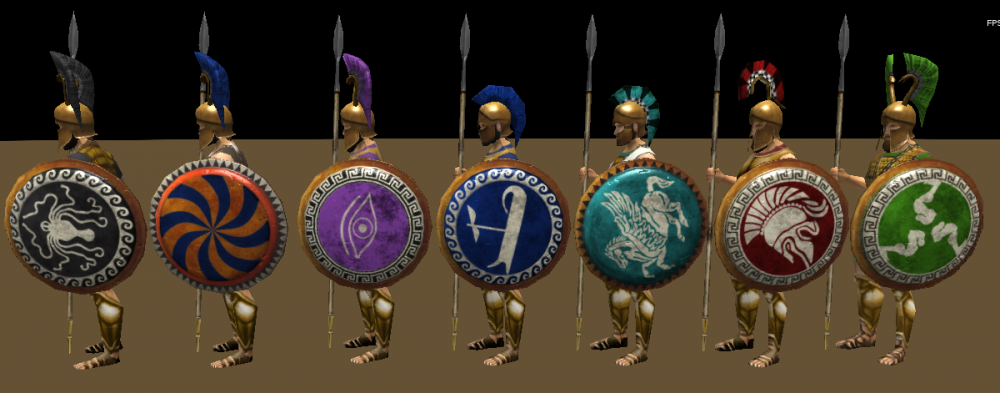
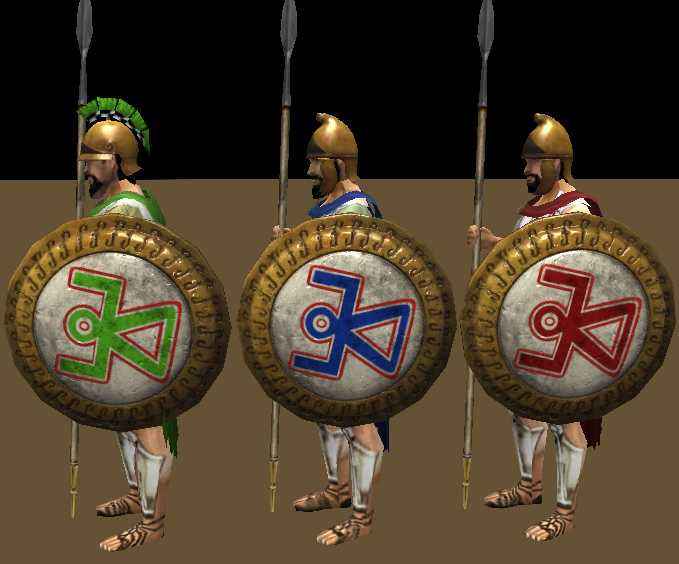
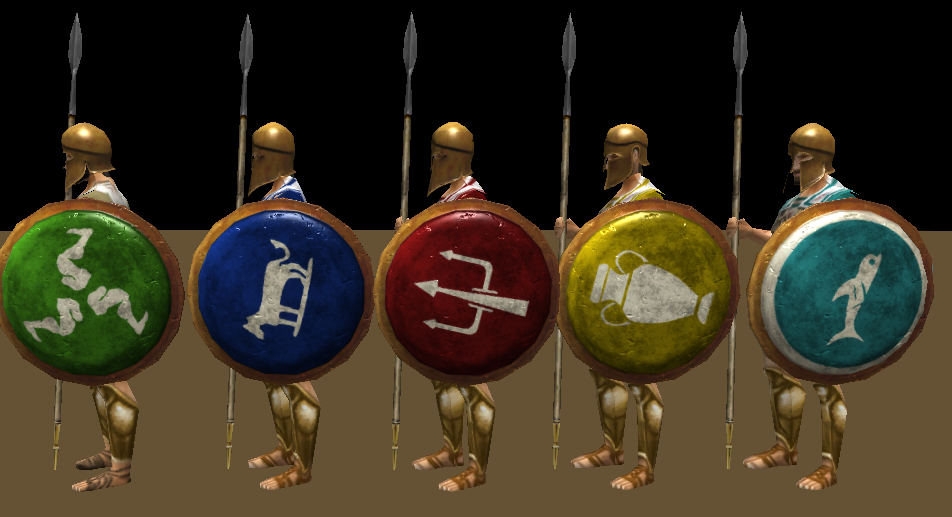
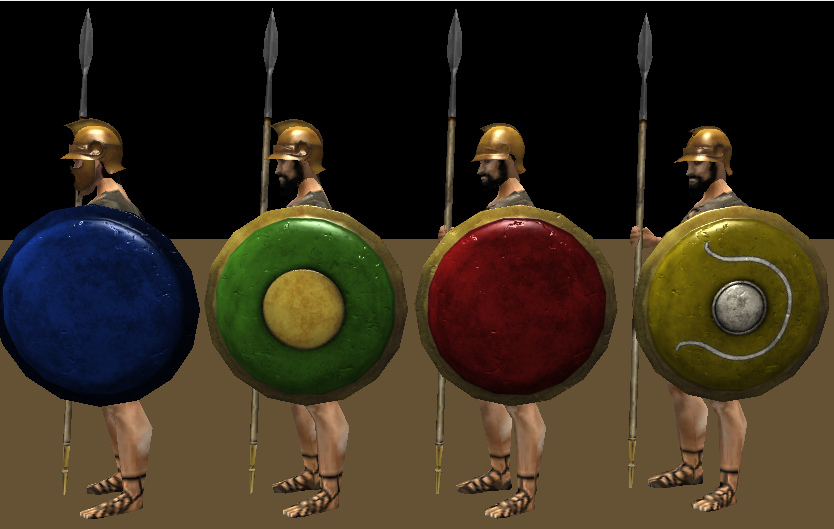
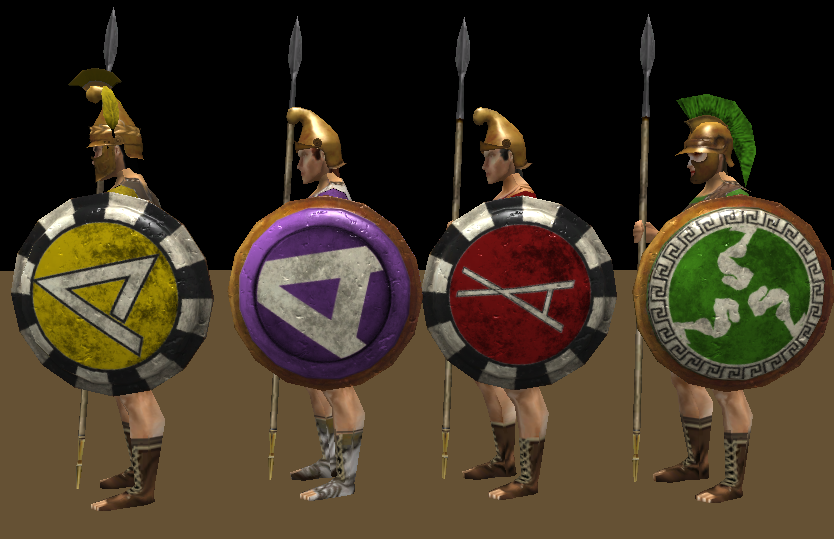

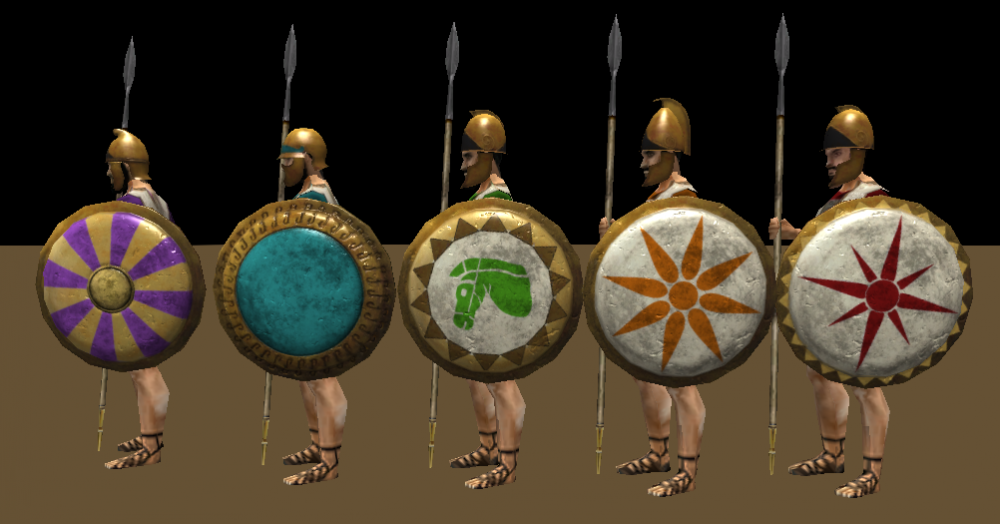
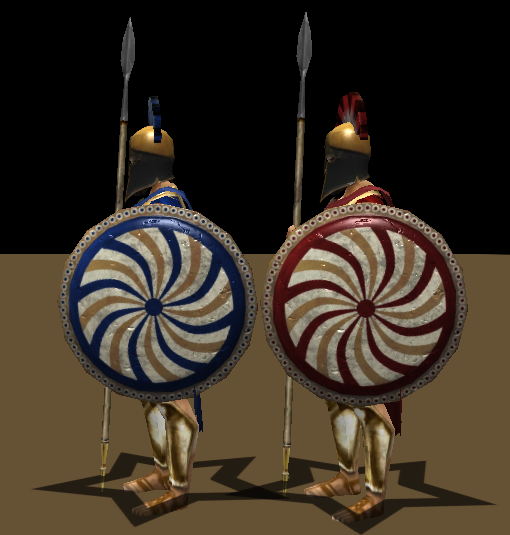
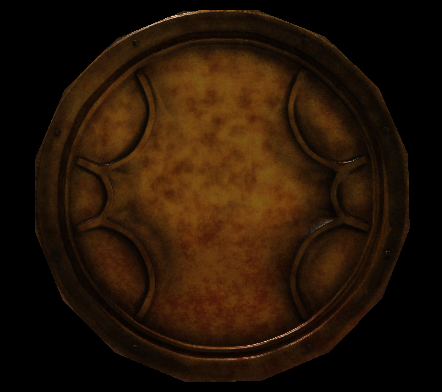
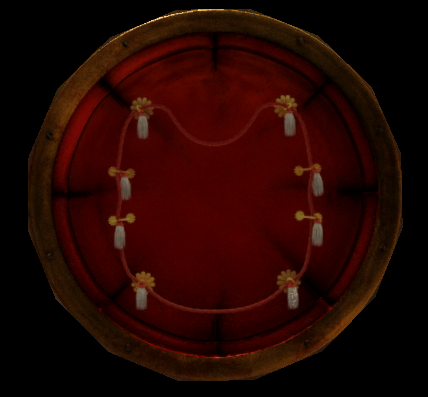
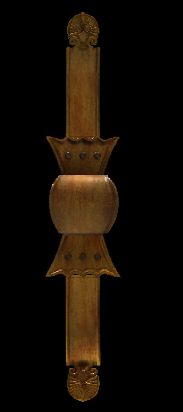
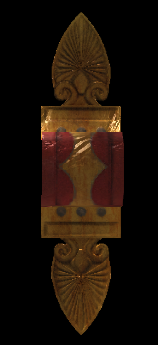
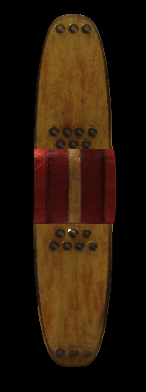
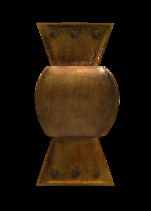

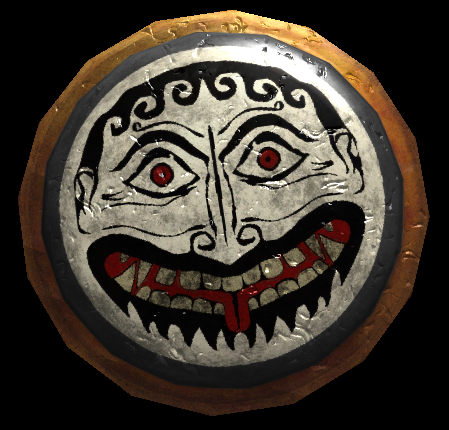
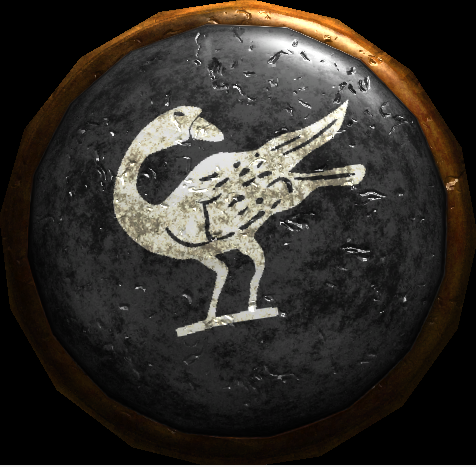
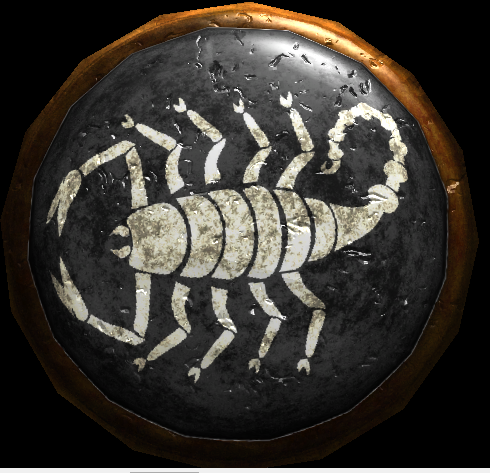
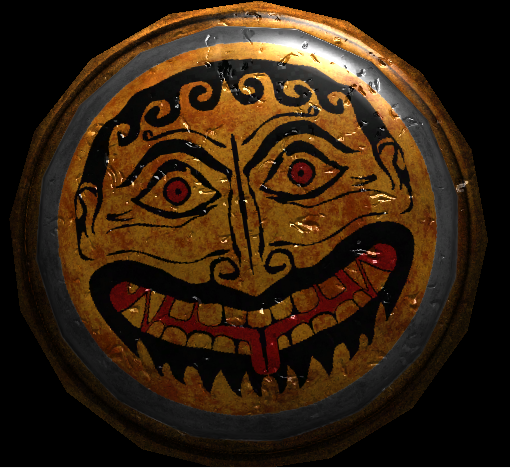
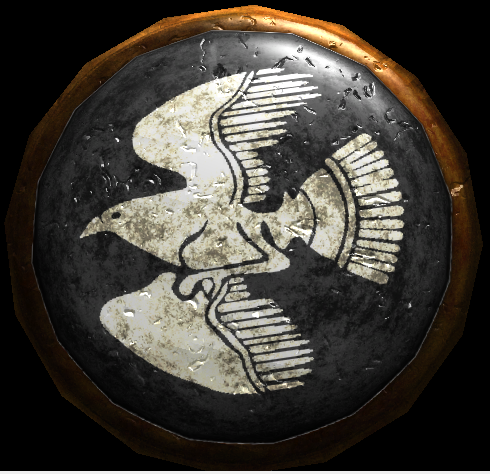
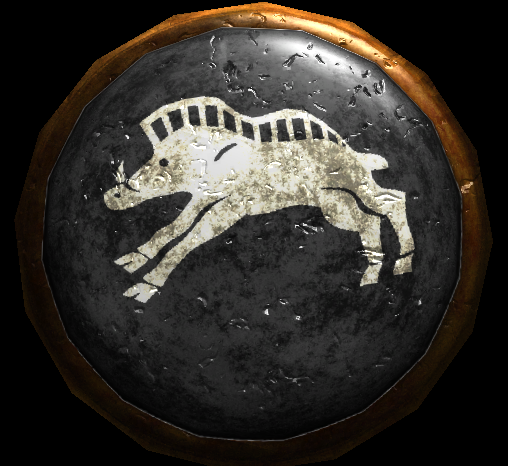
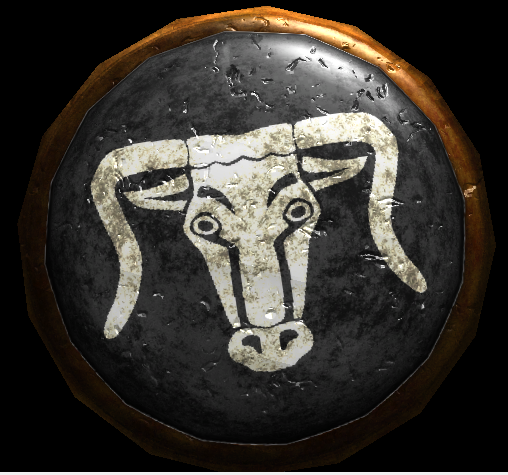
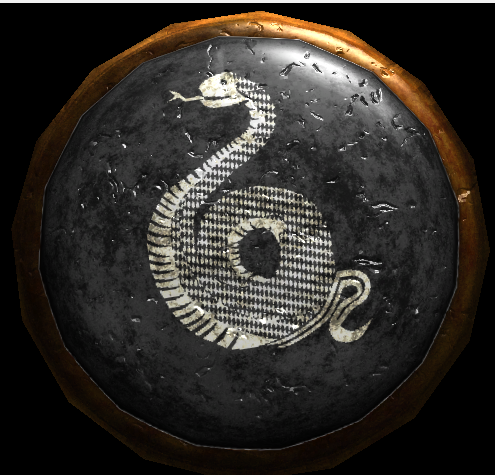
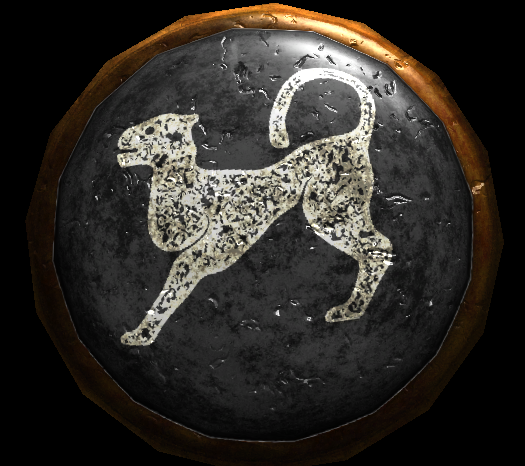
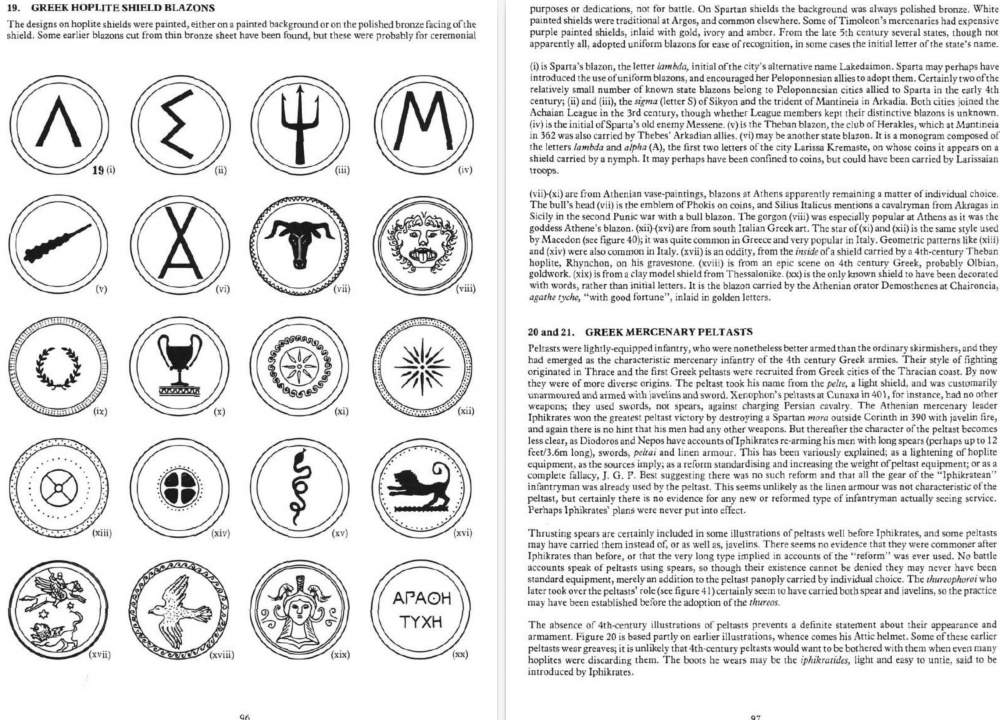
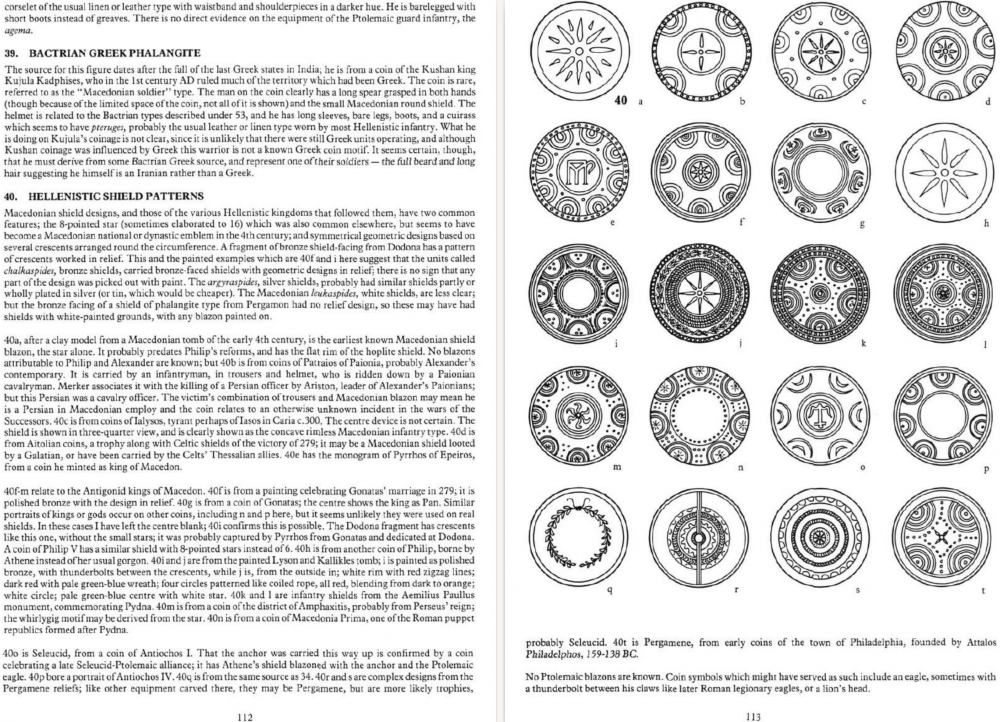
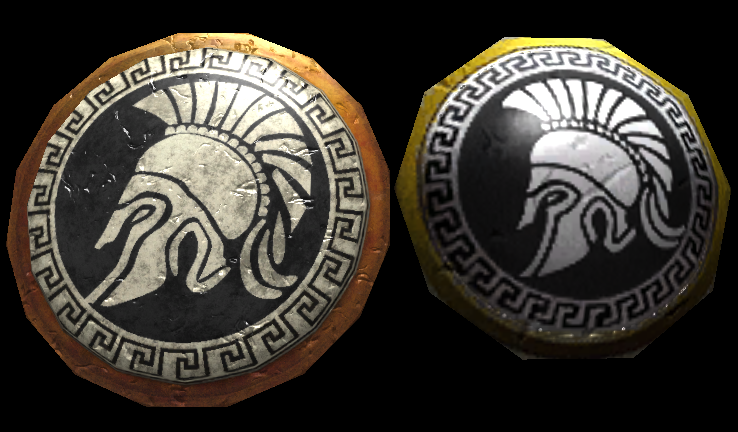
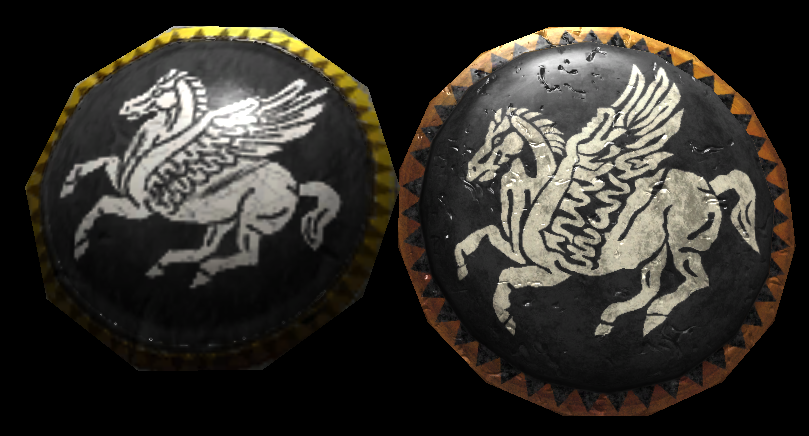
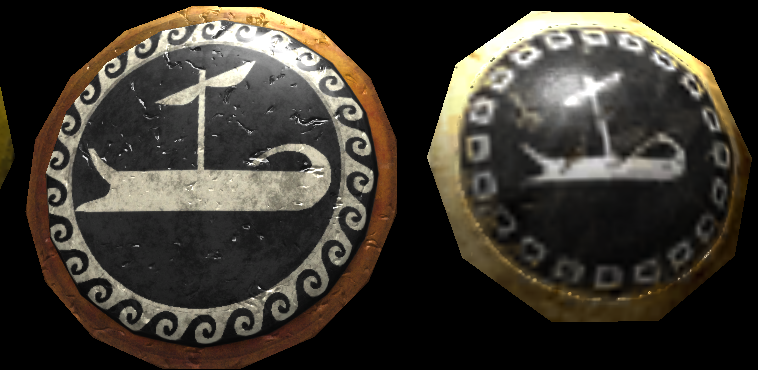
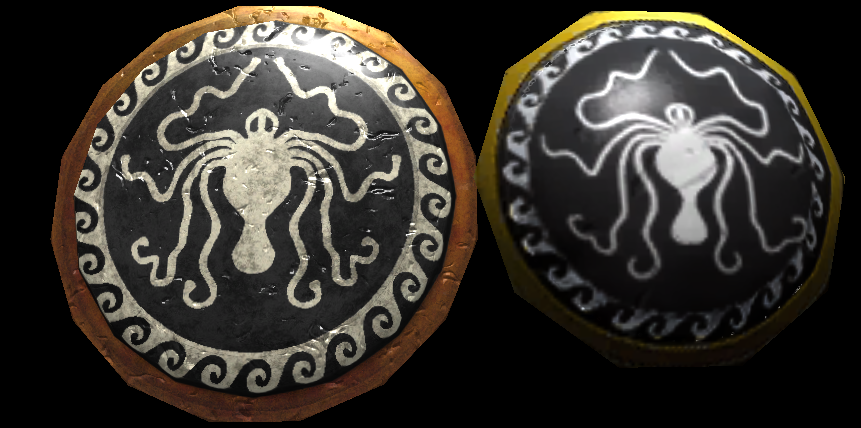
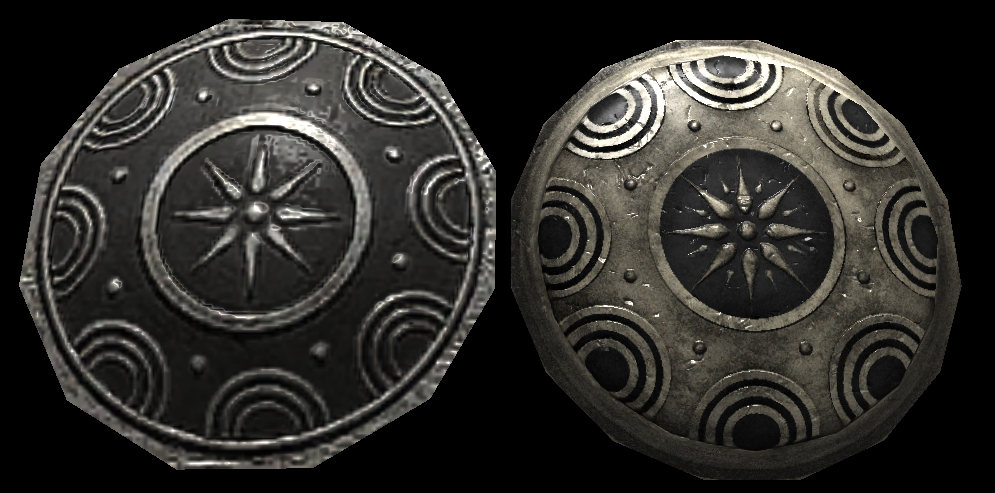
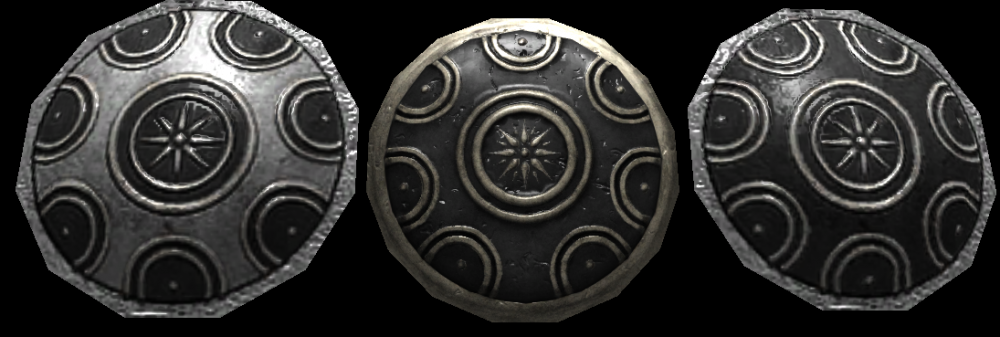
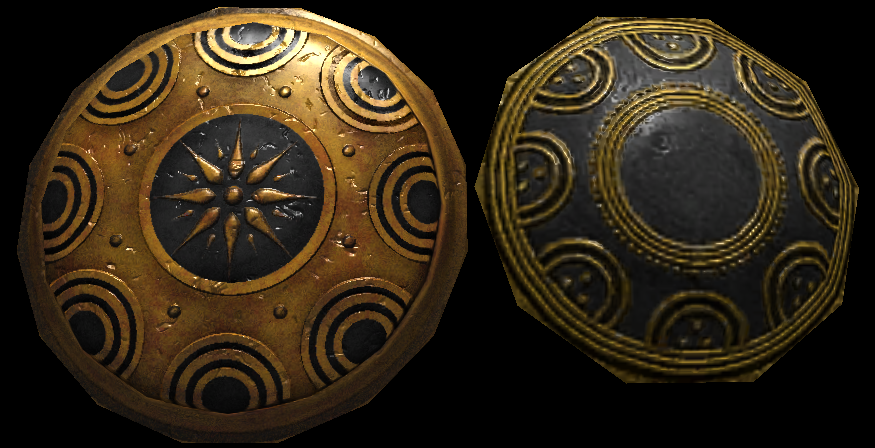
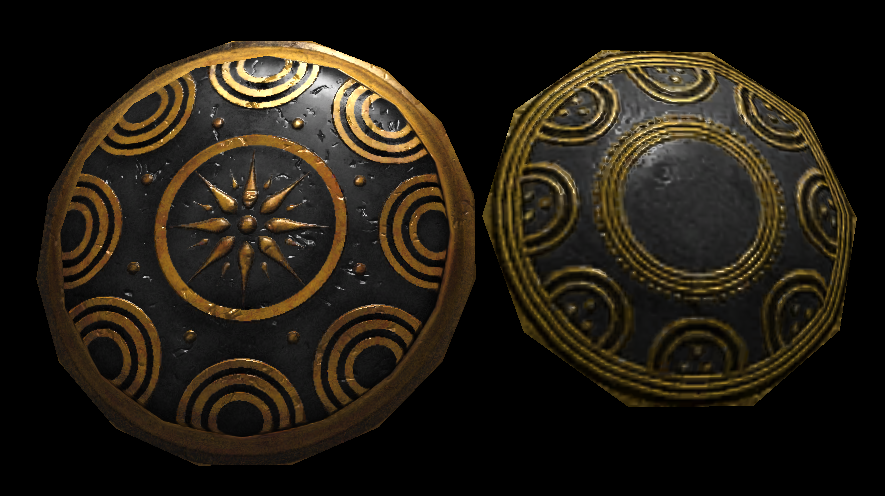
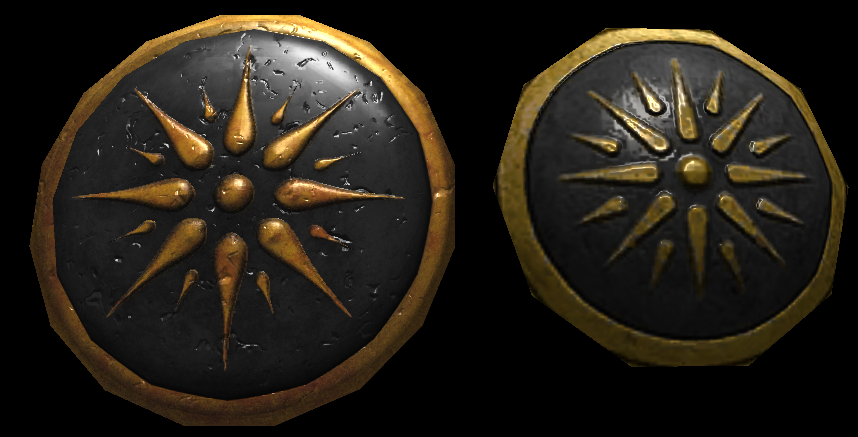
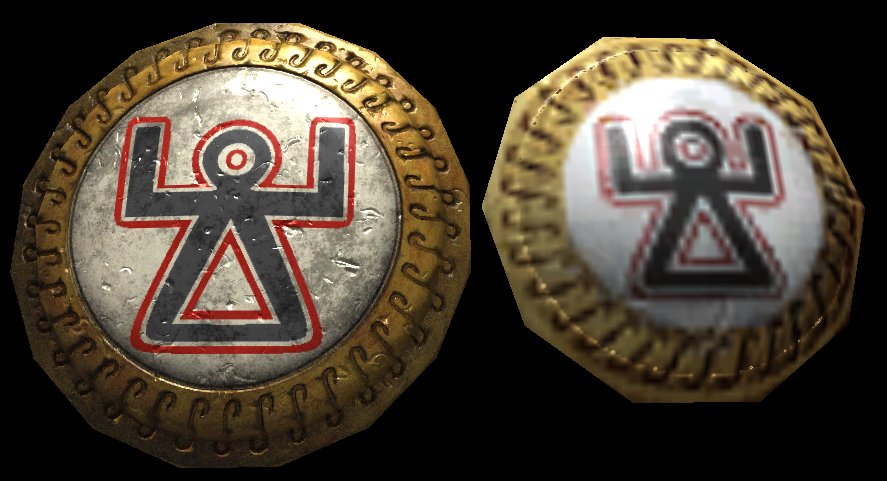
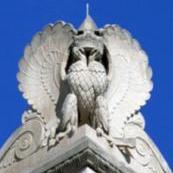
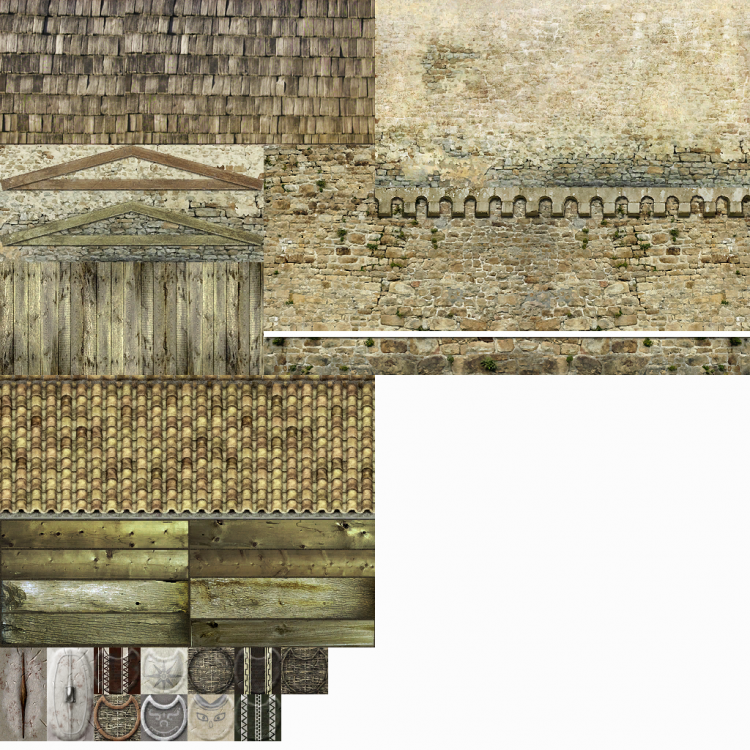
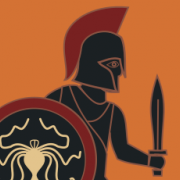
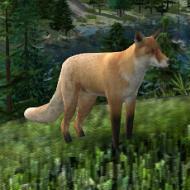
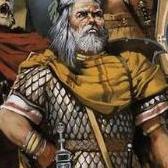
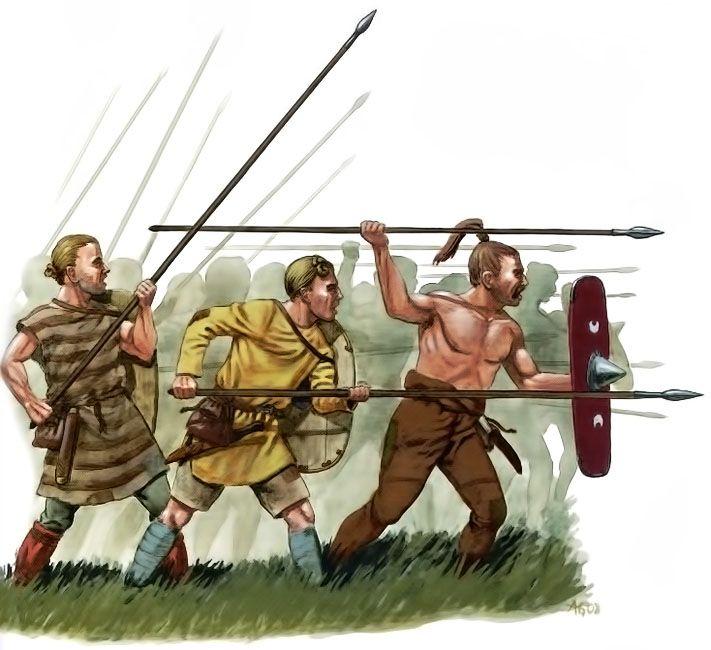


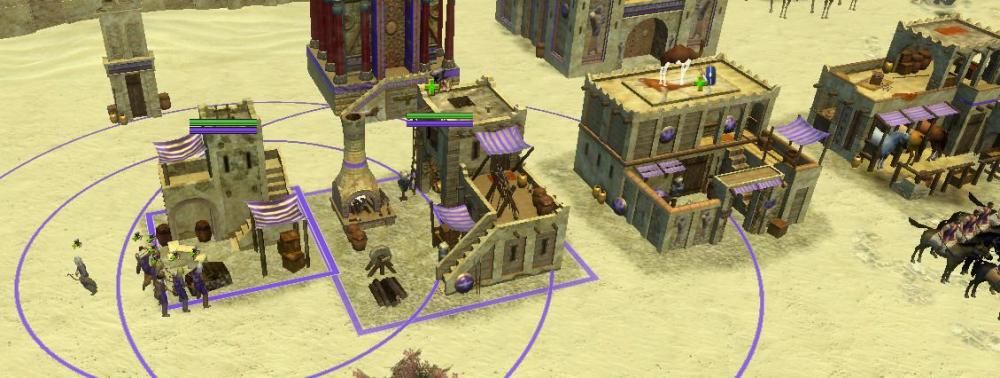
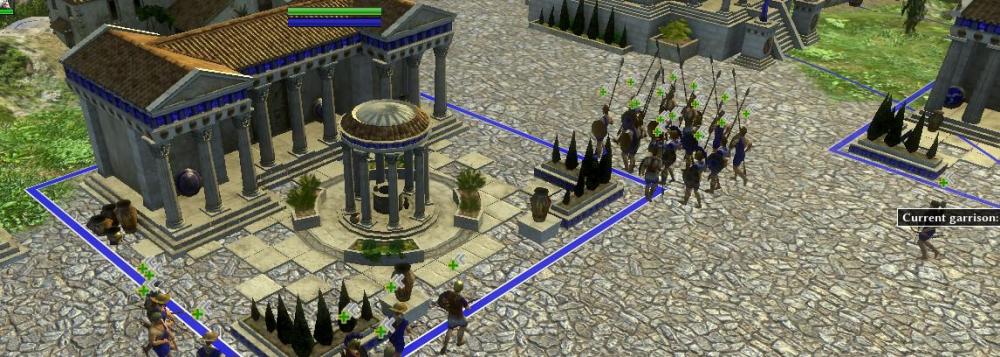
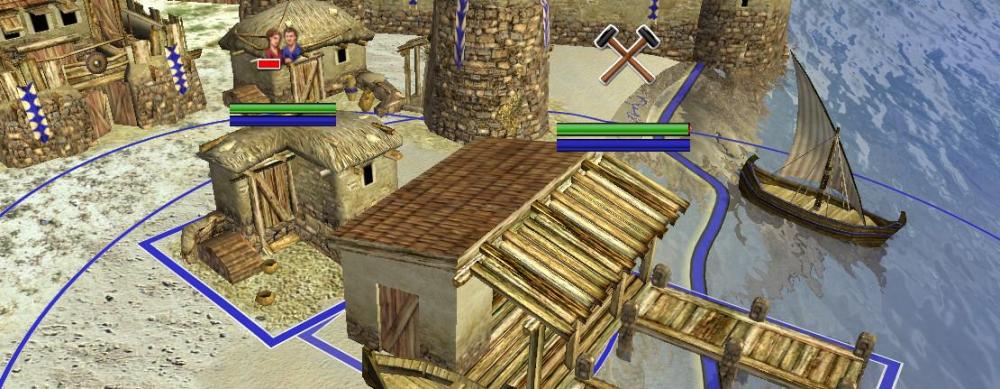
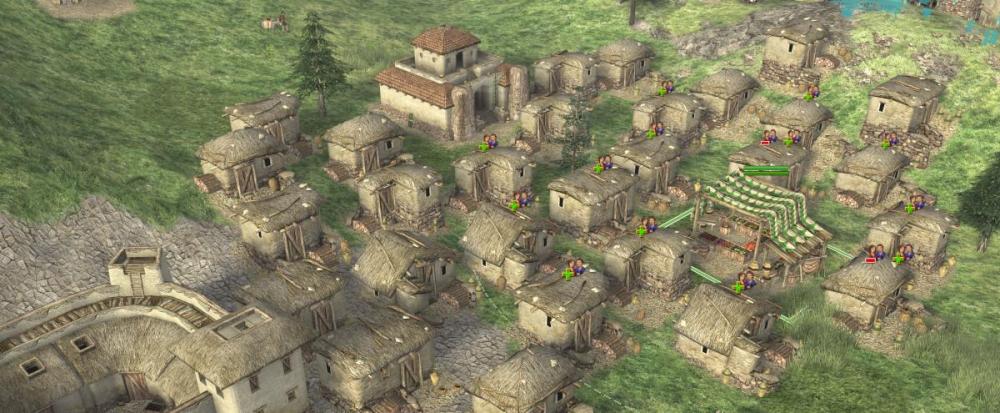

.thumb.png.ce58cea22940c255f5b0a735d5abee36.png)

.thumb.jpg.b21ca1d0c15fb56b42c39b25a0a40815.jpg)
